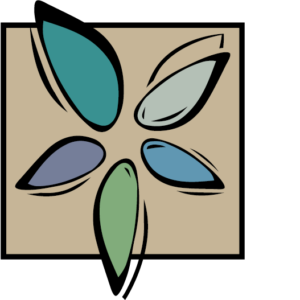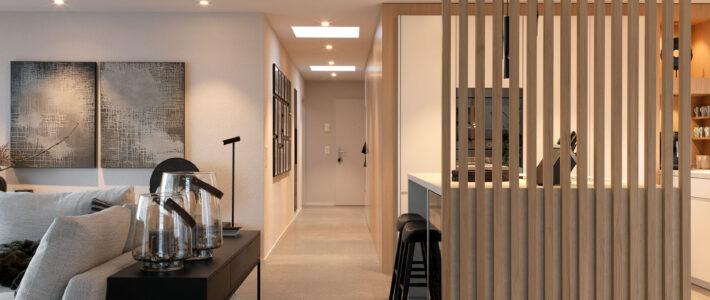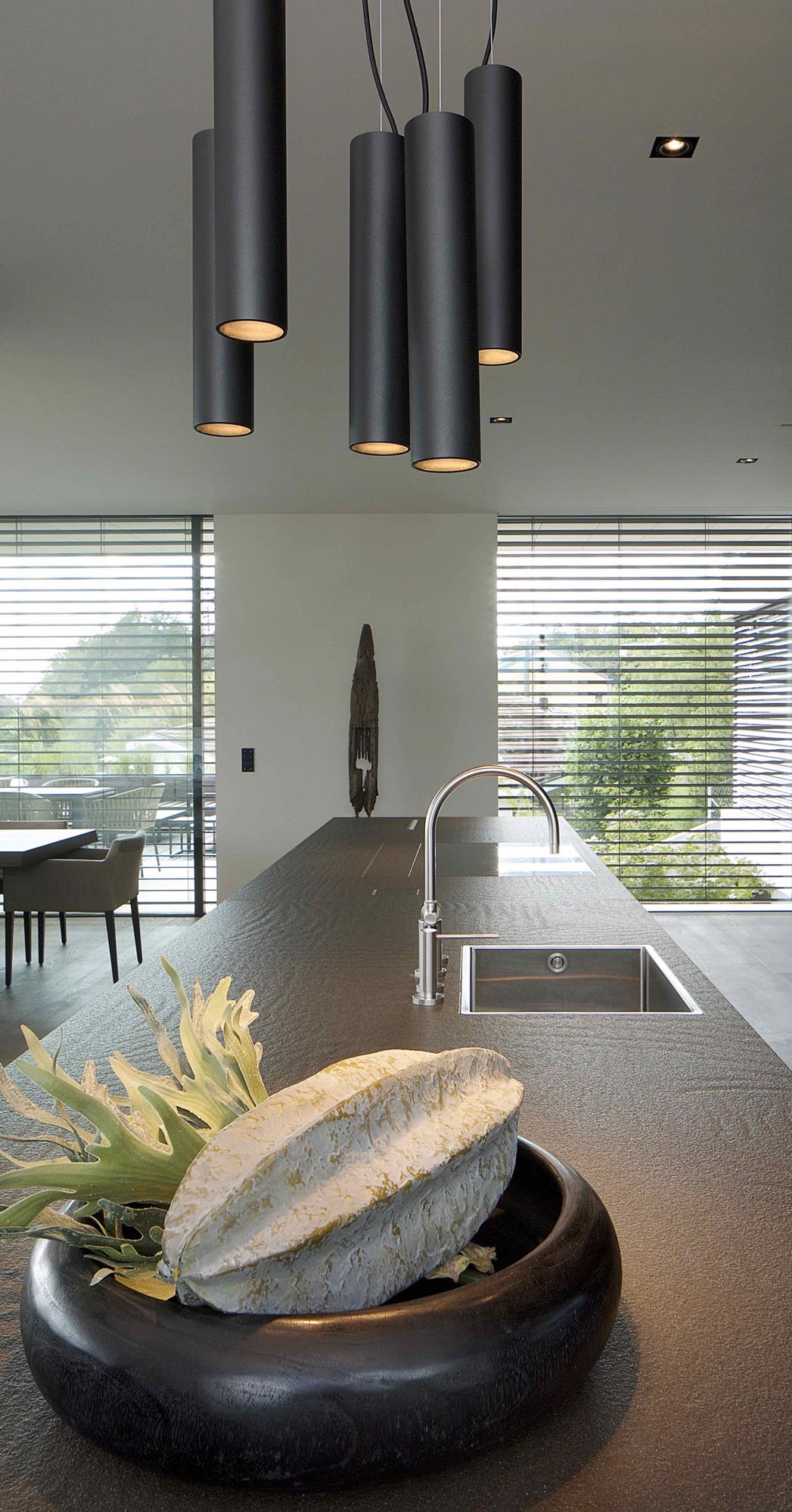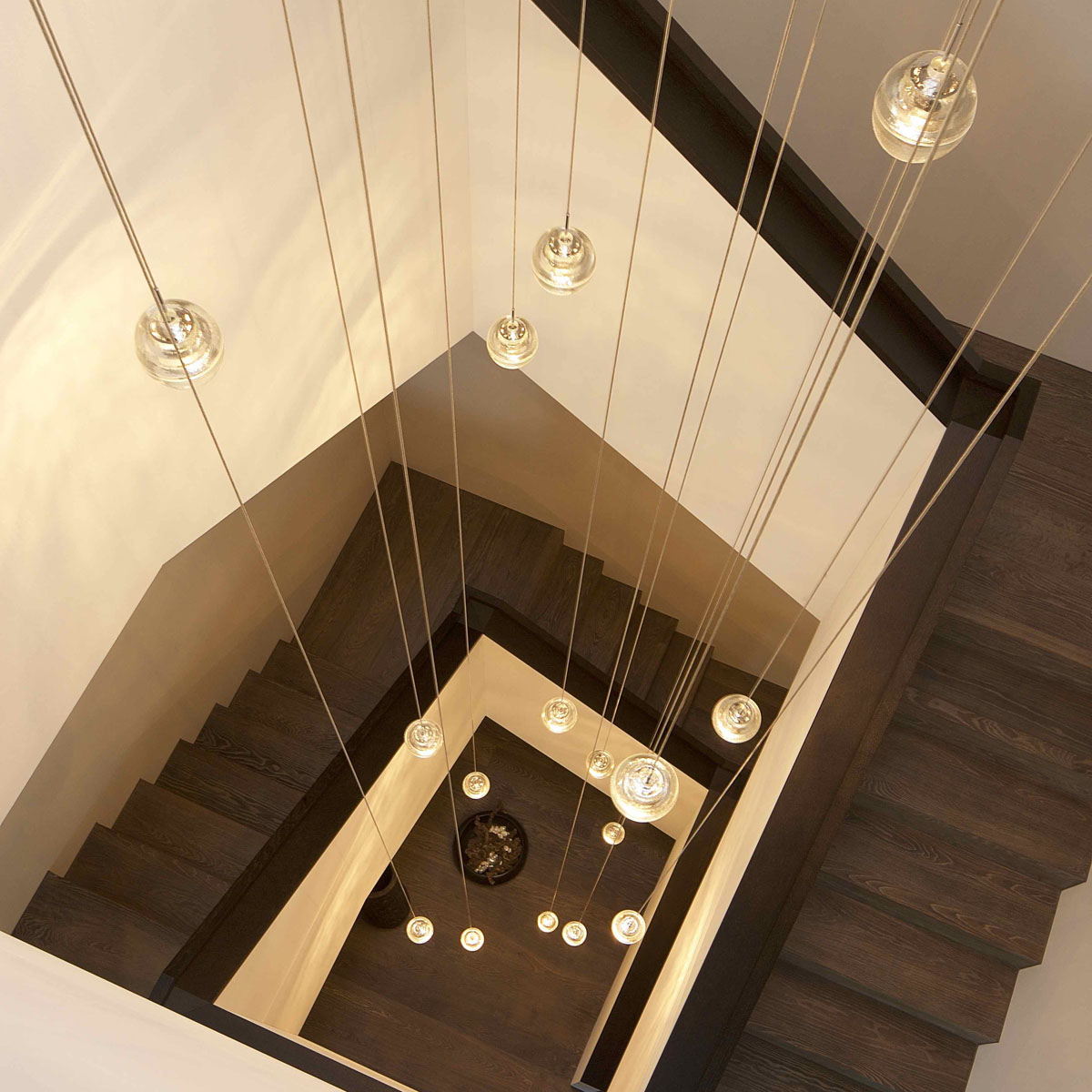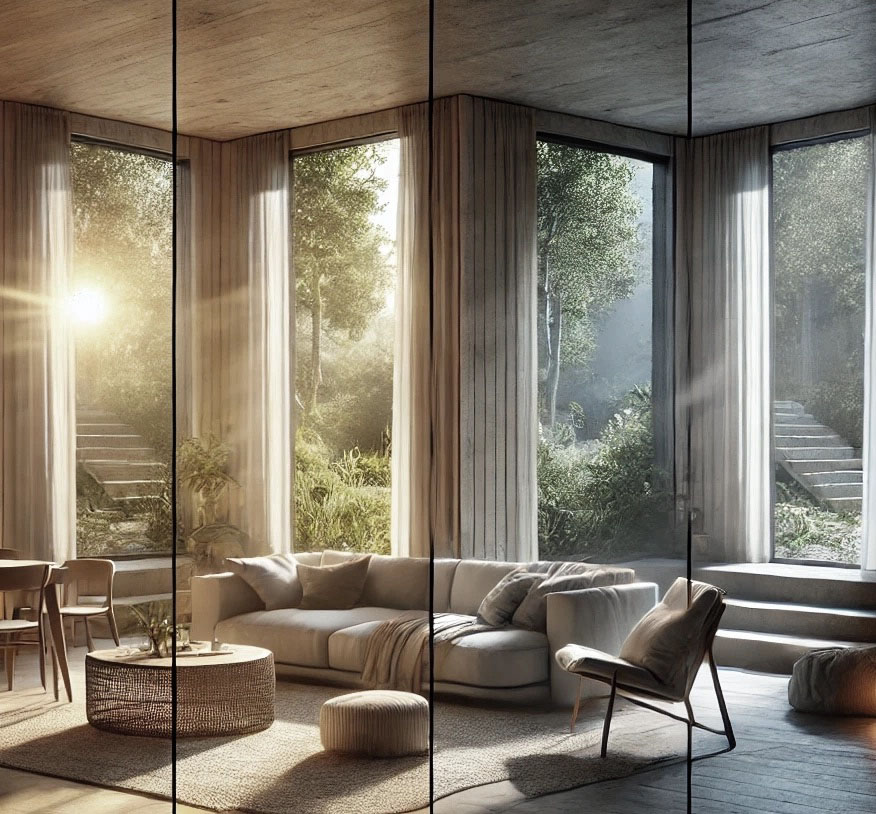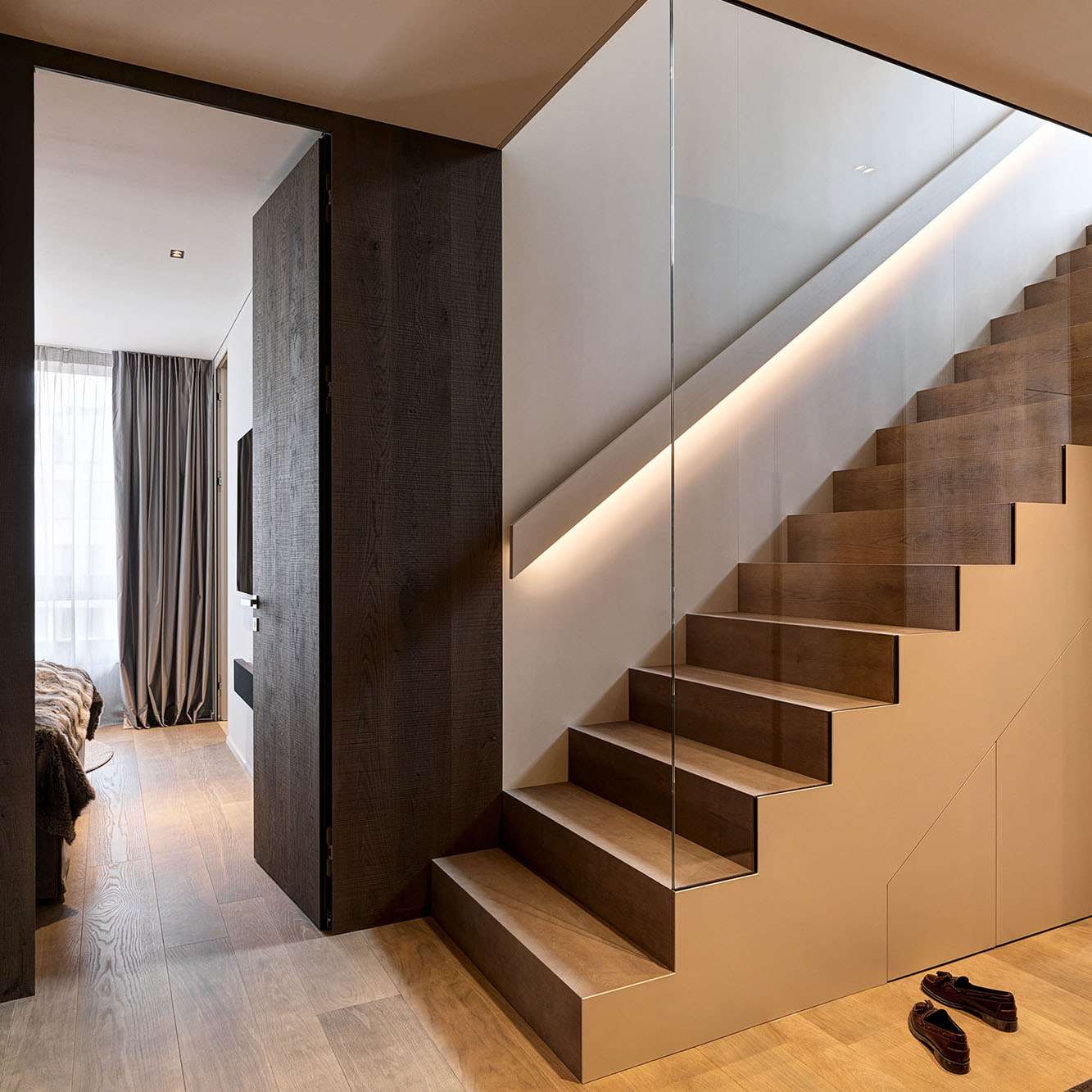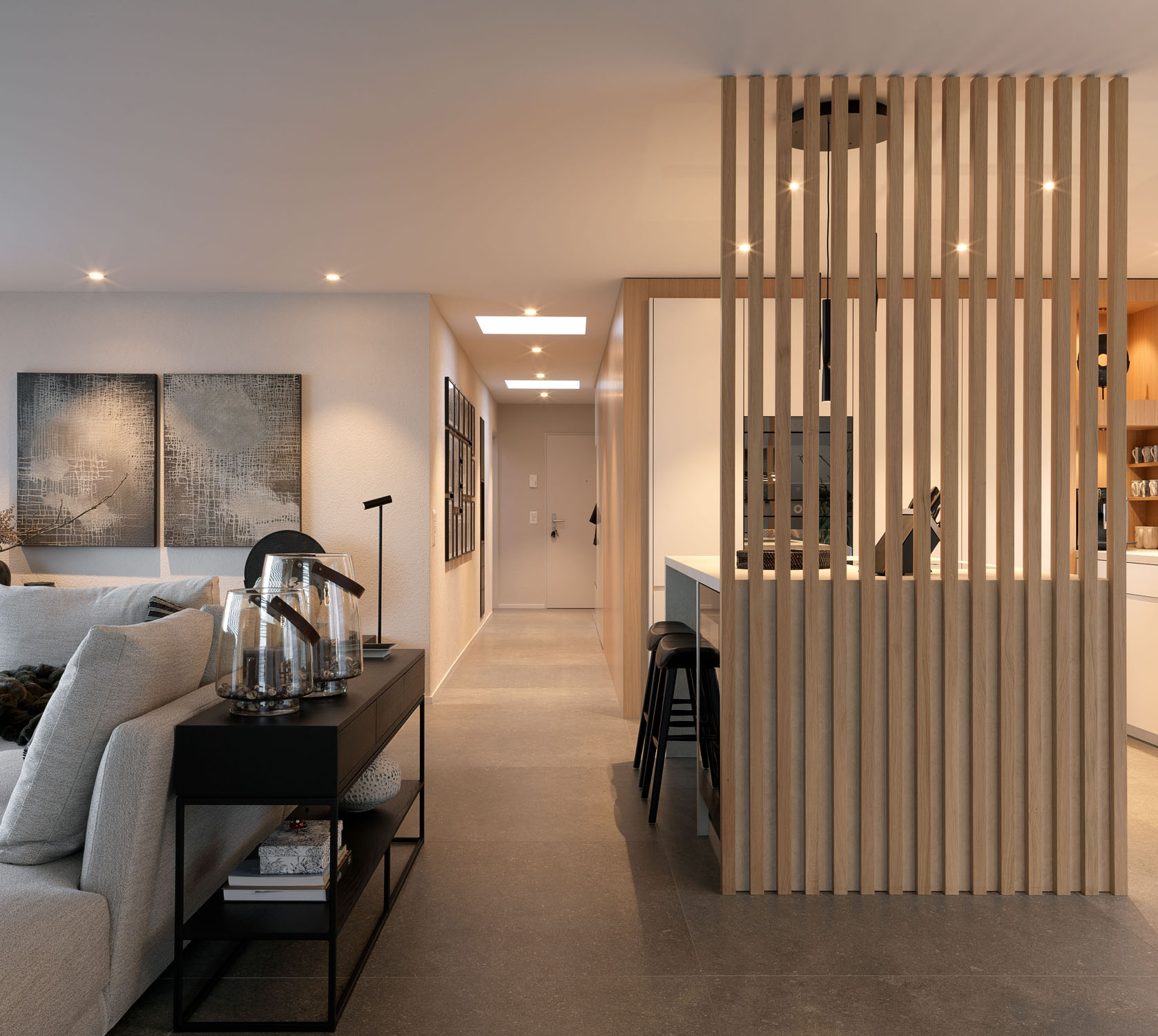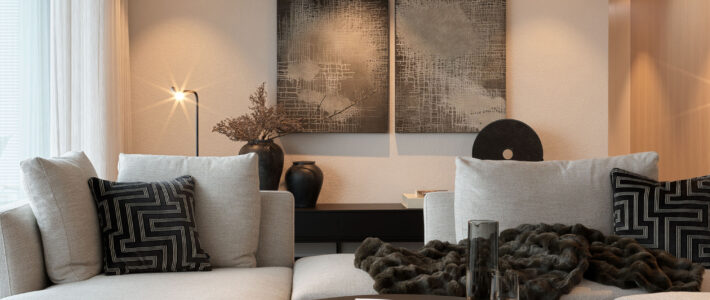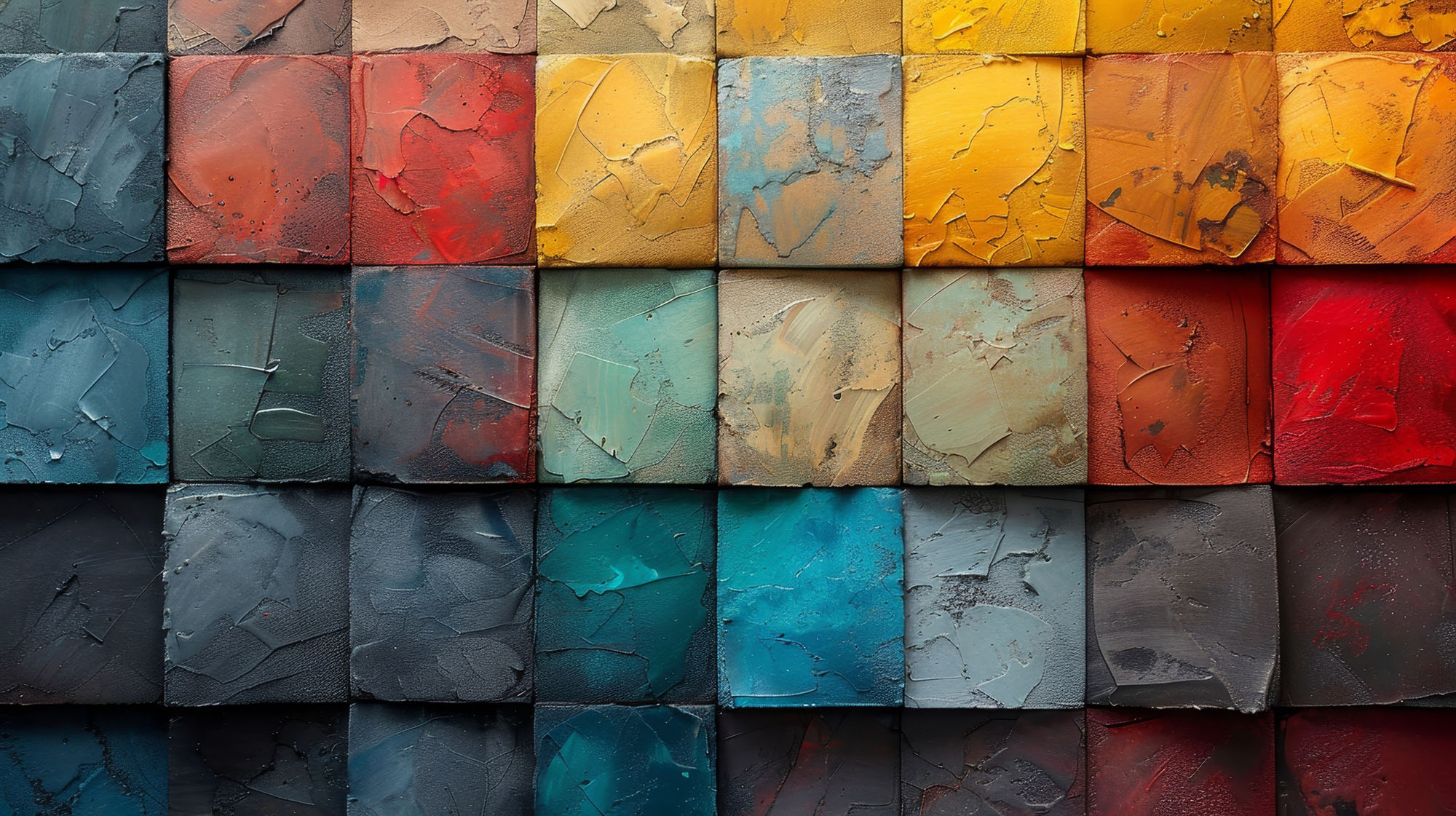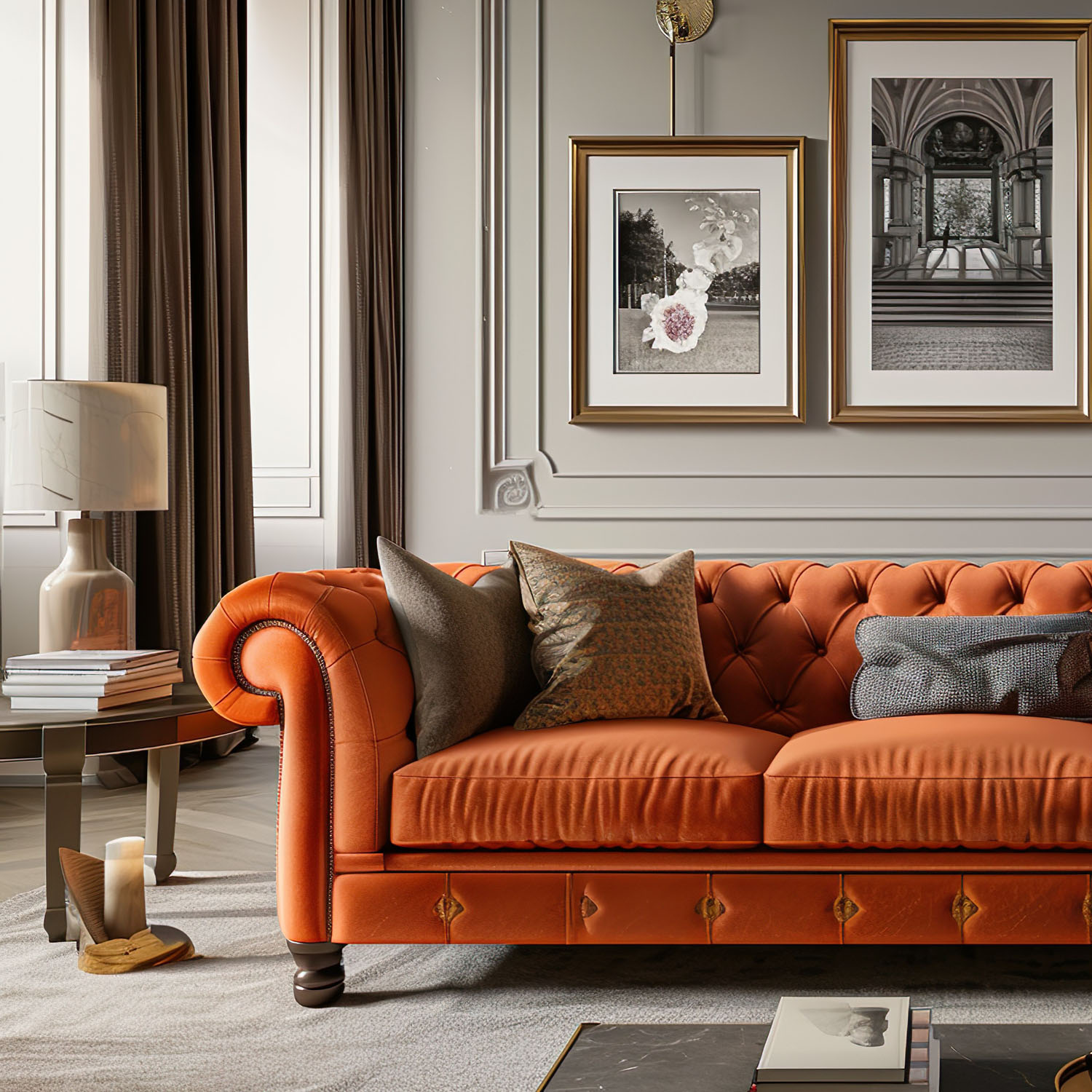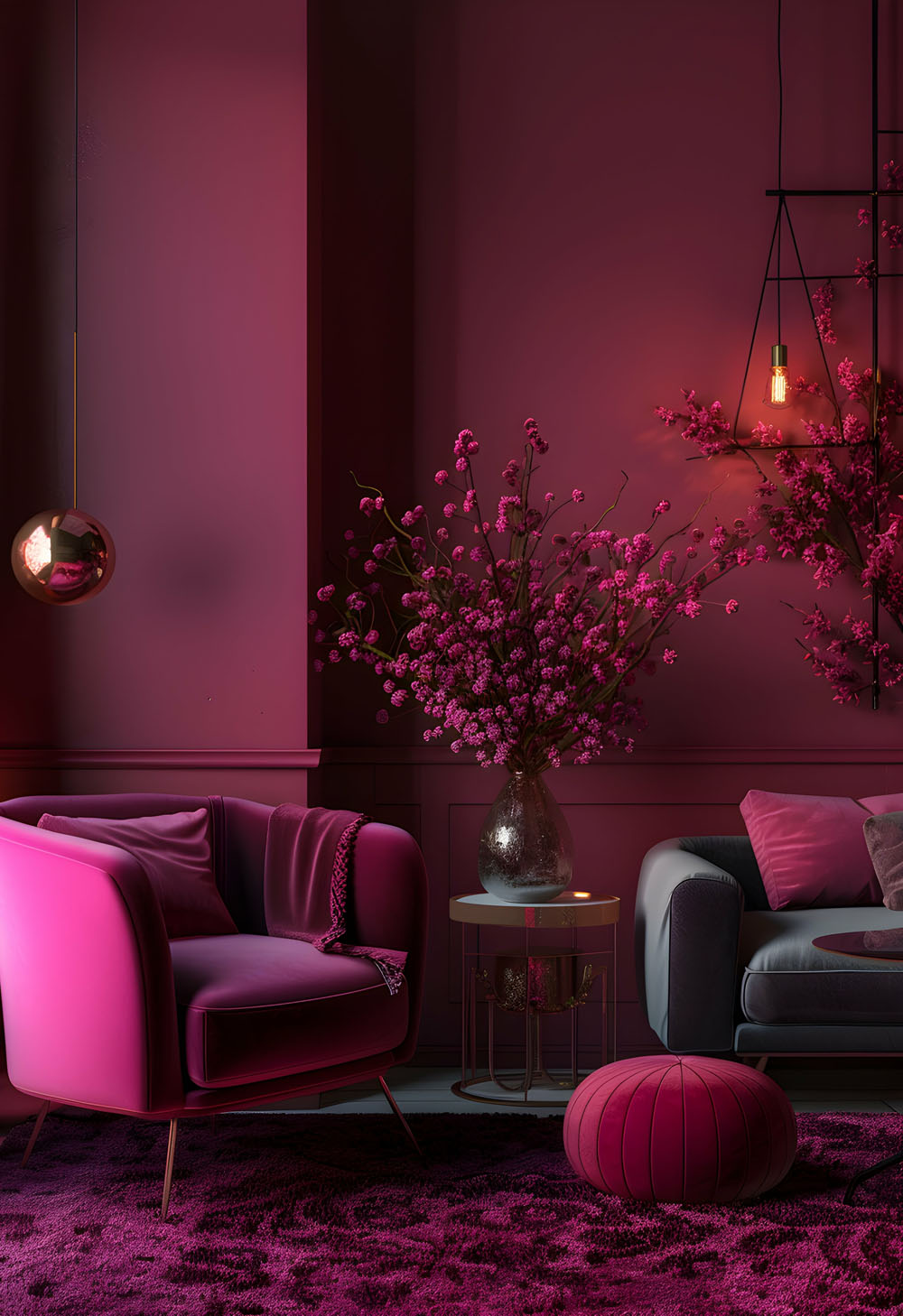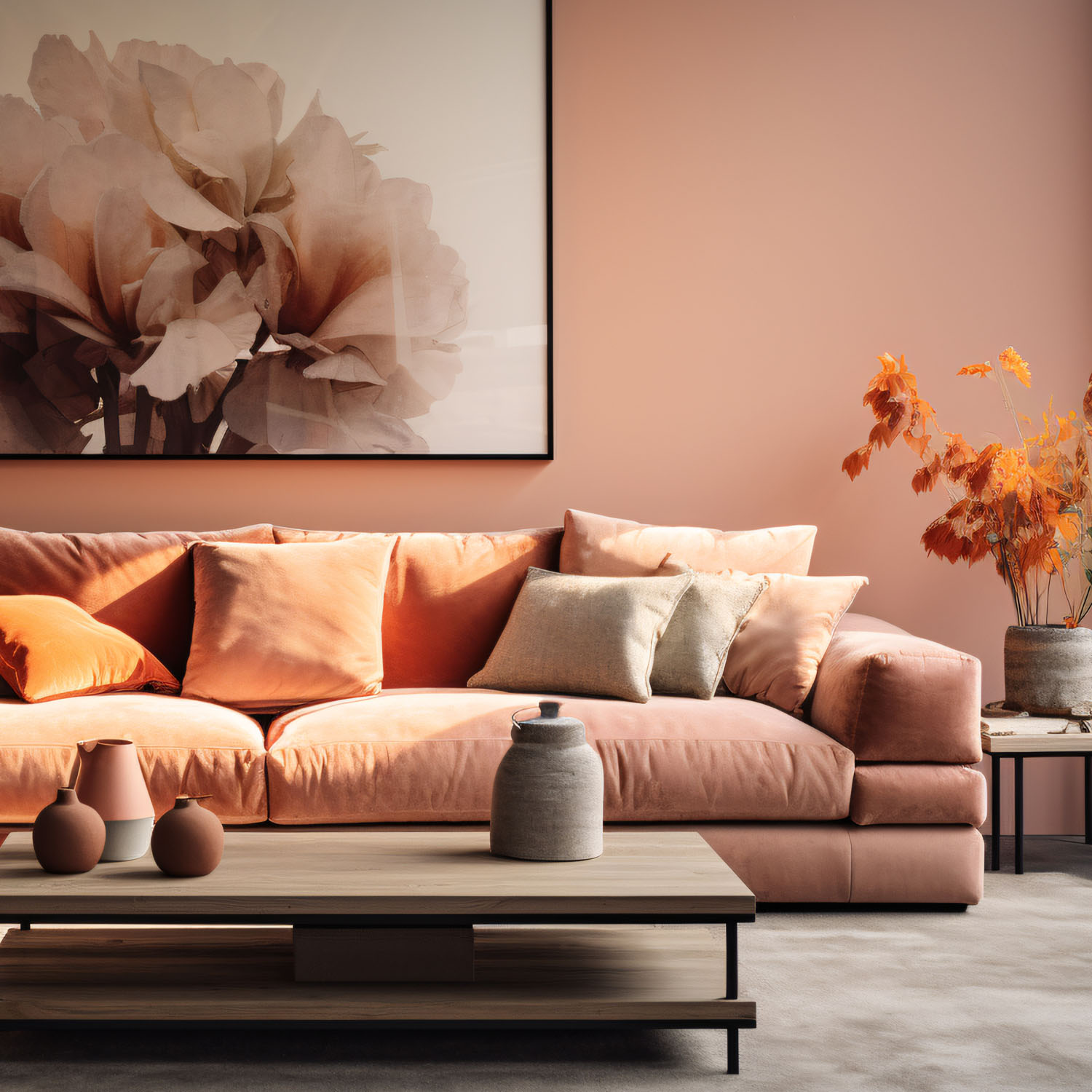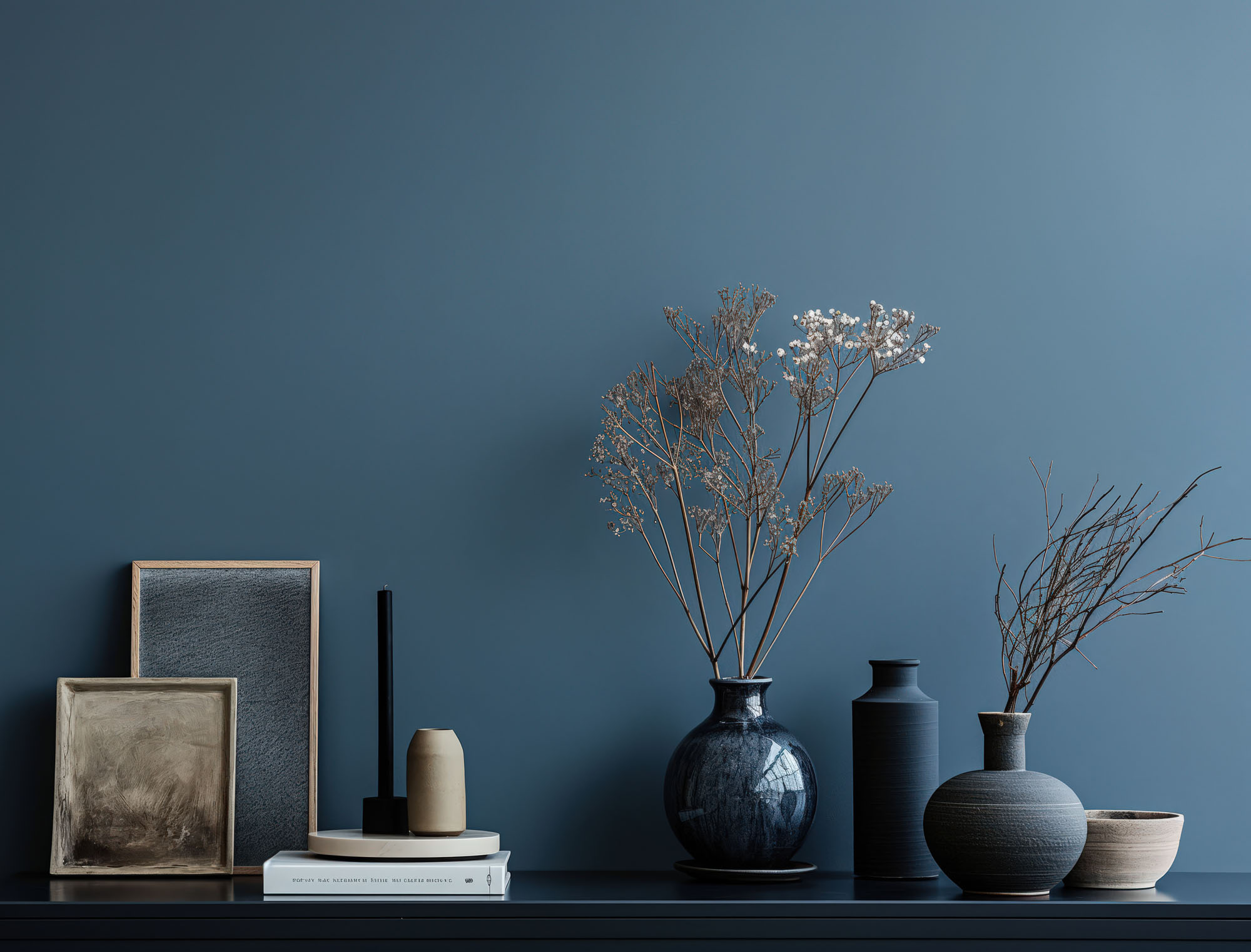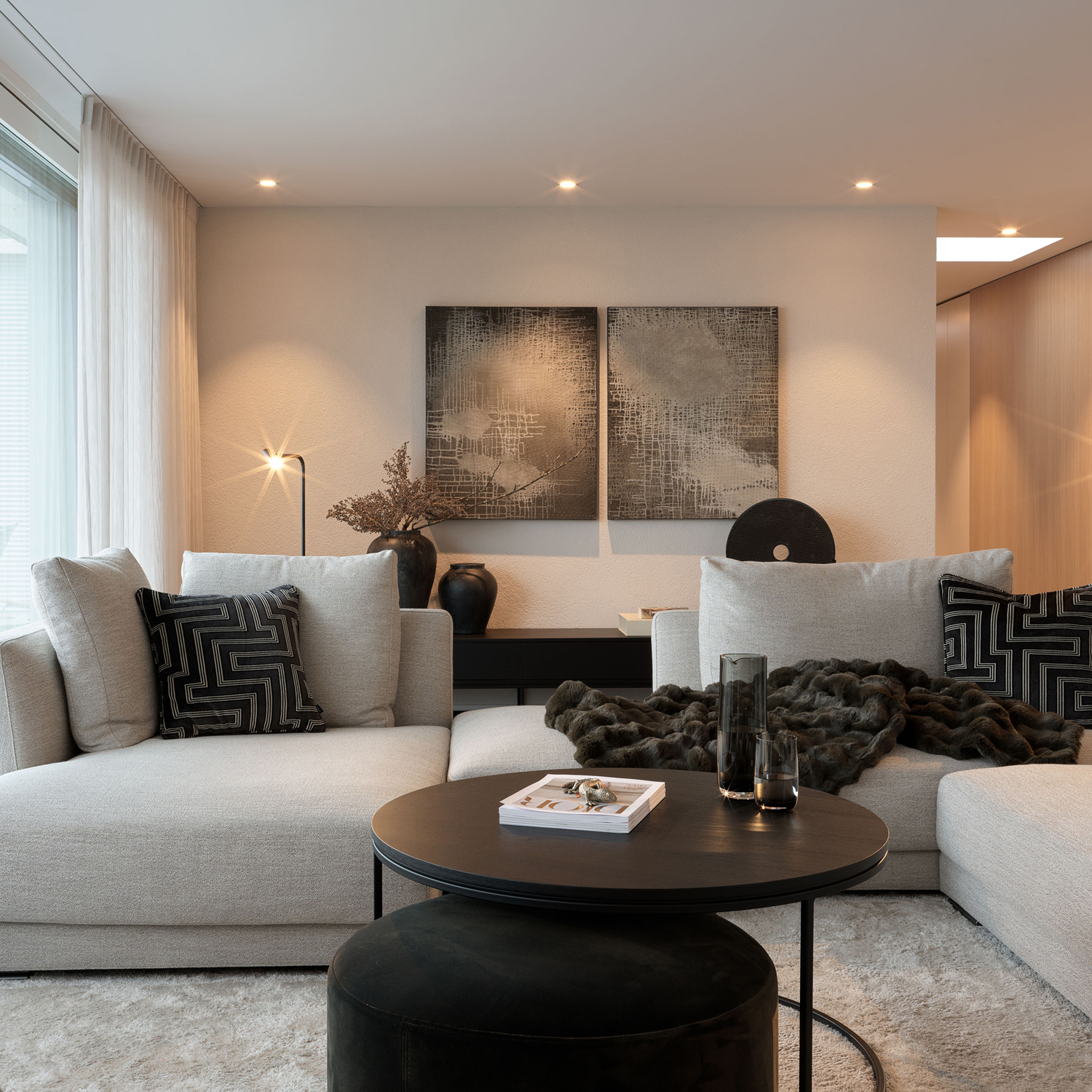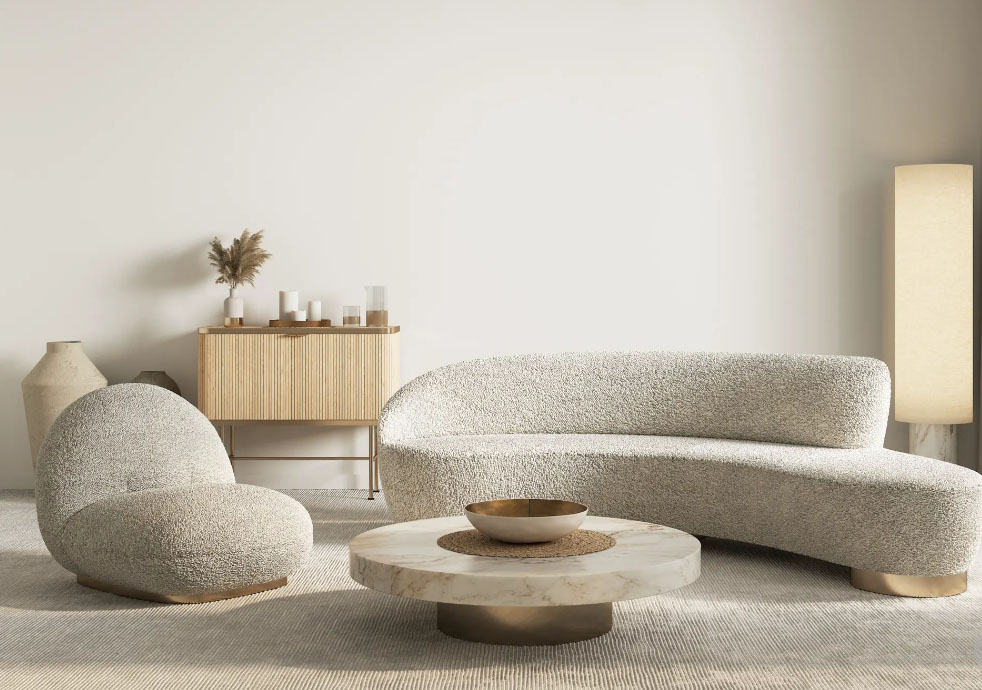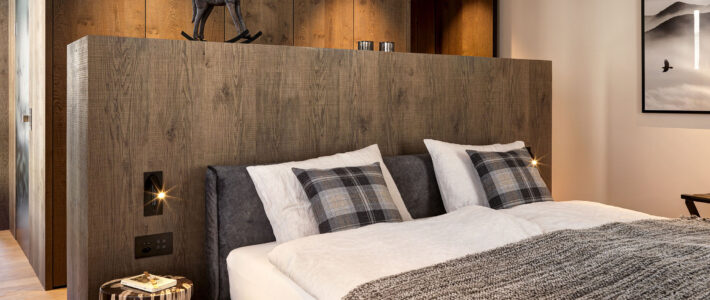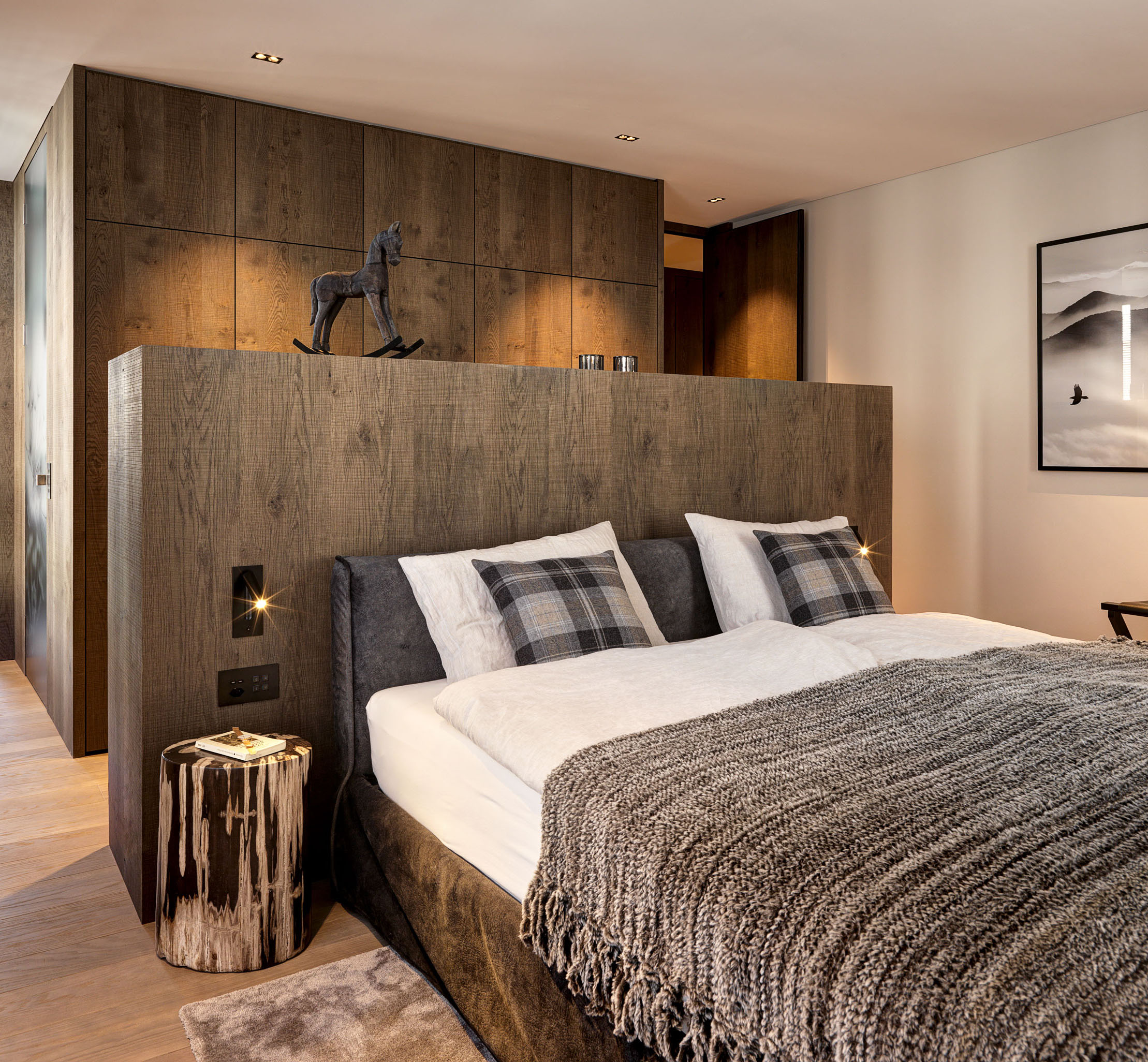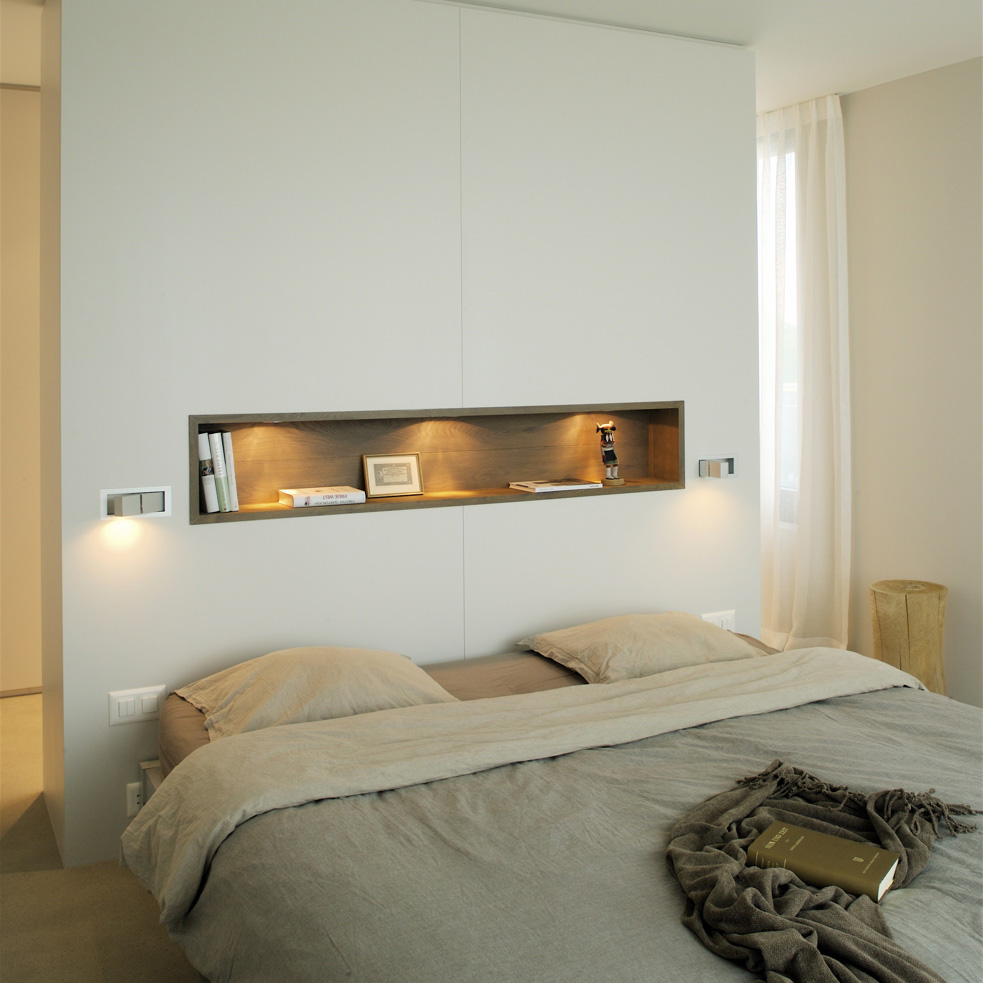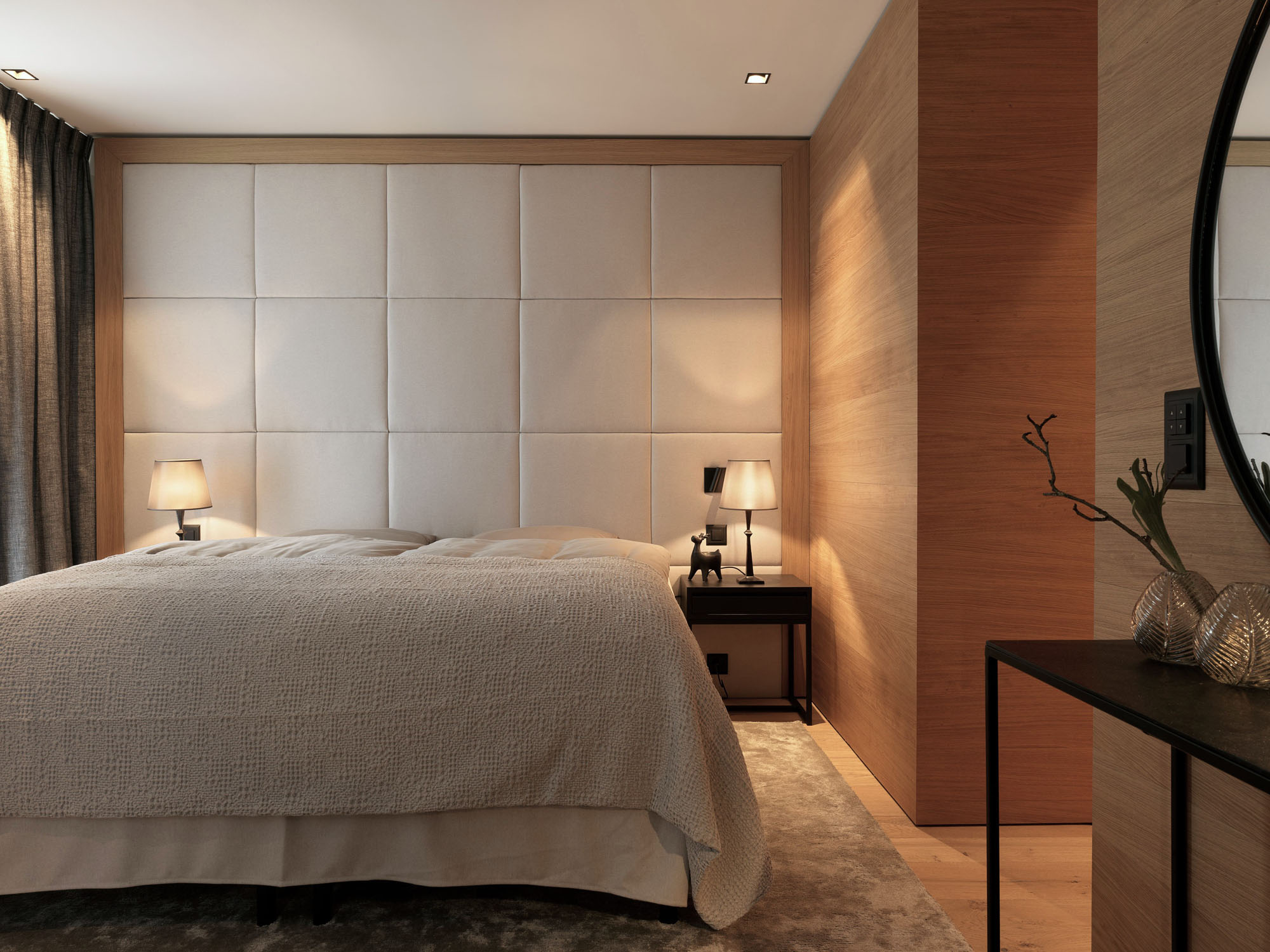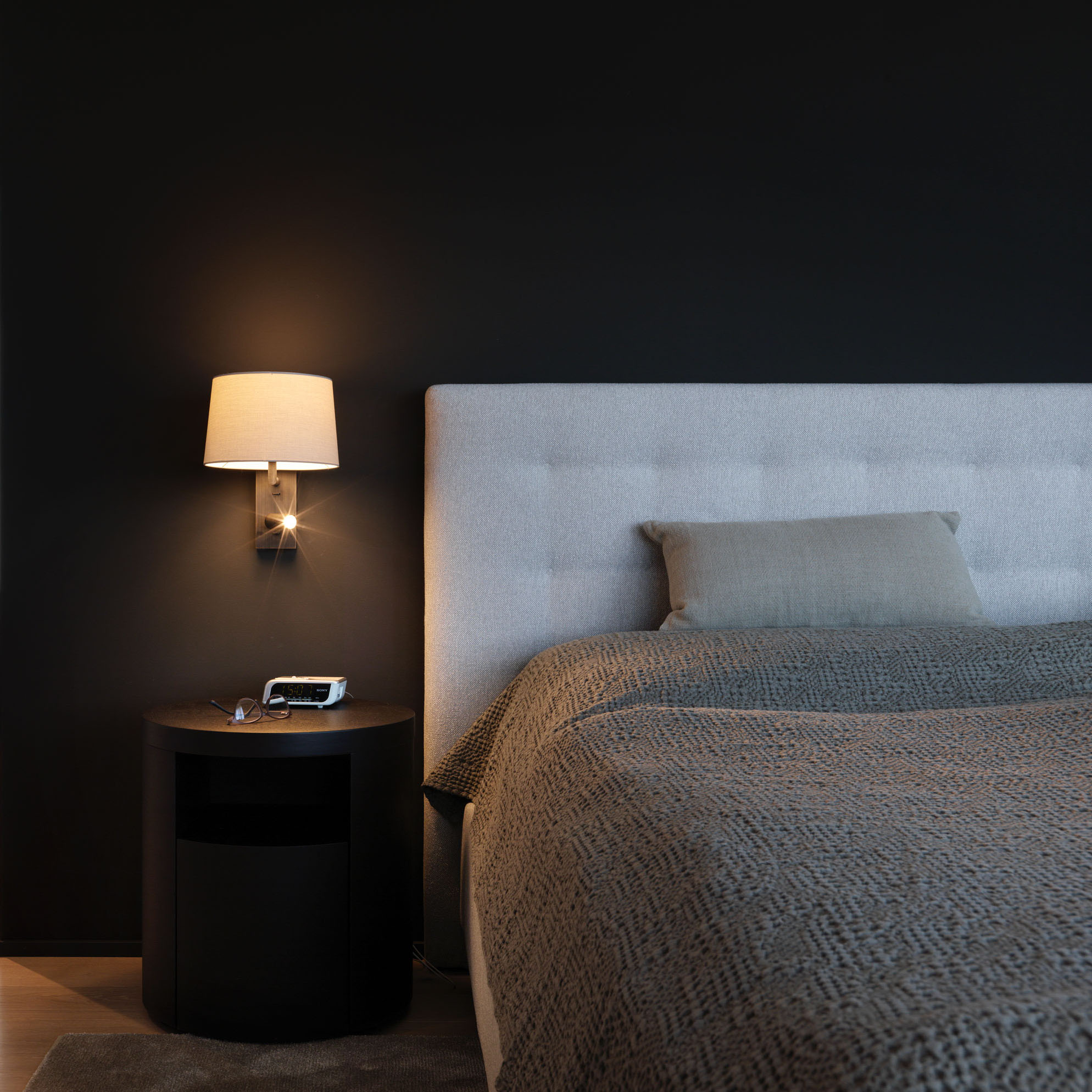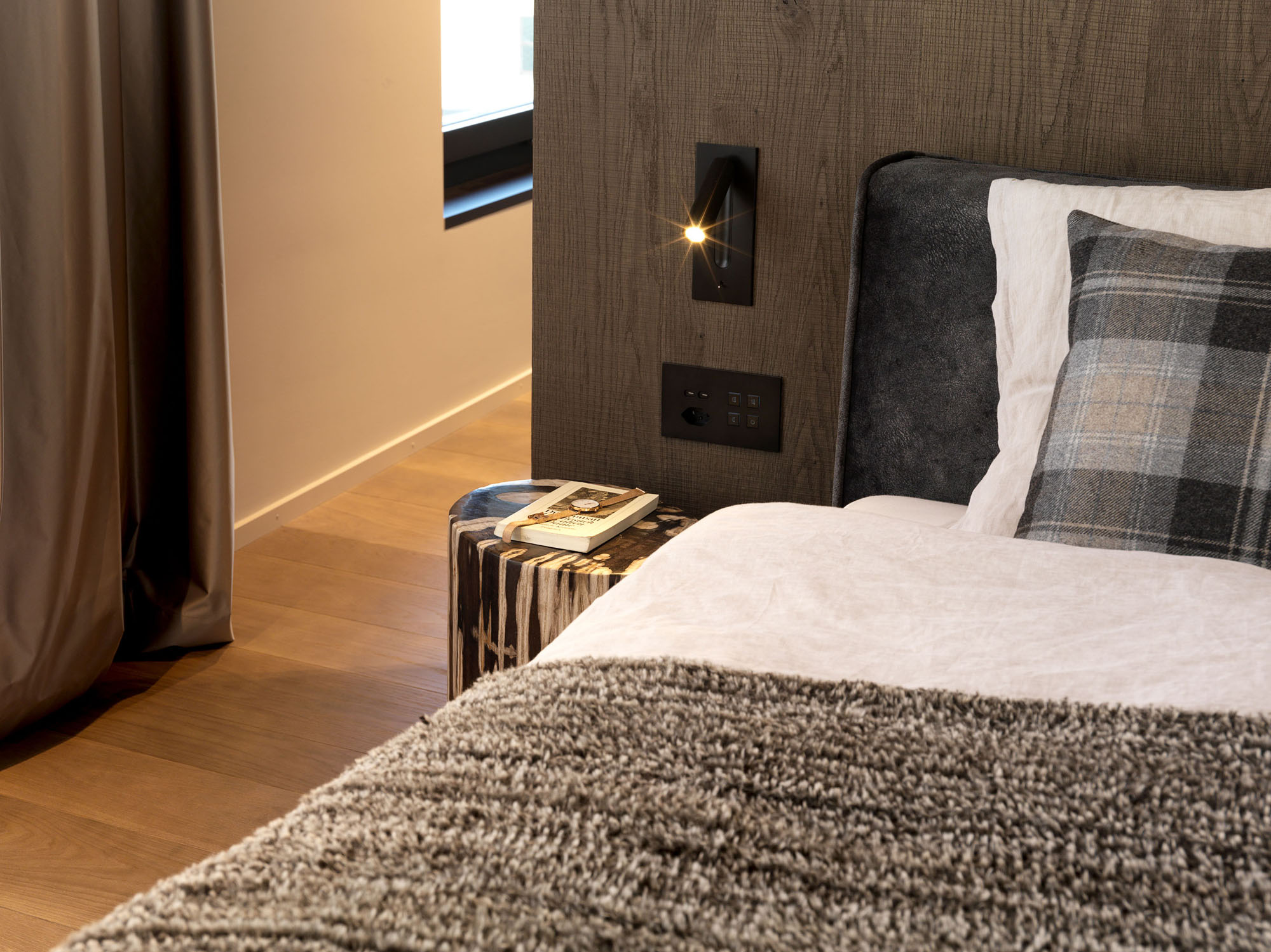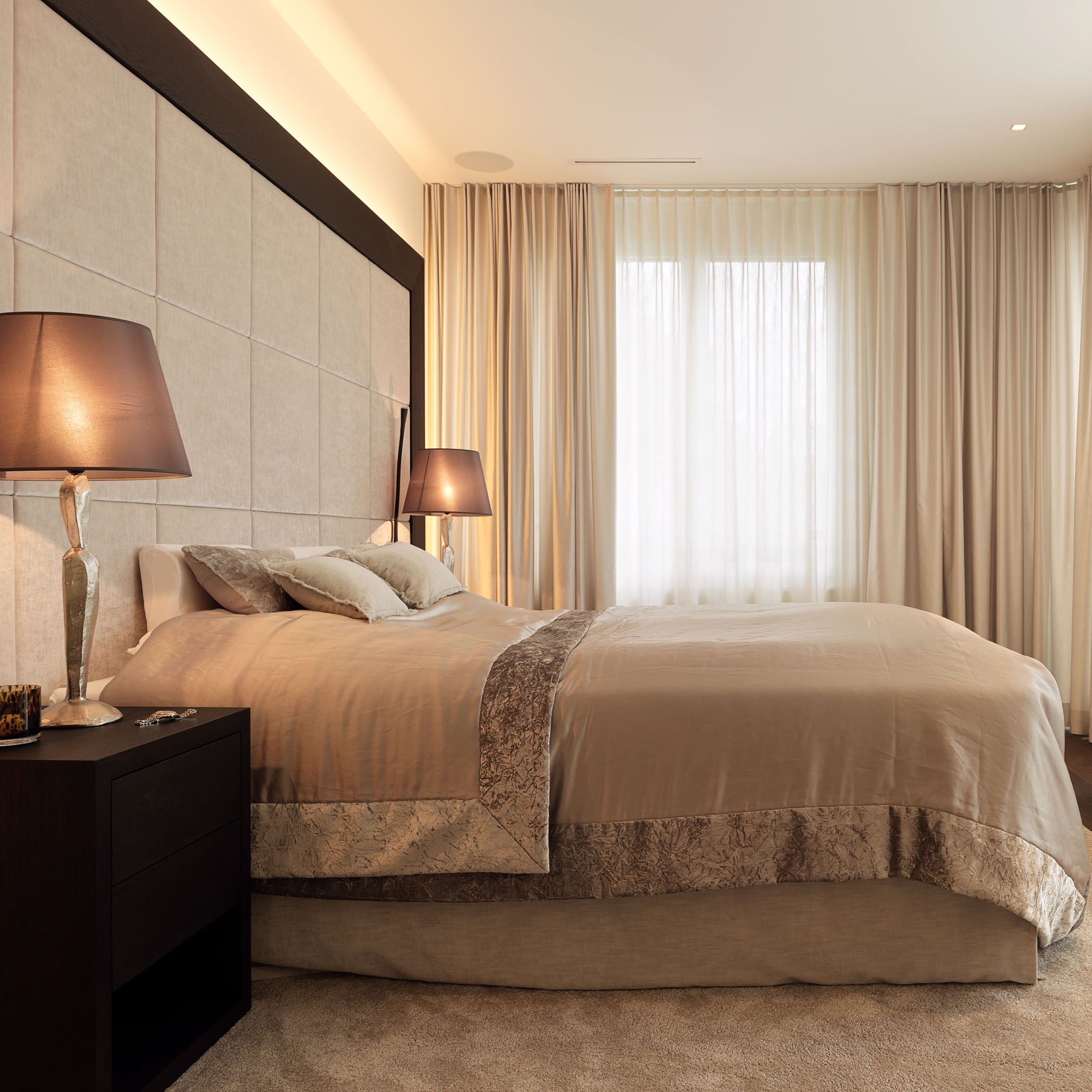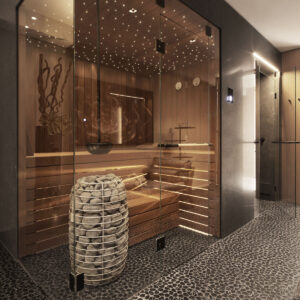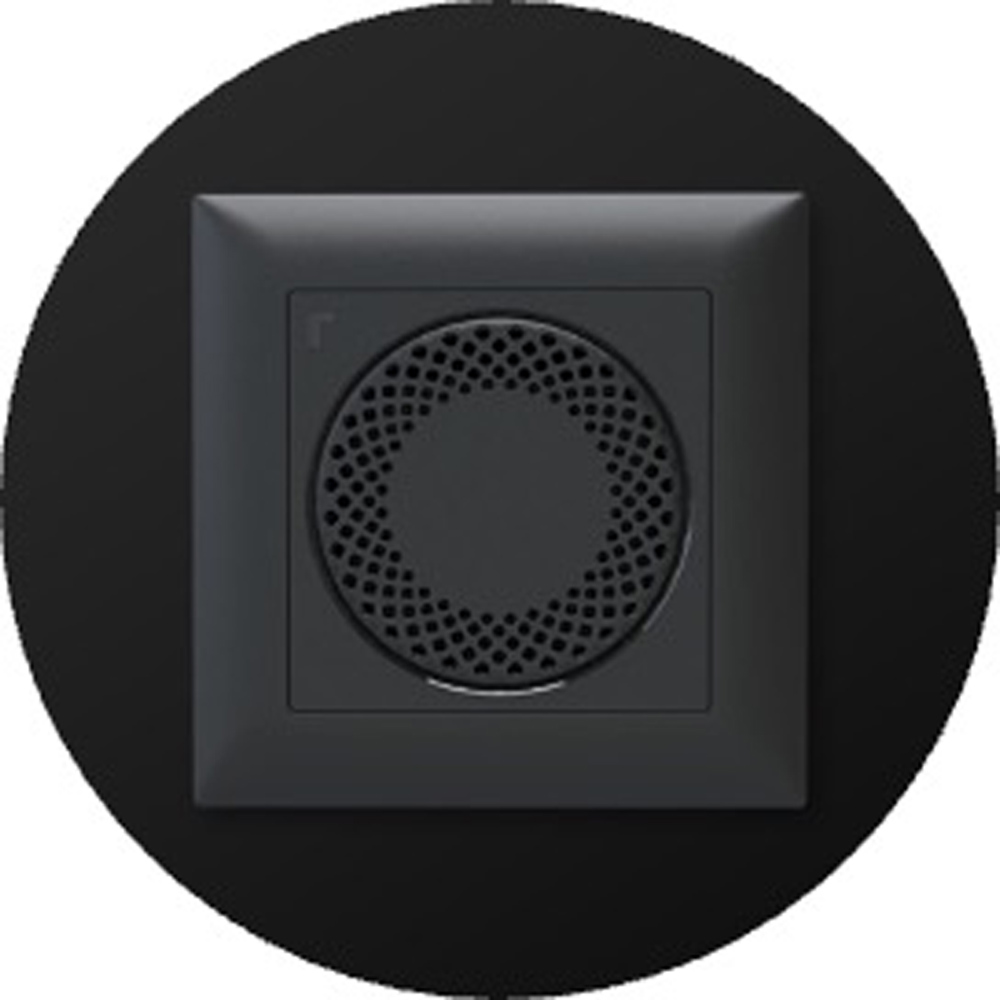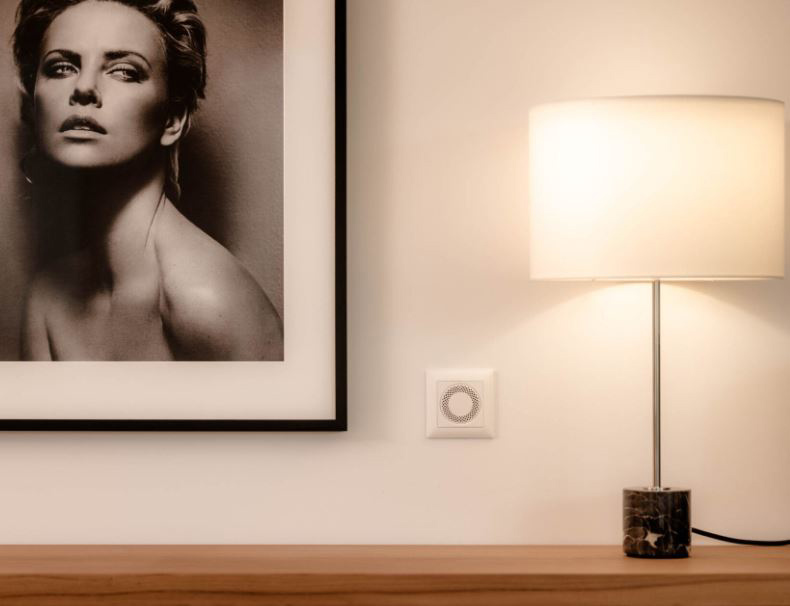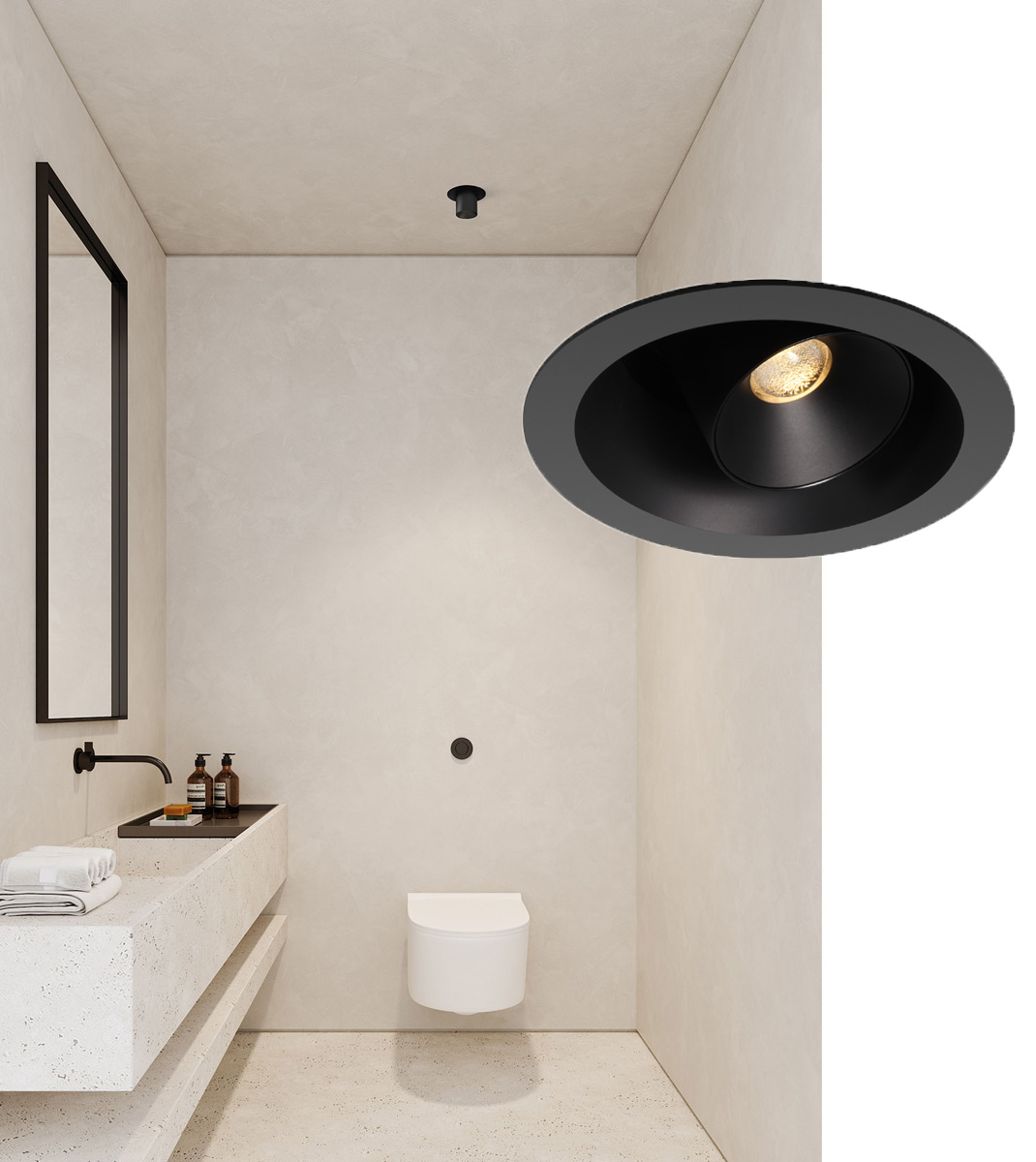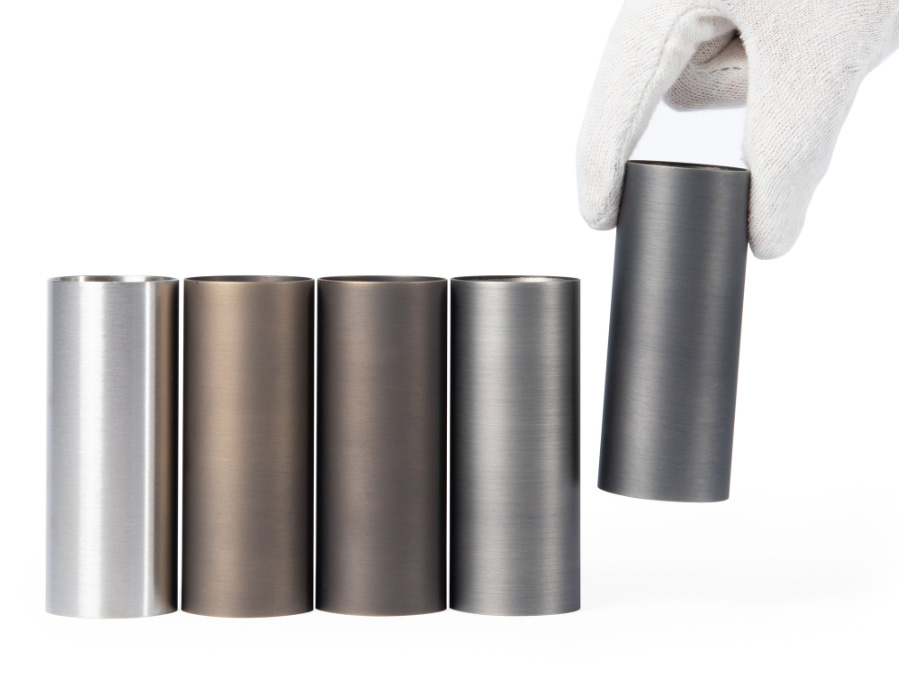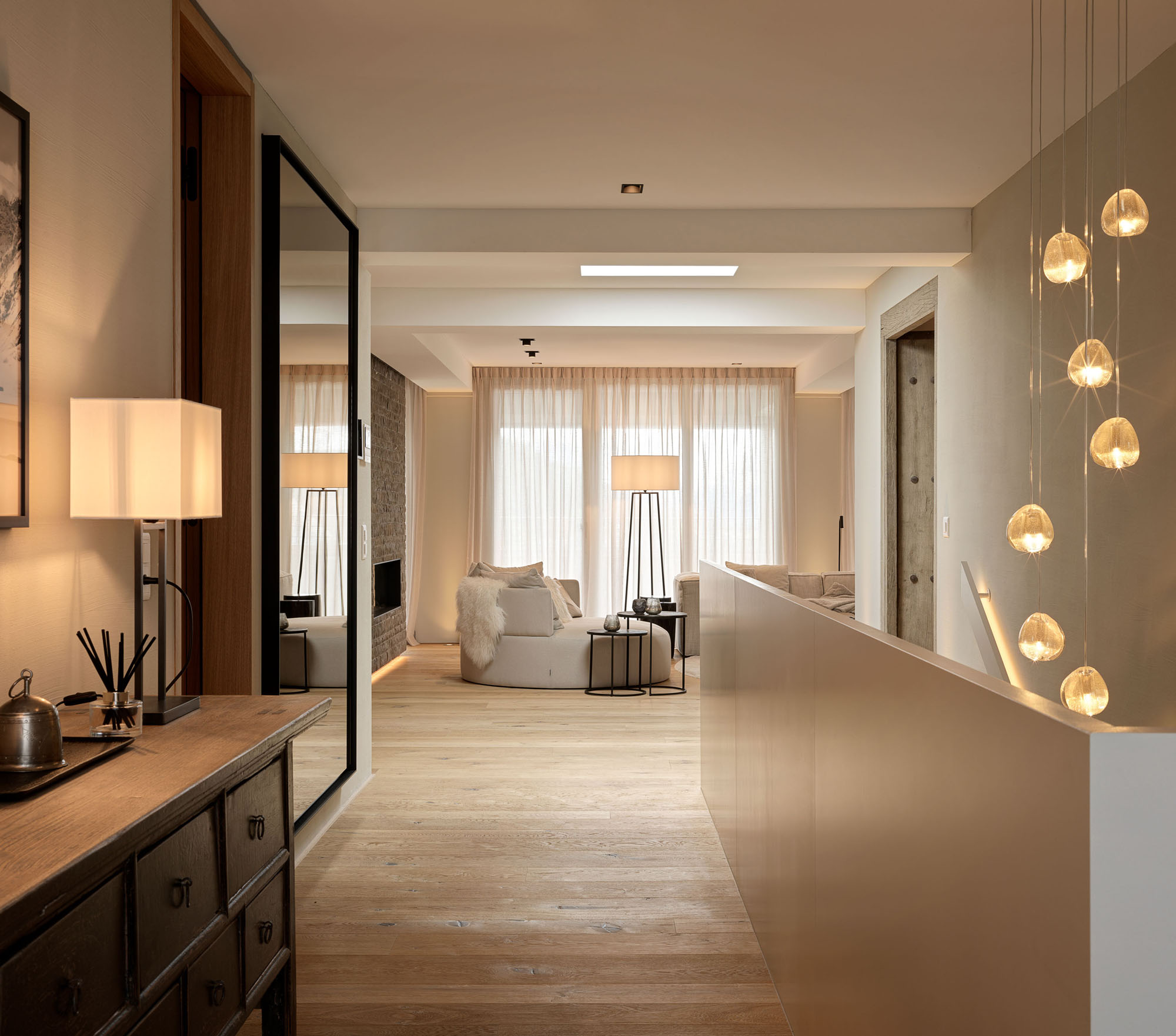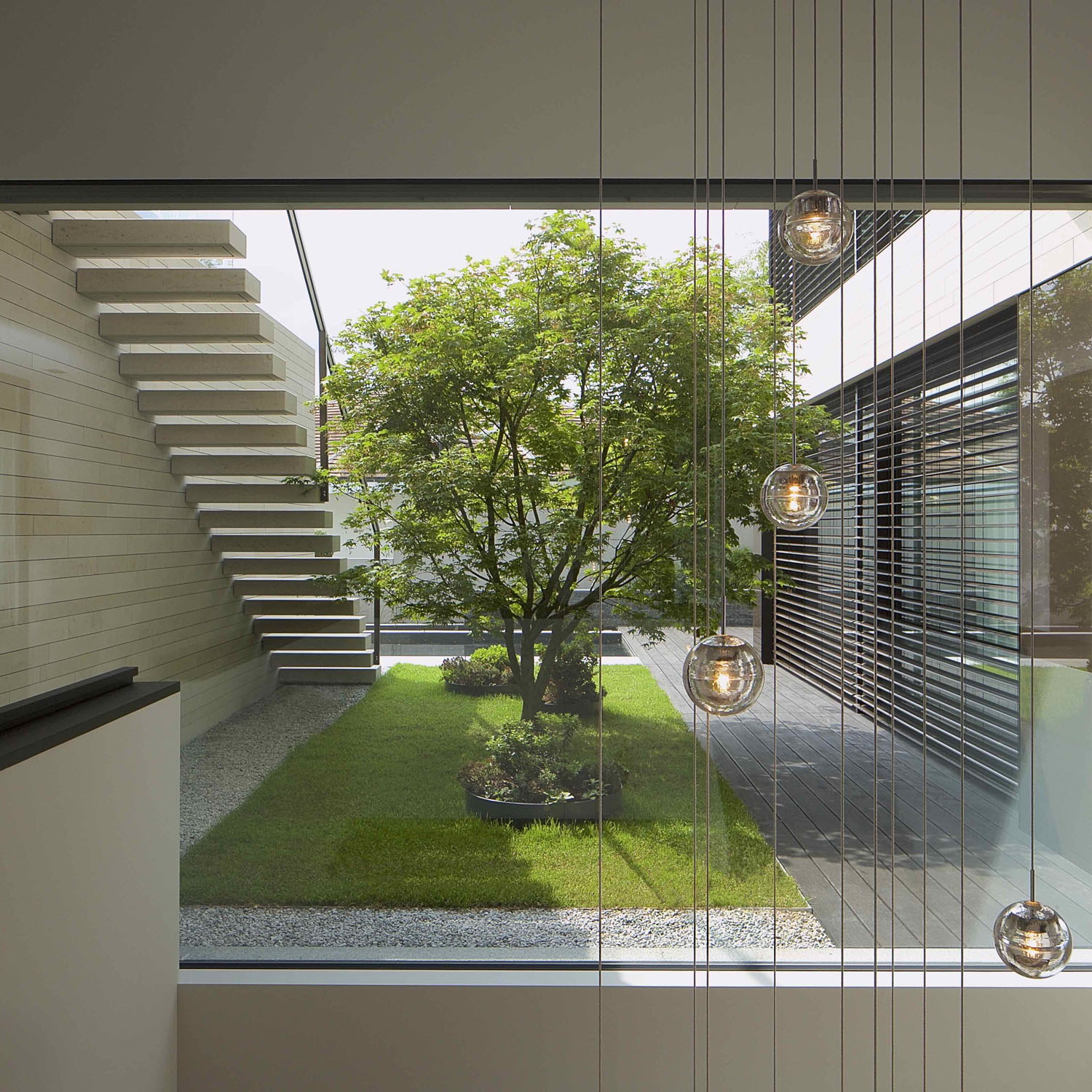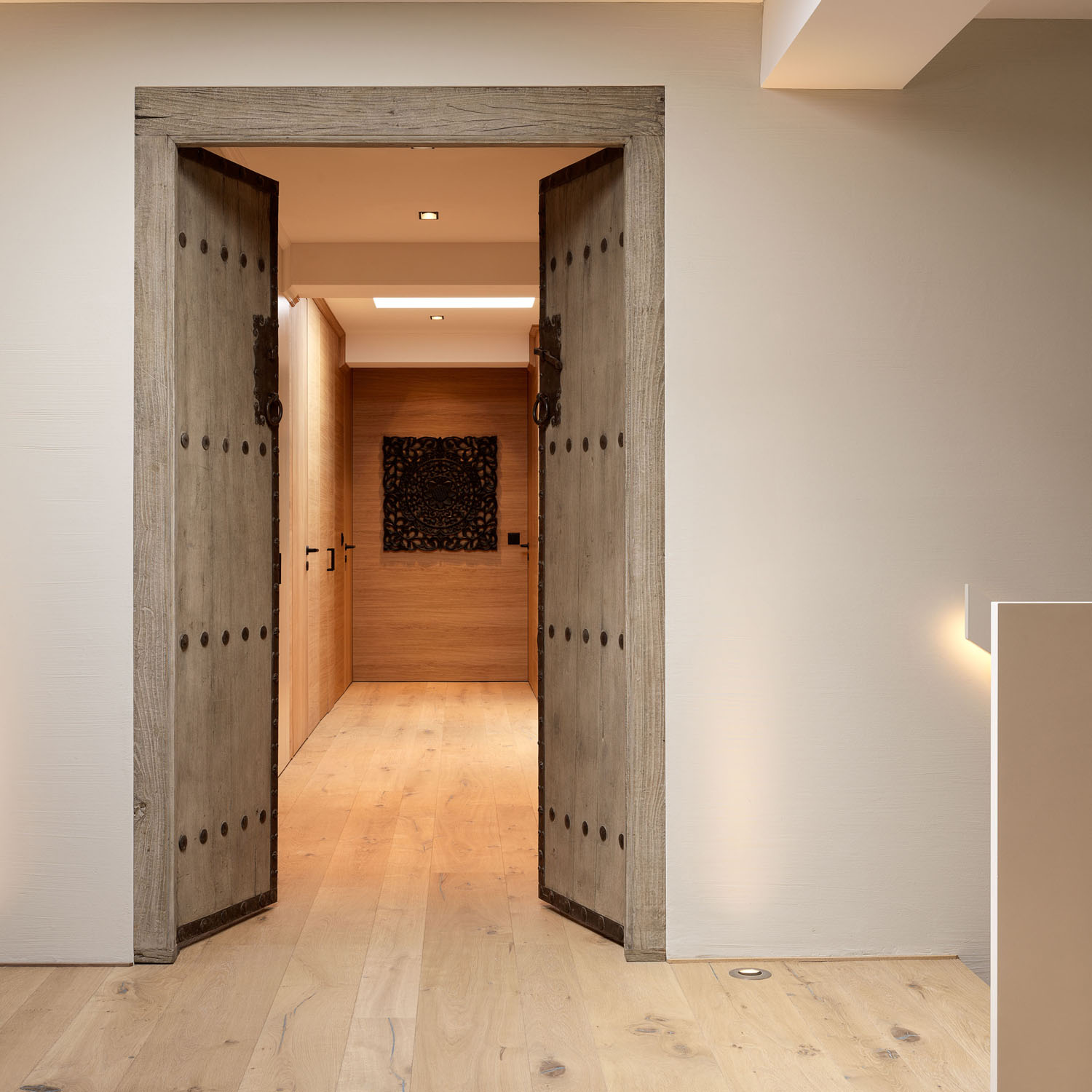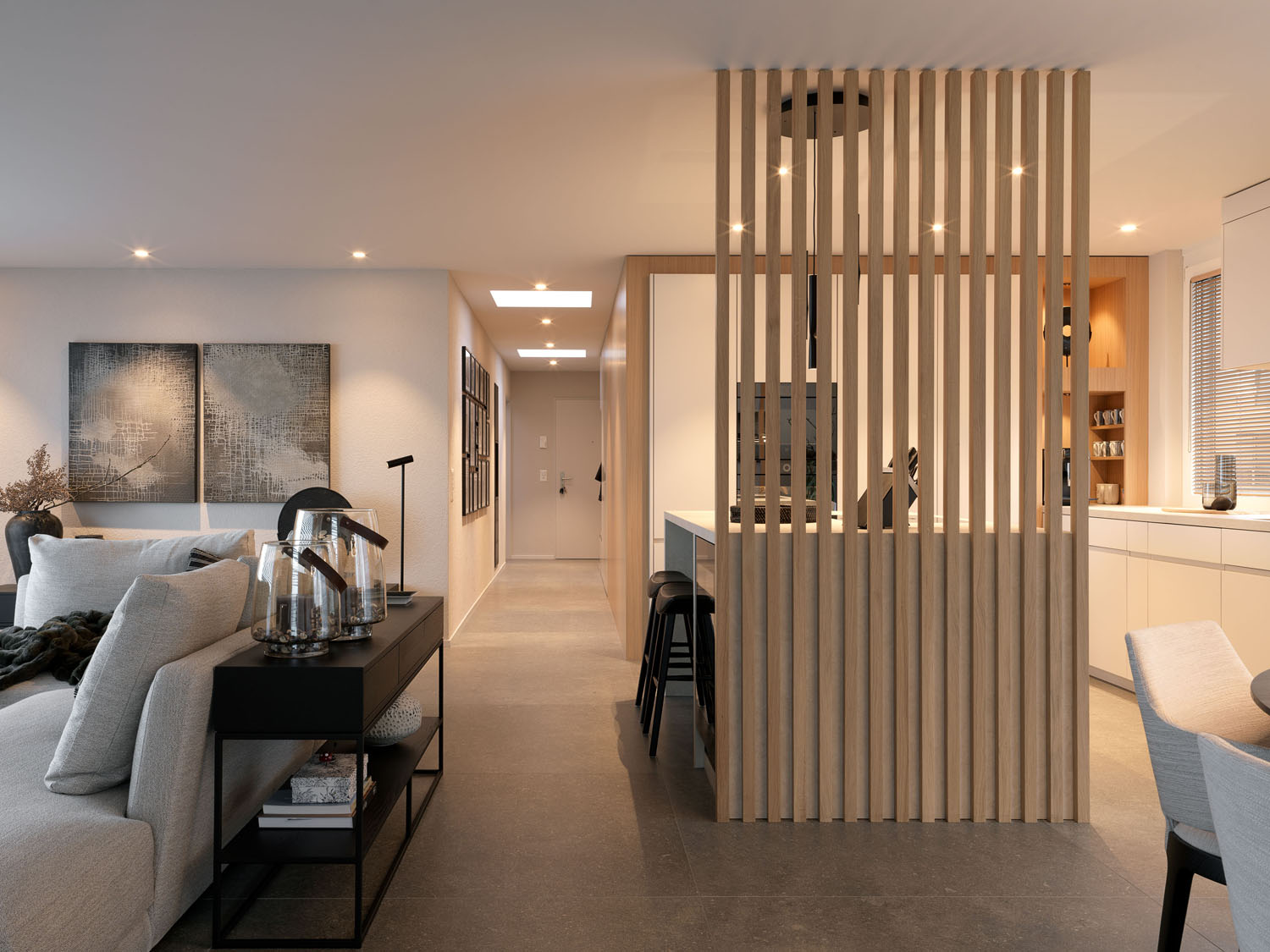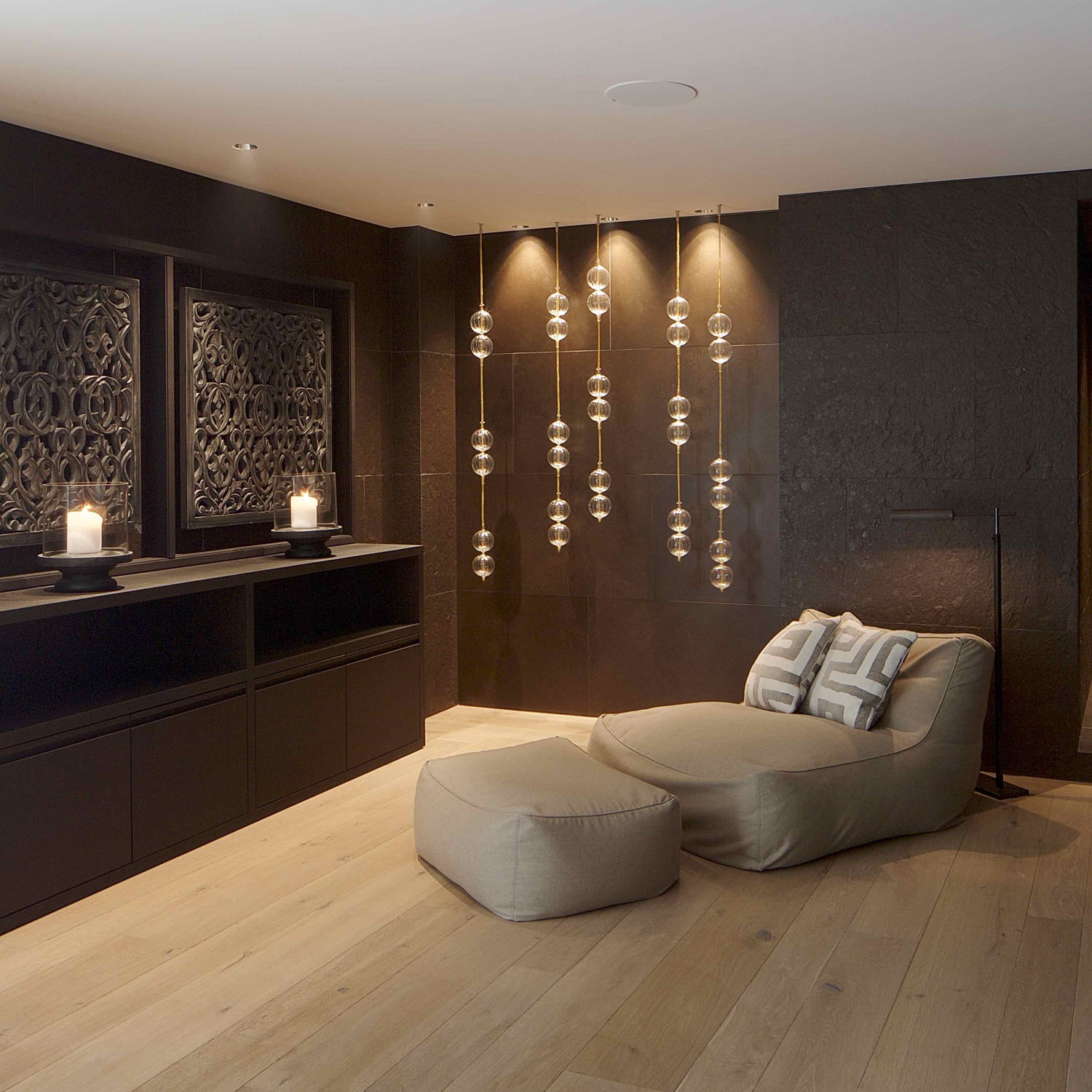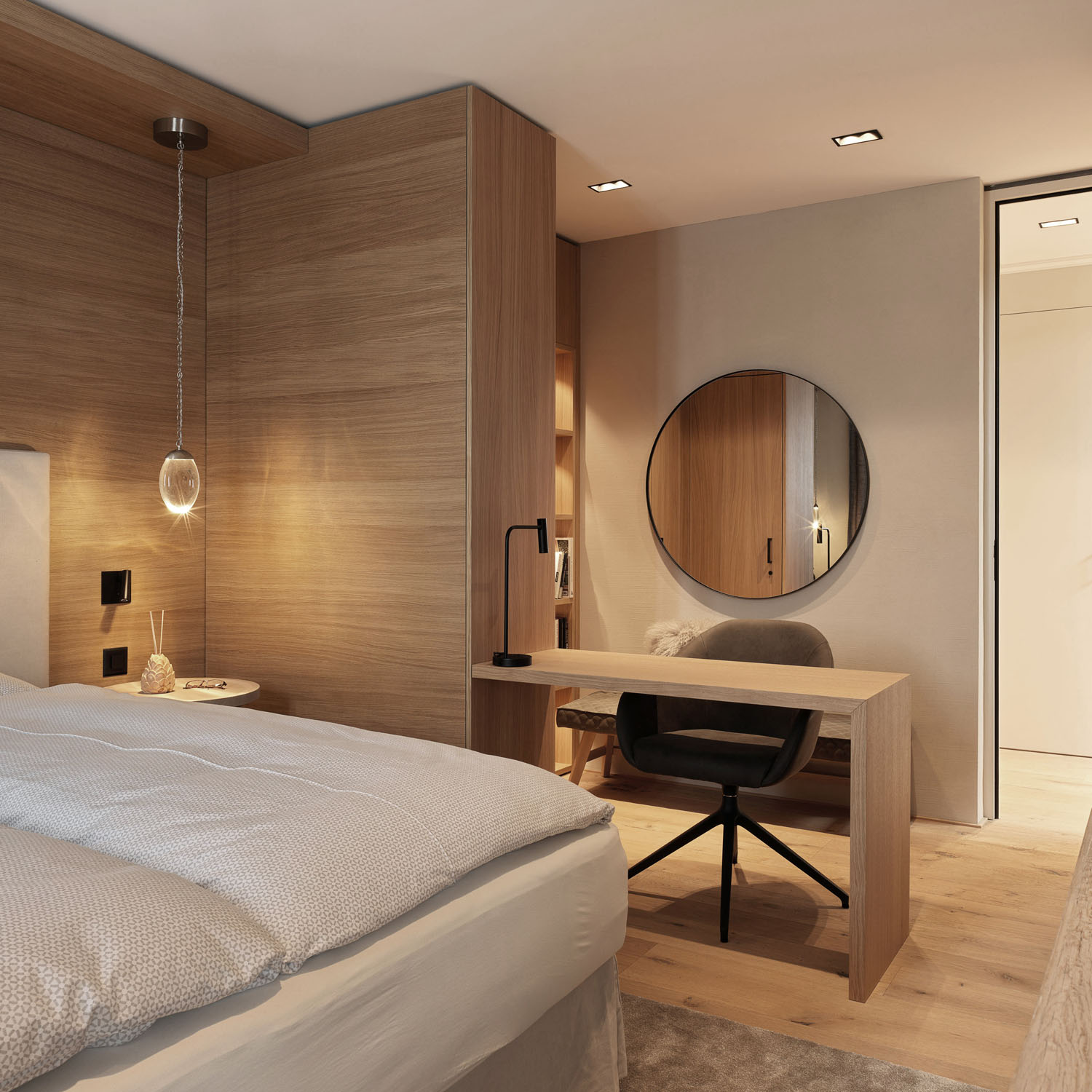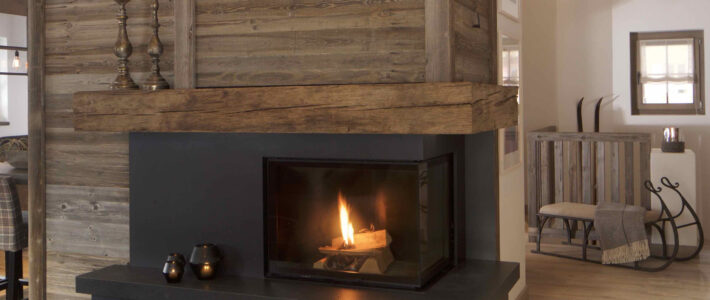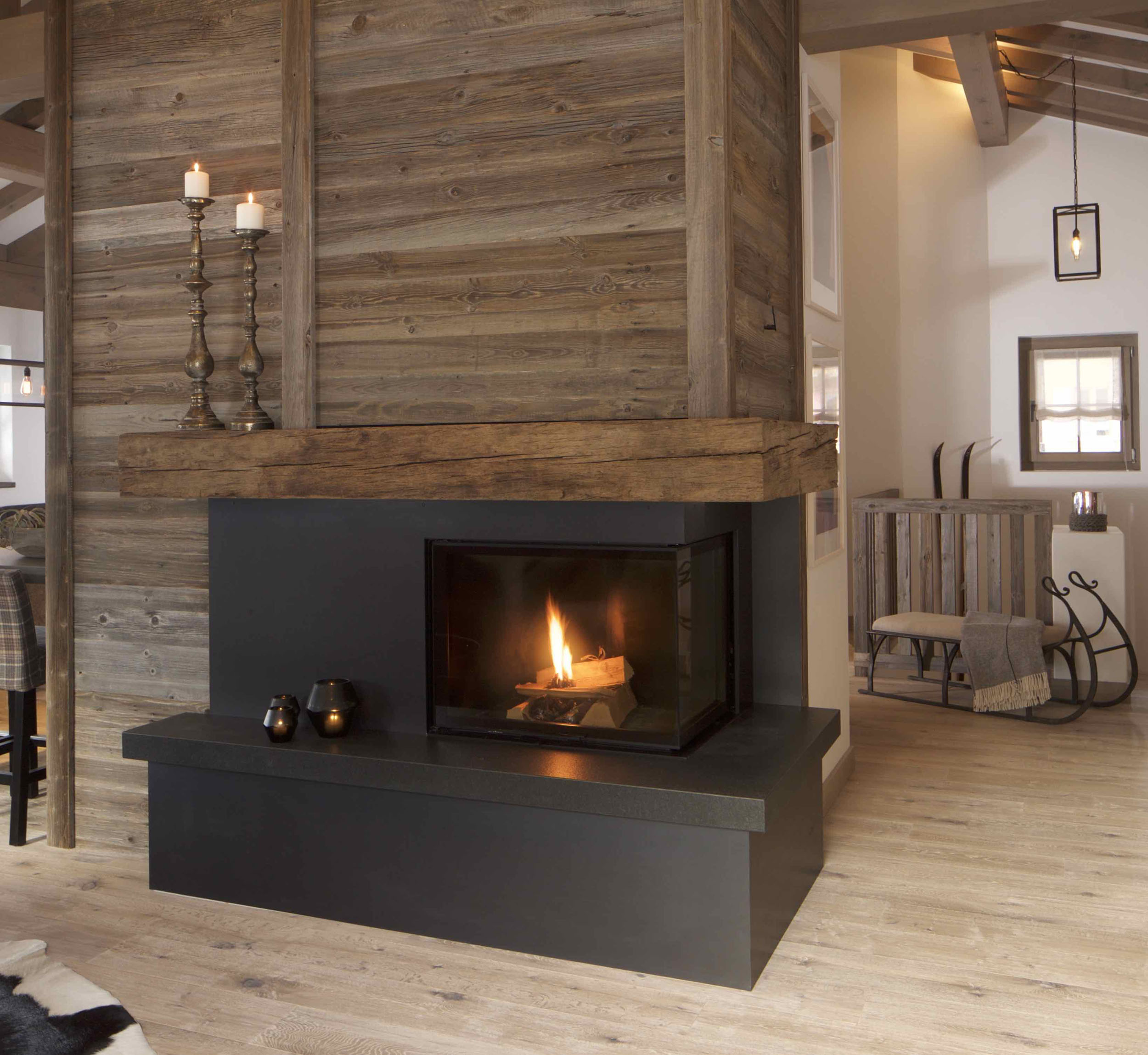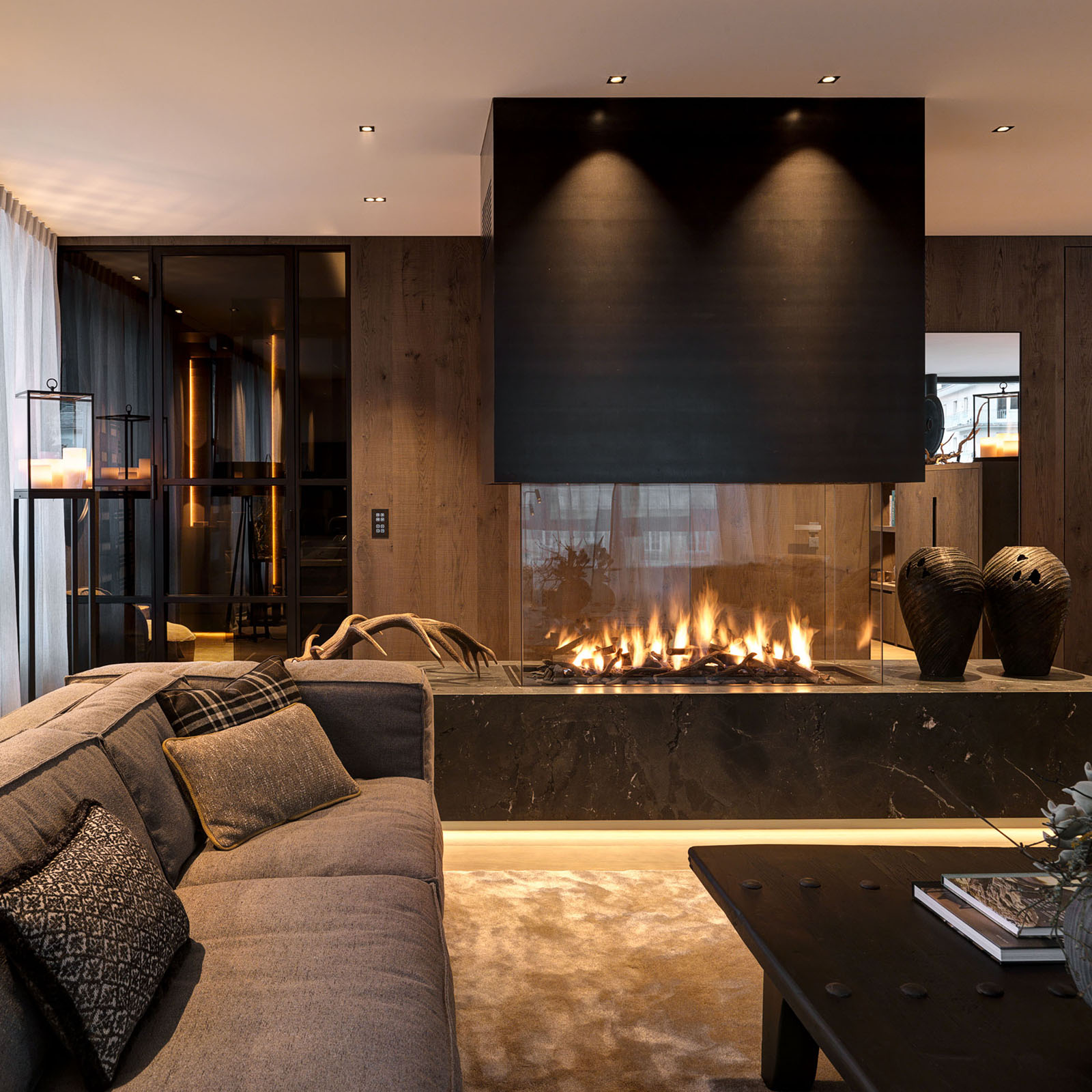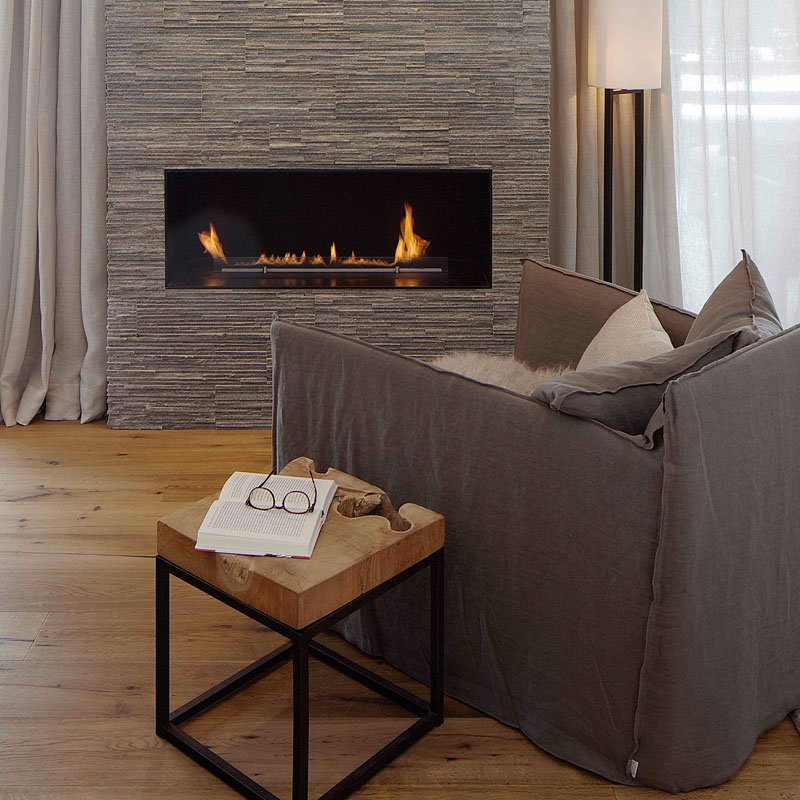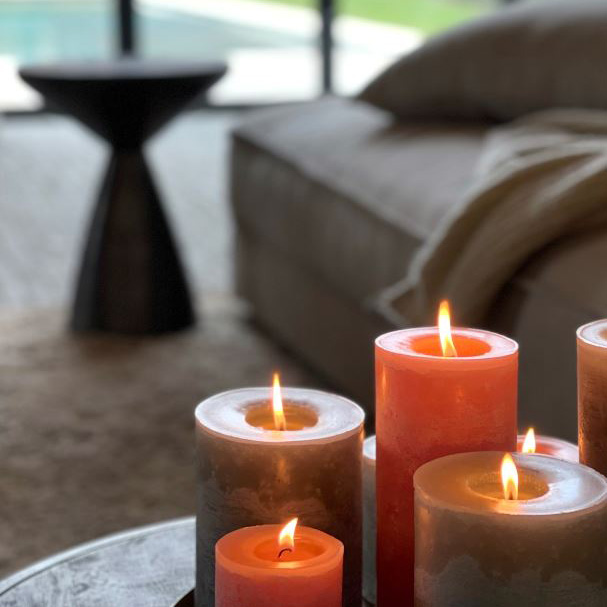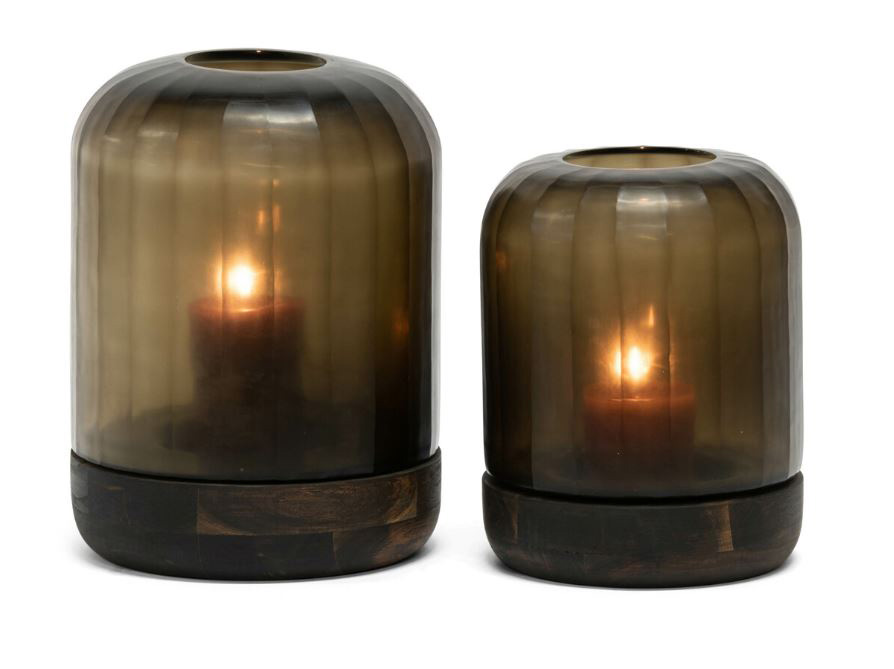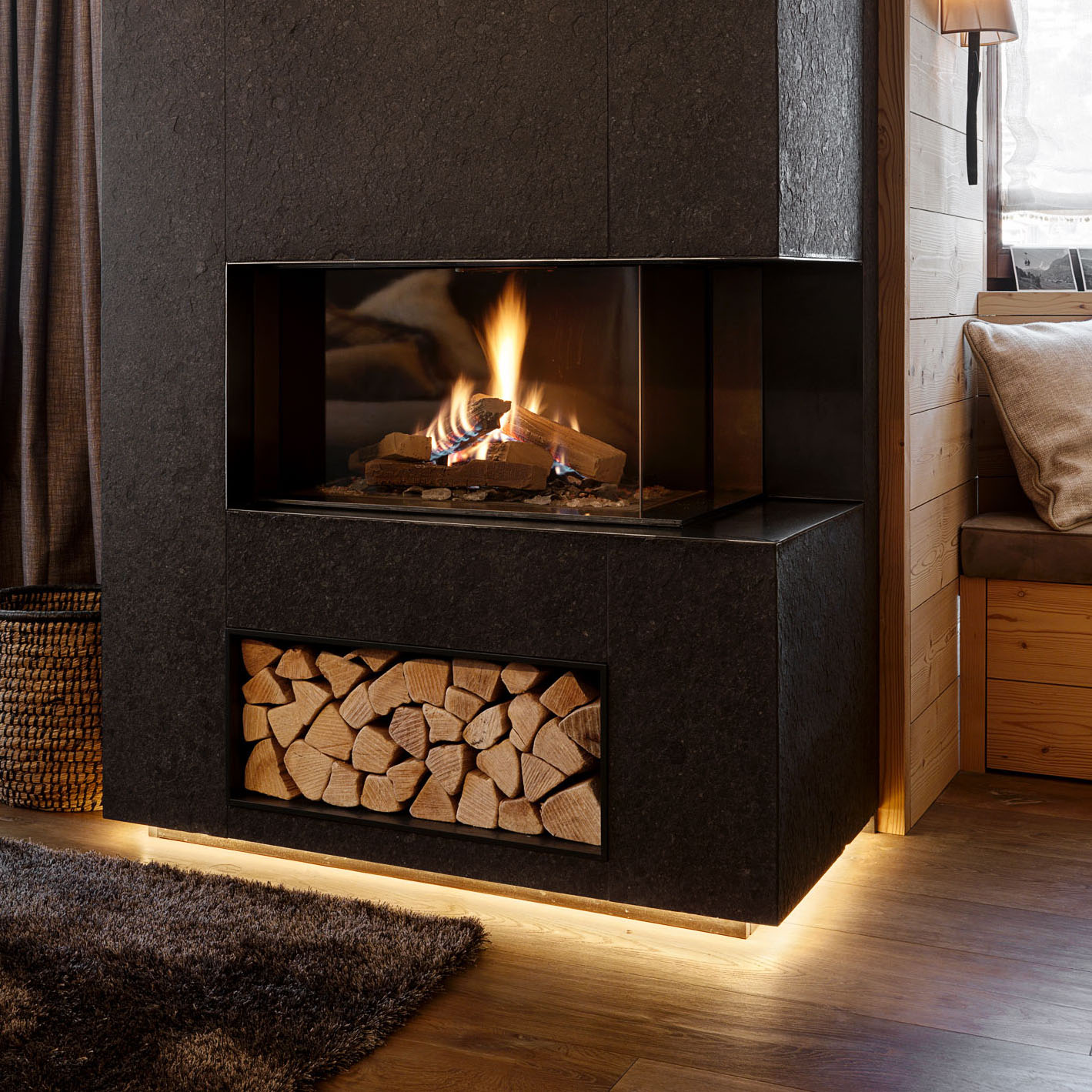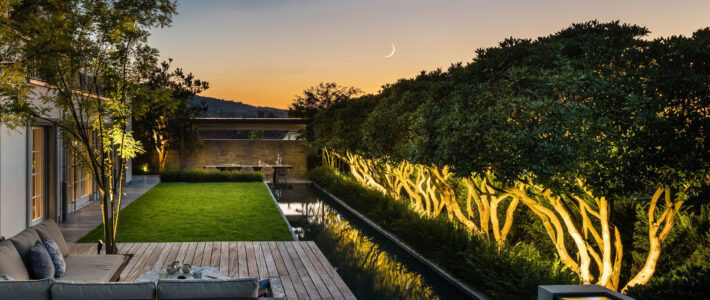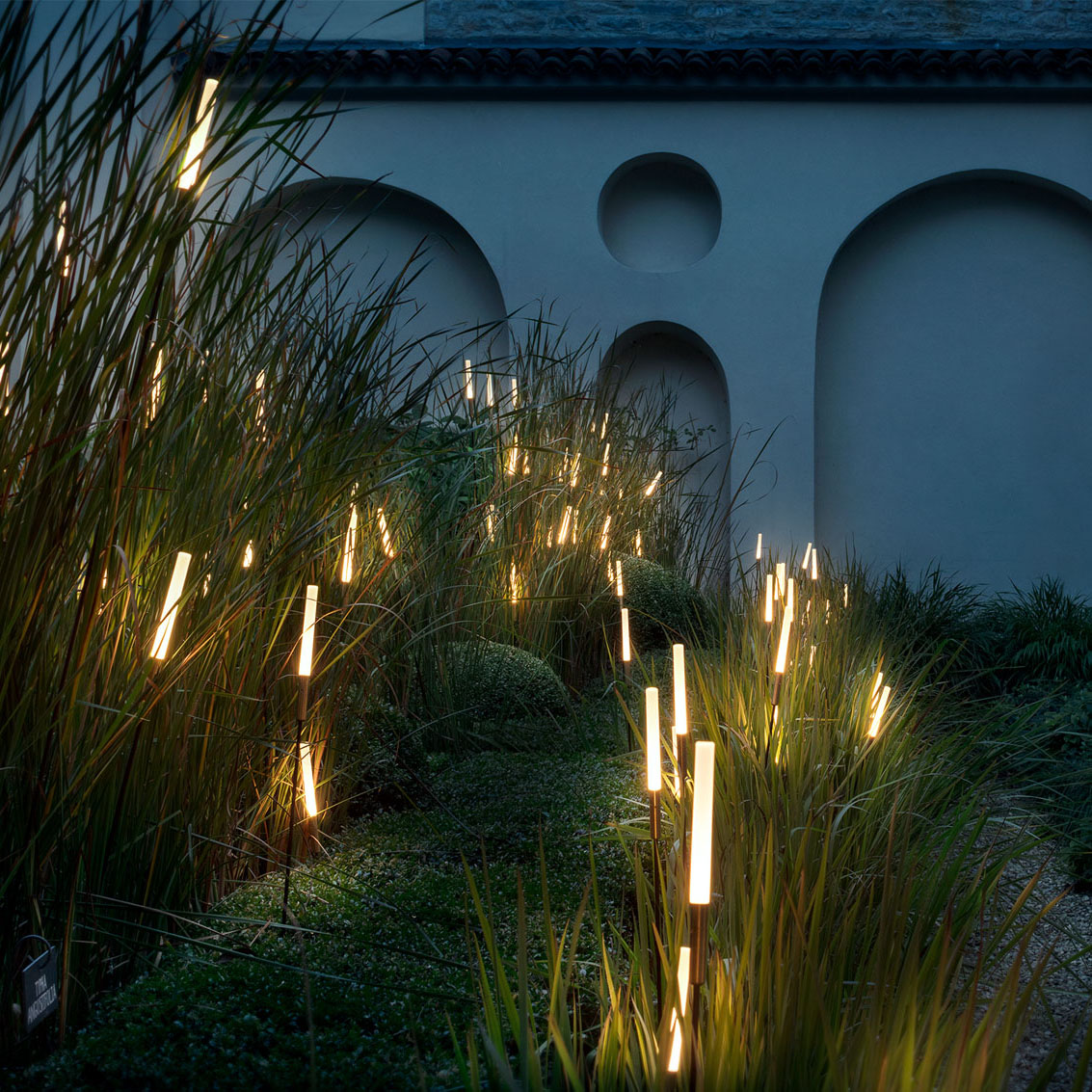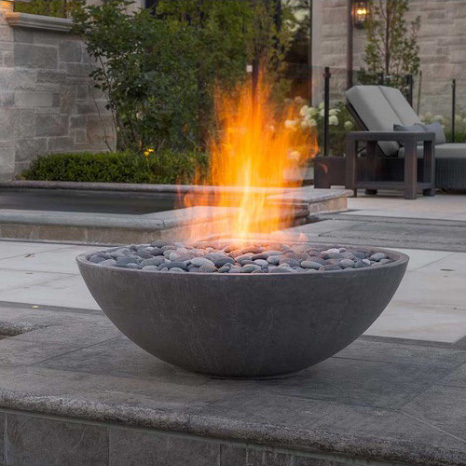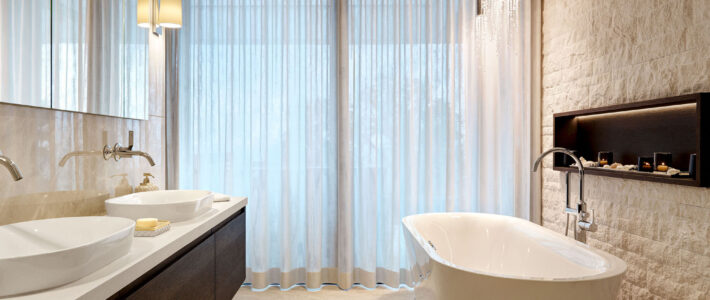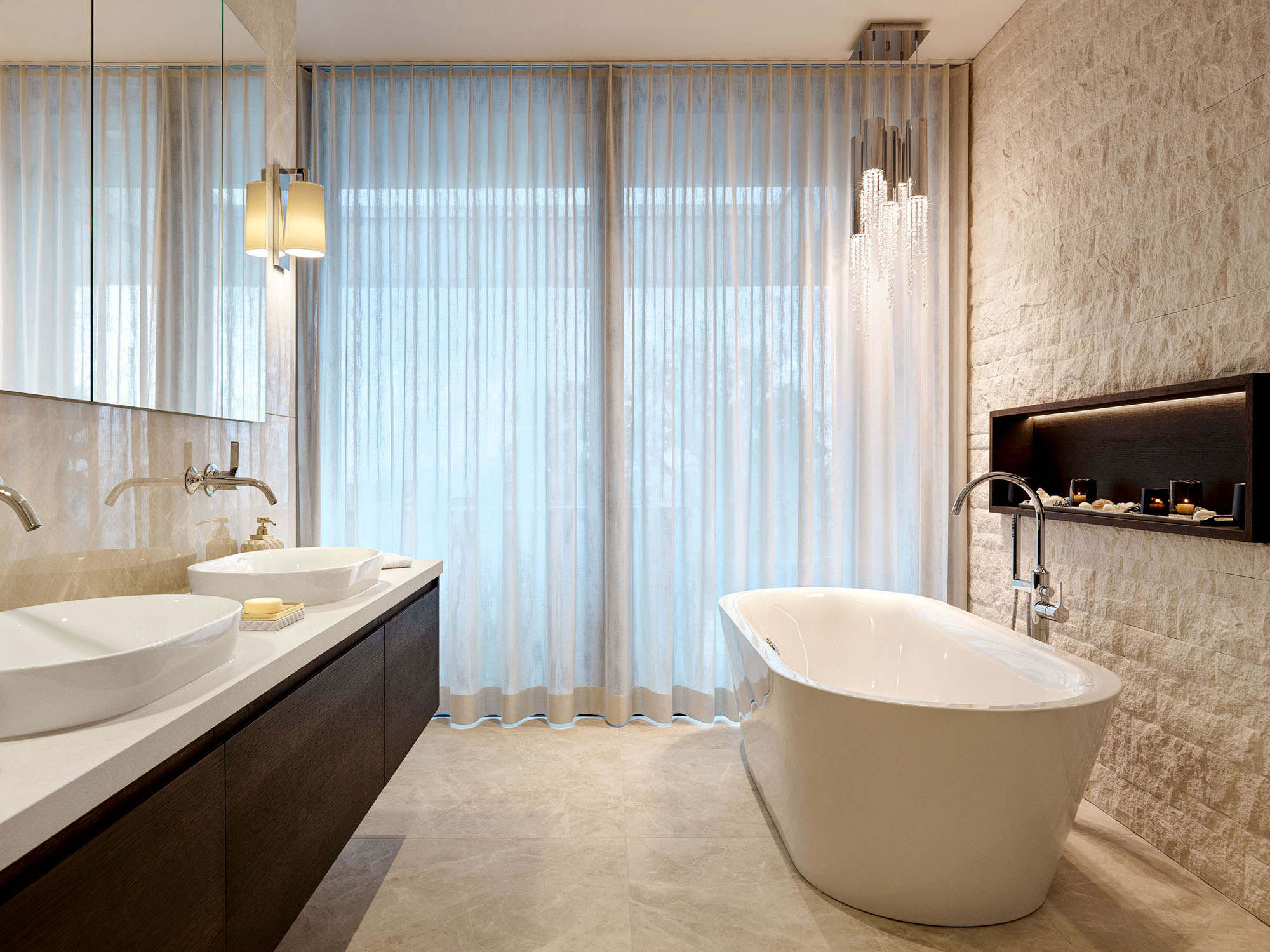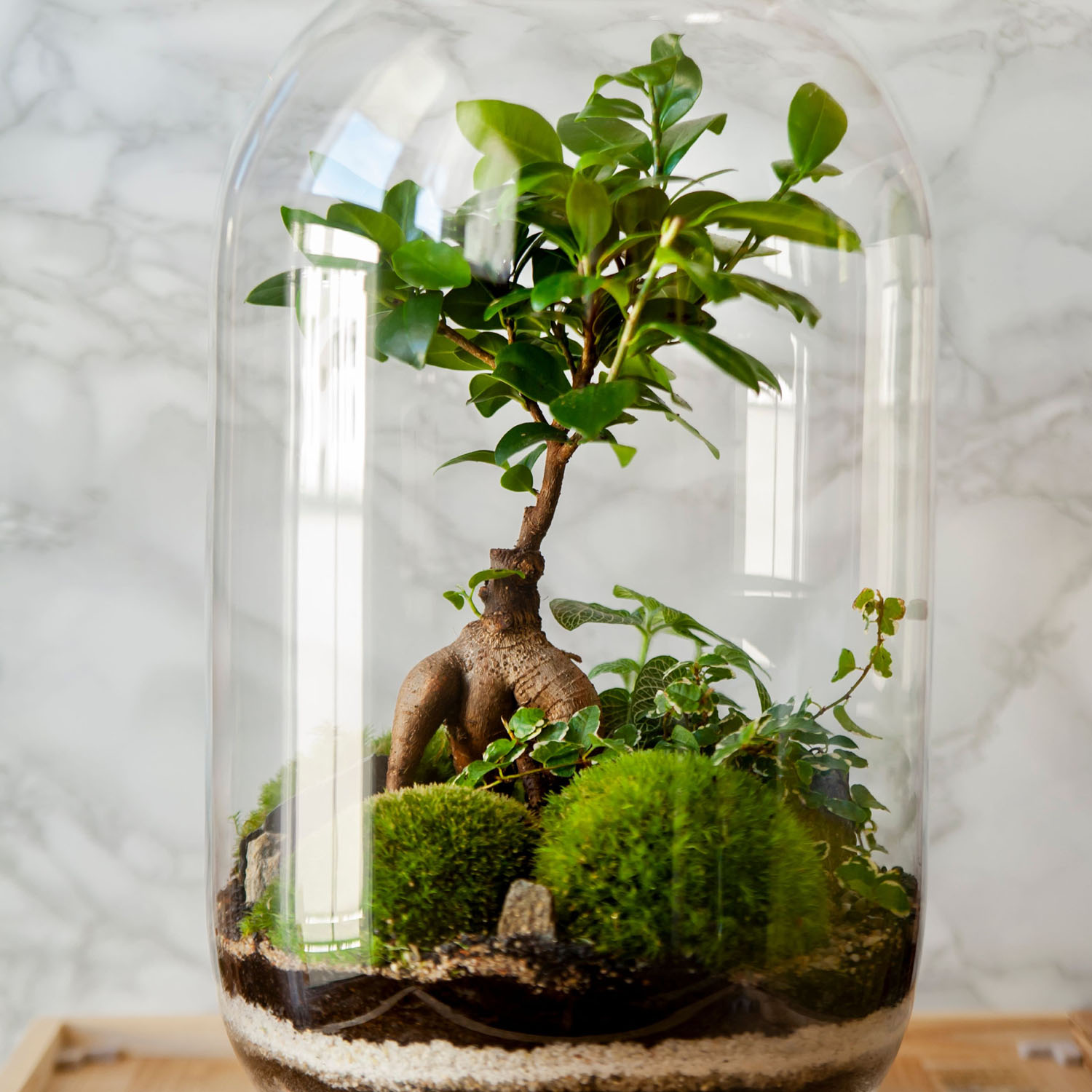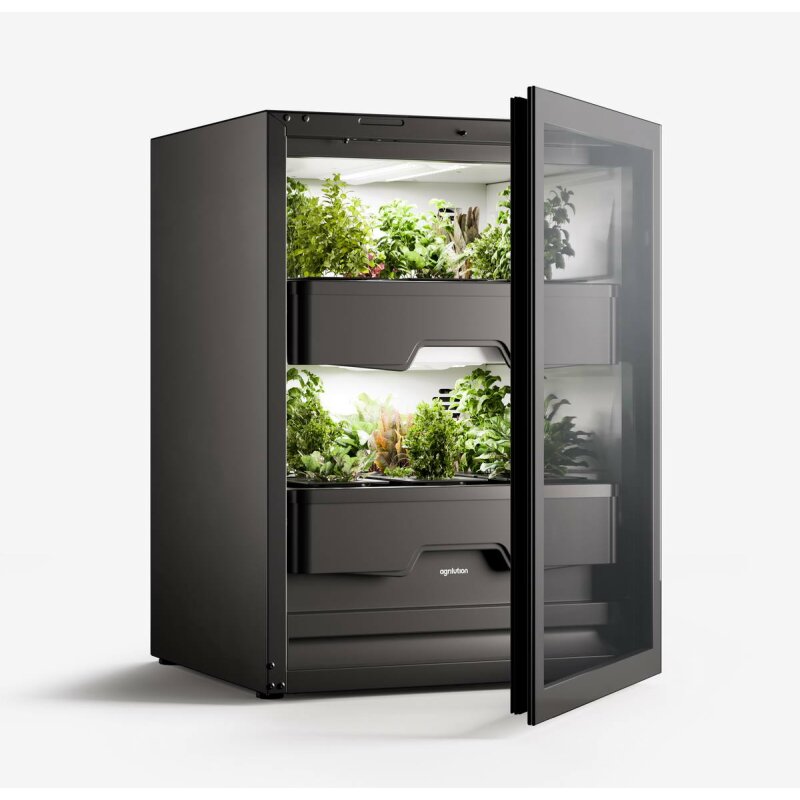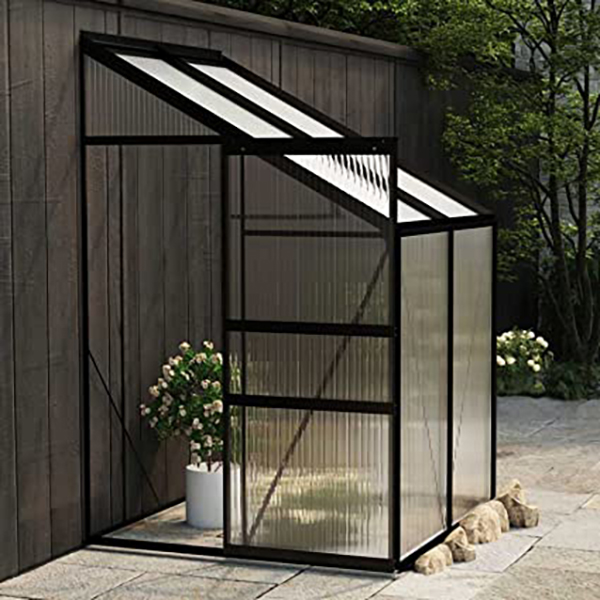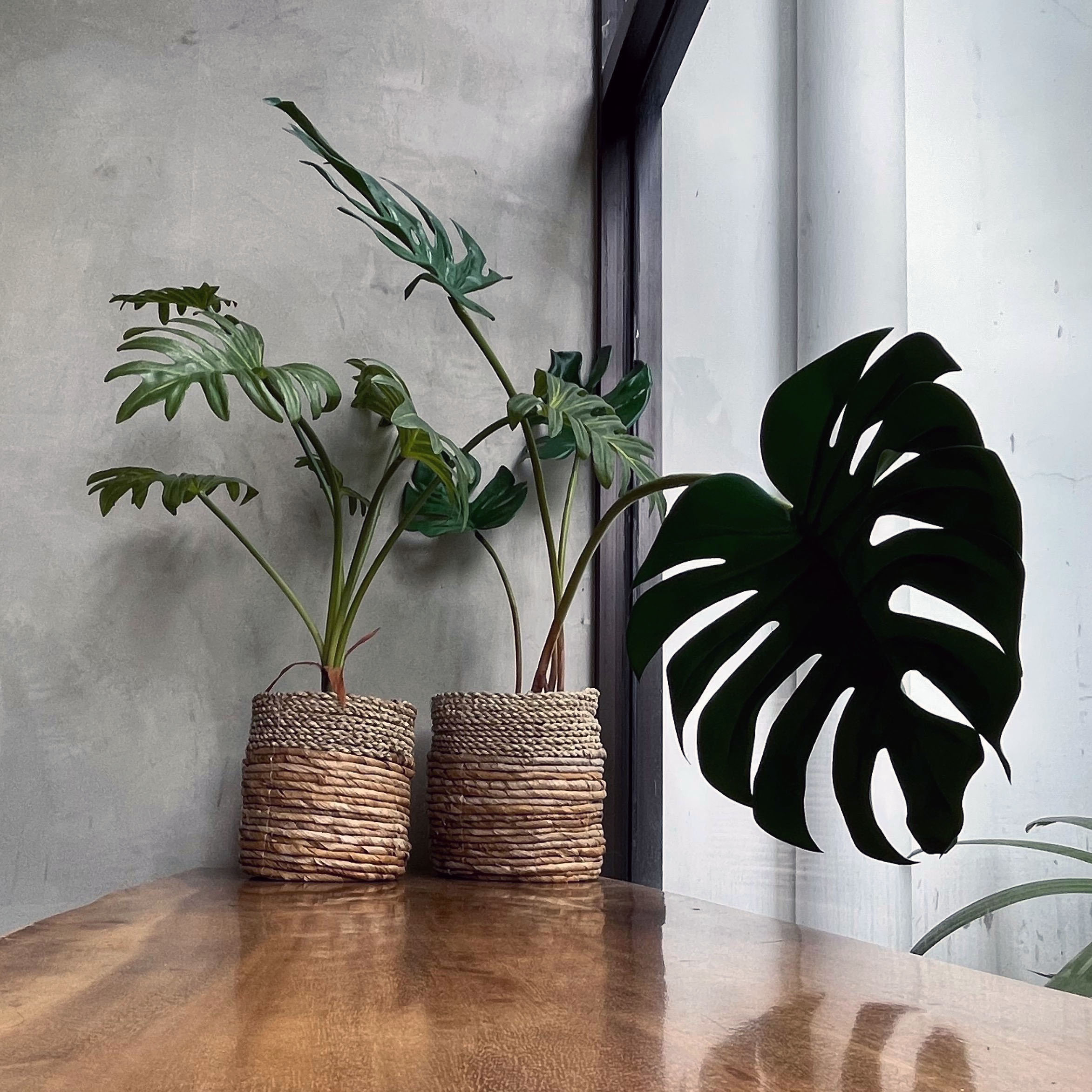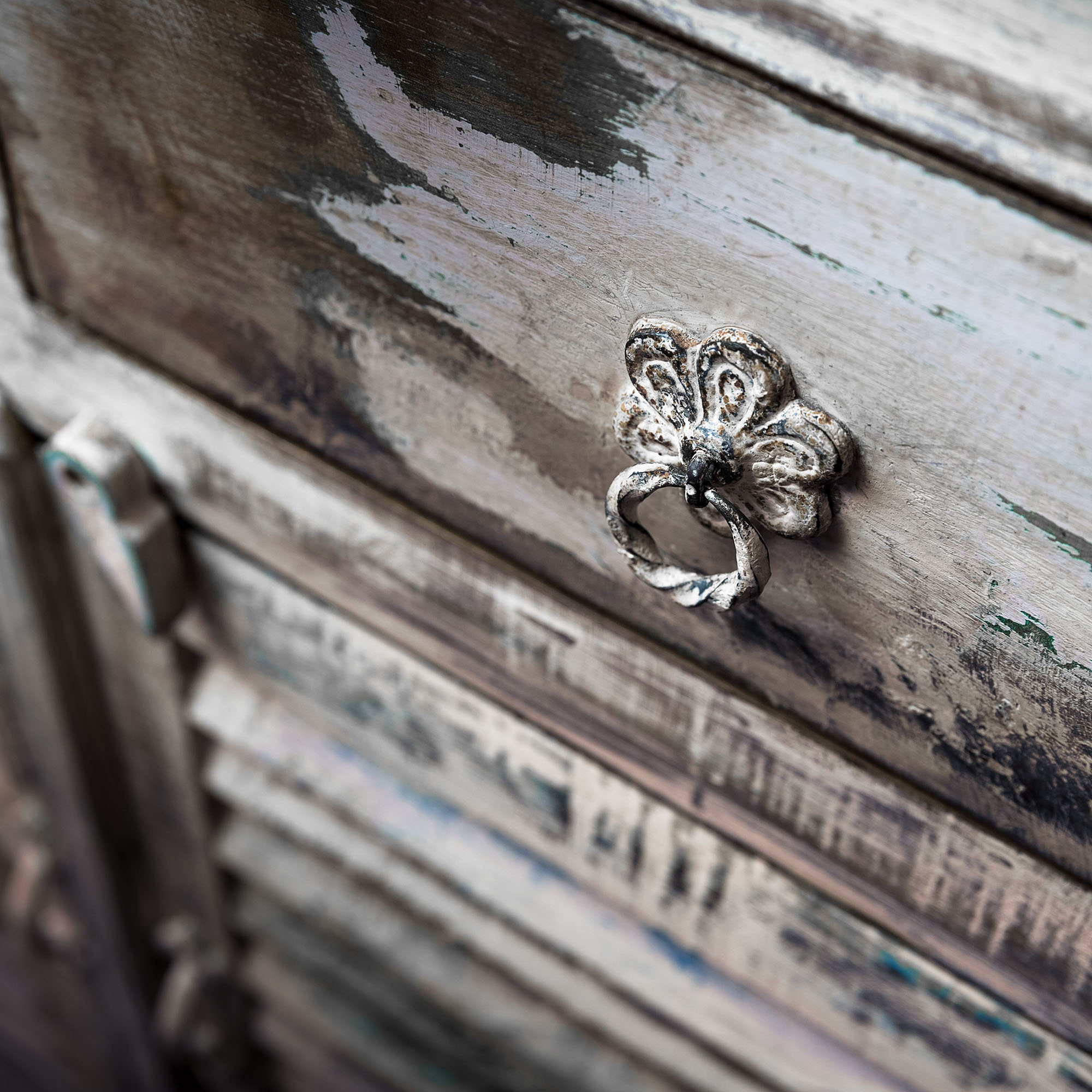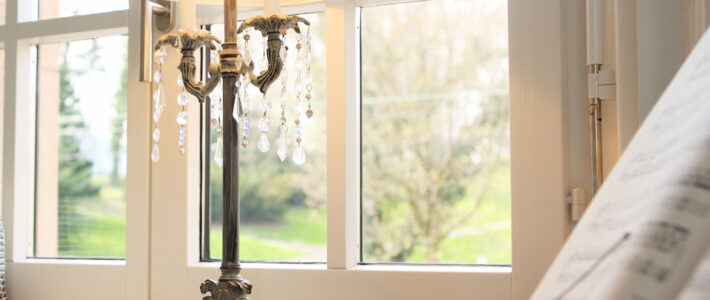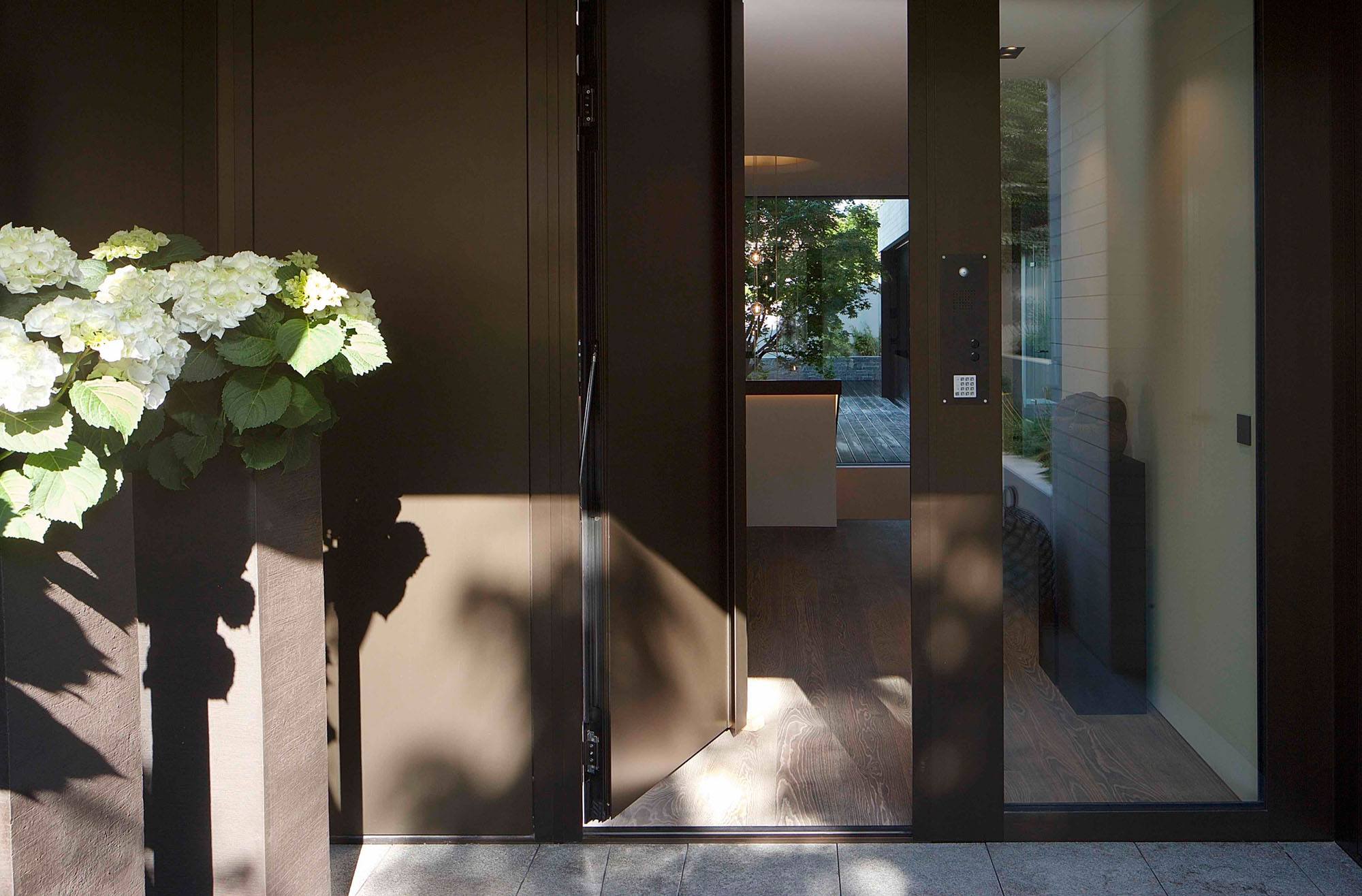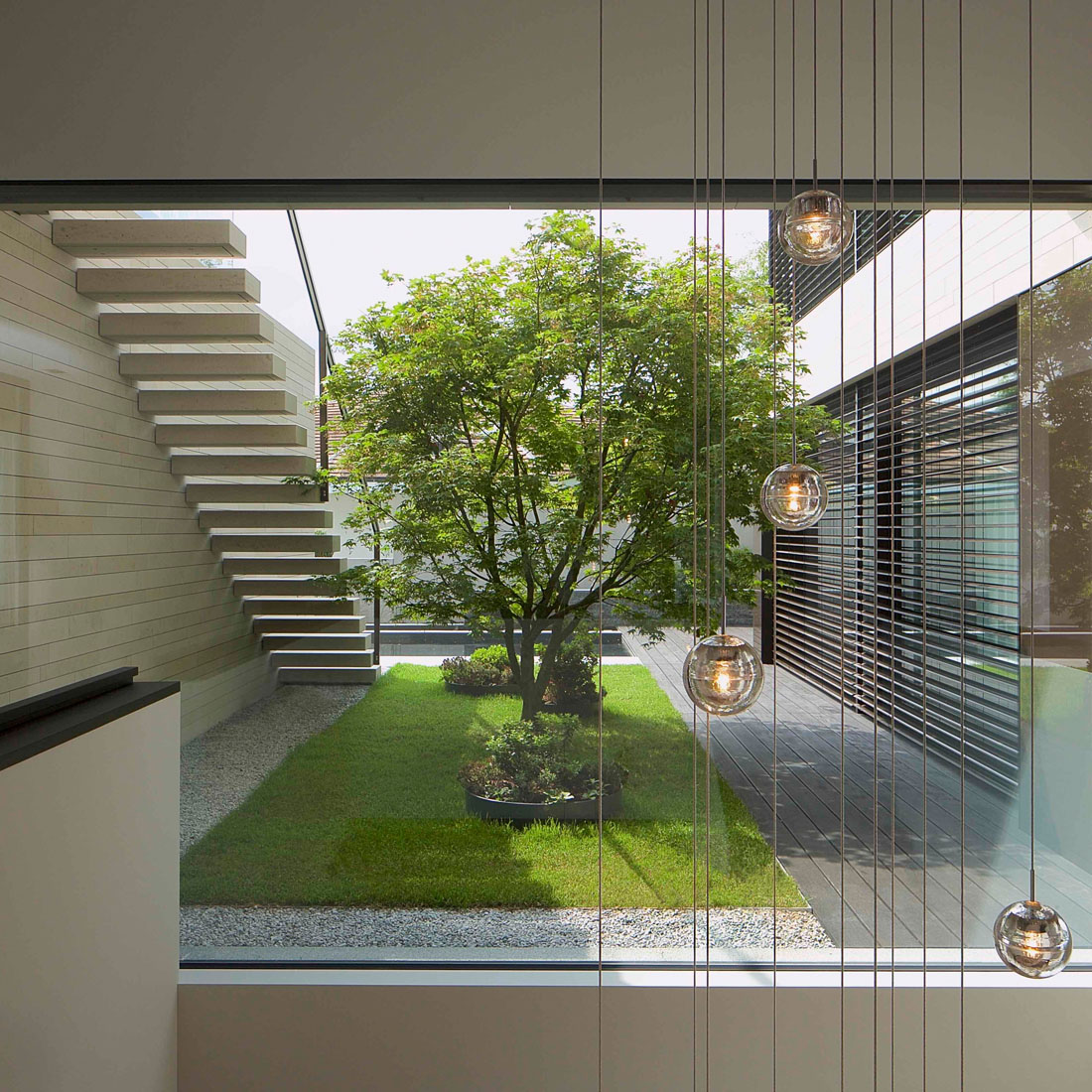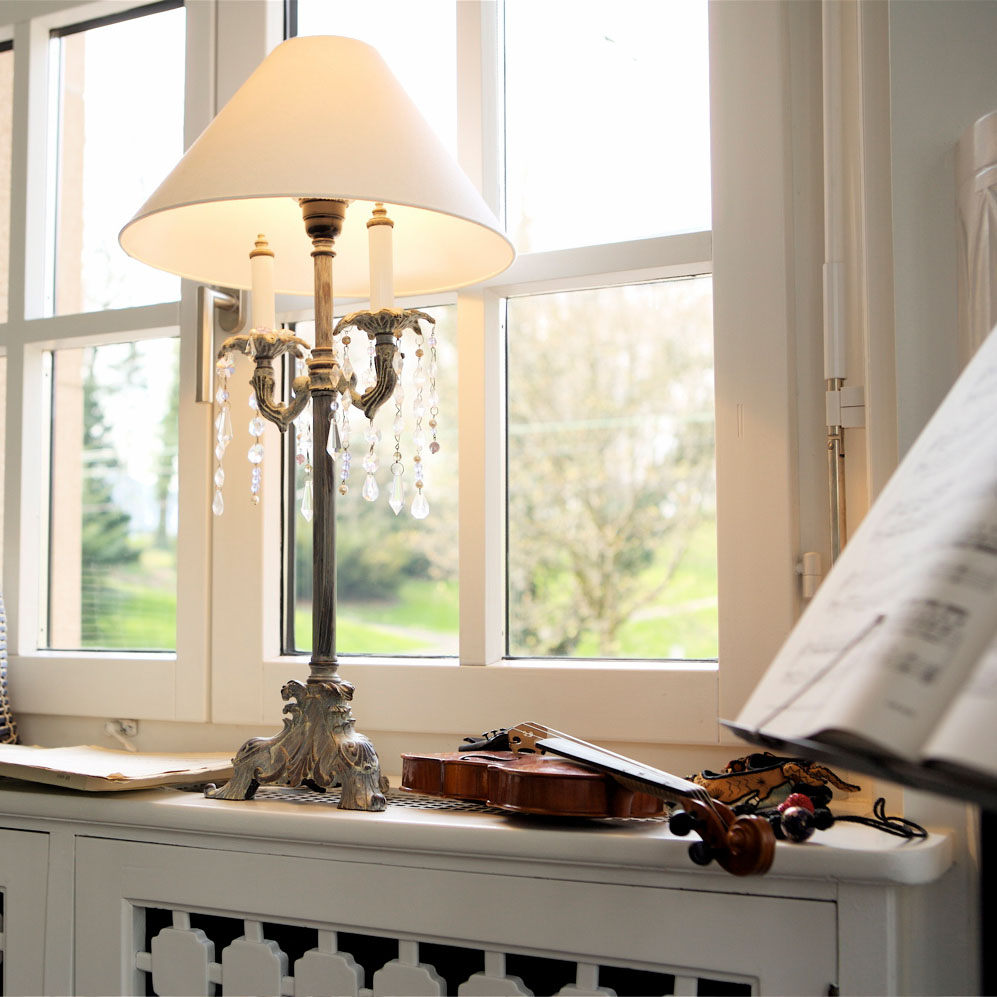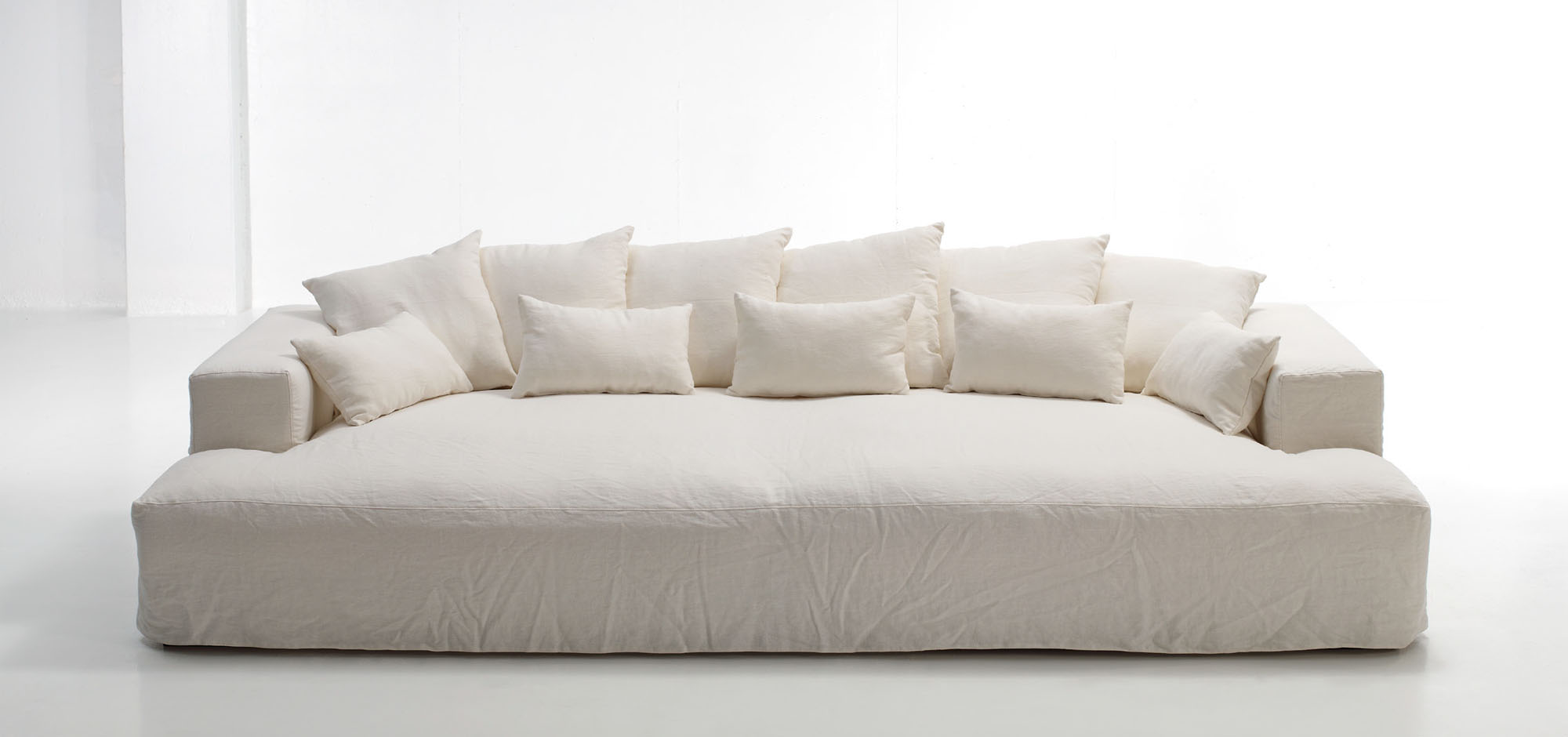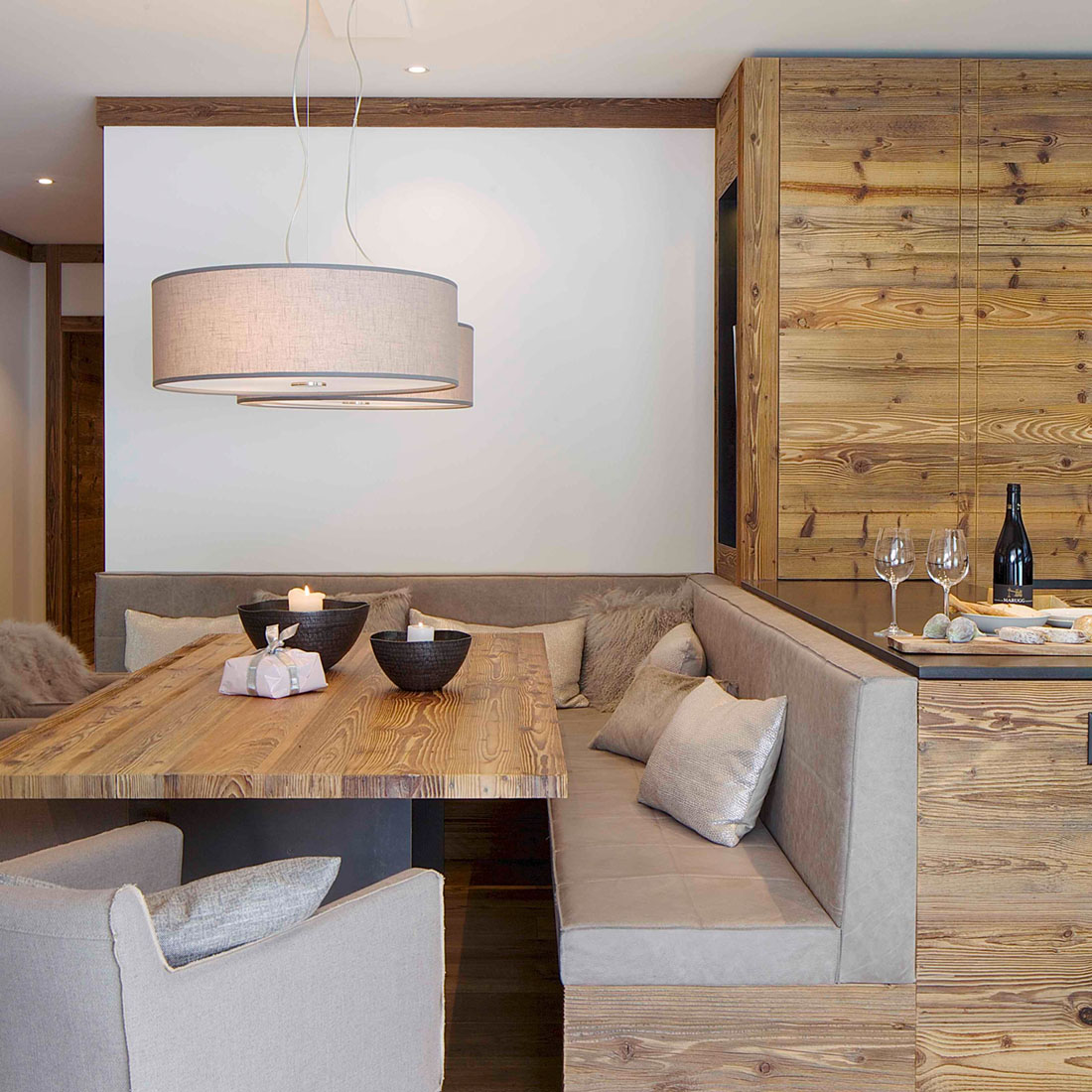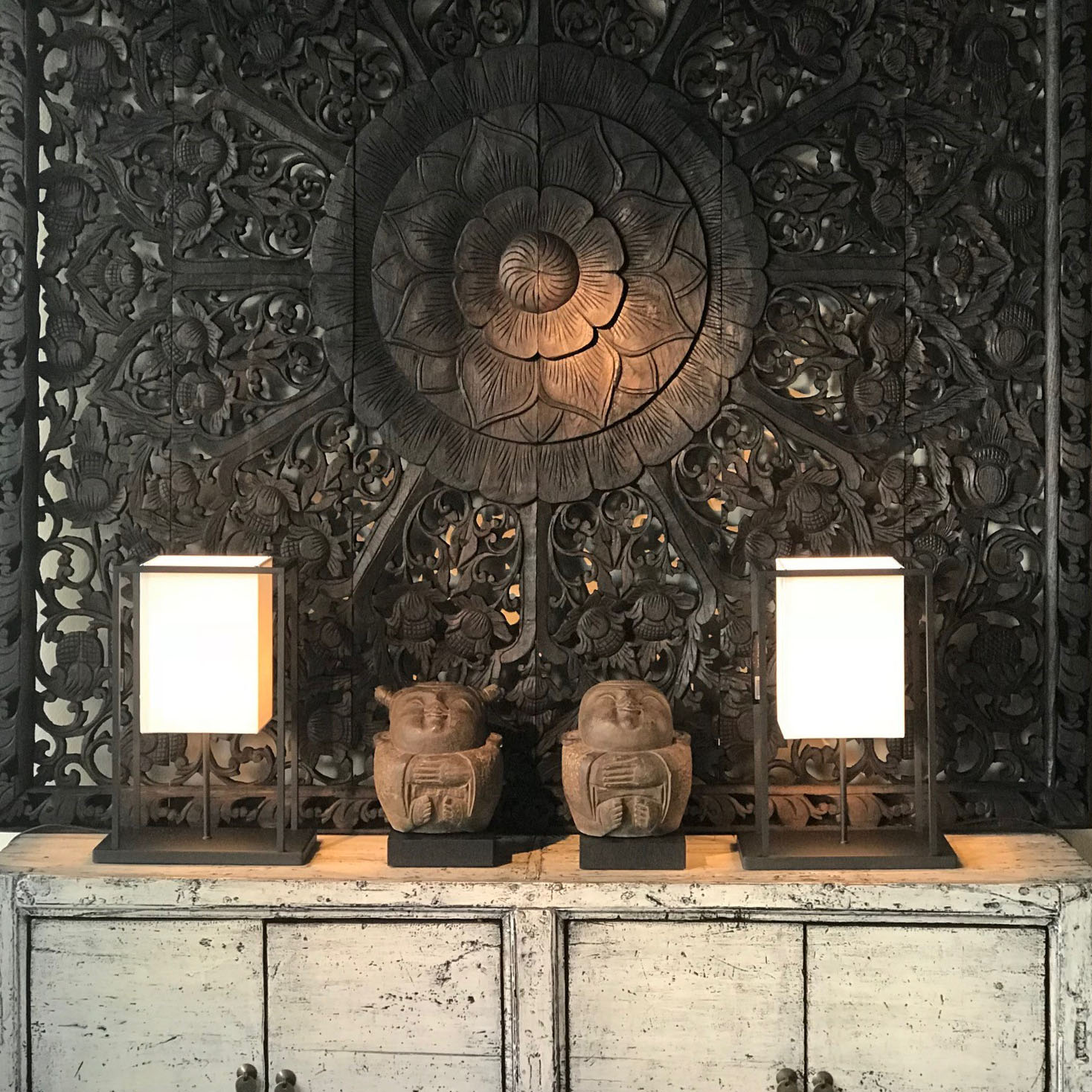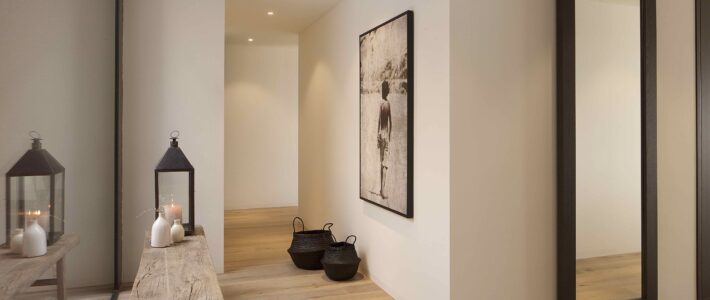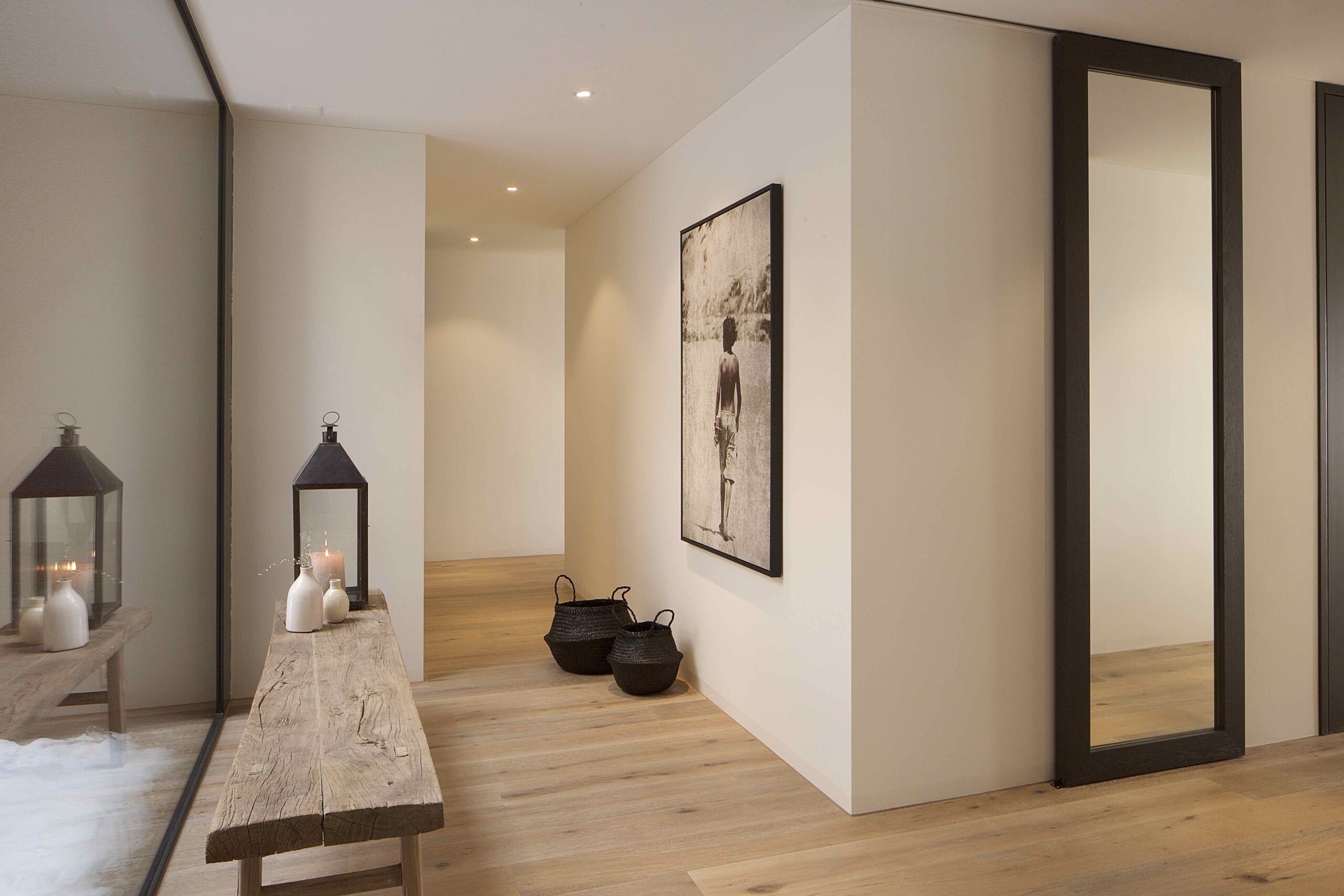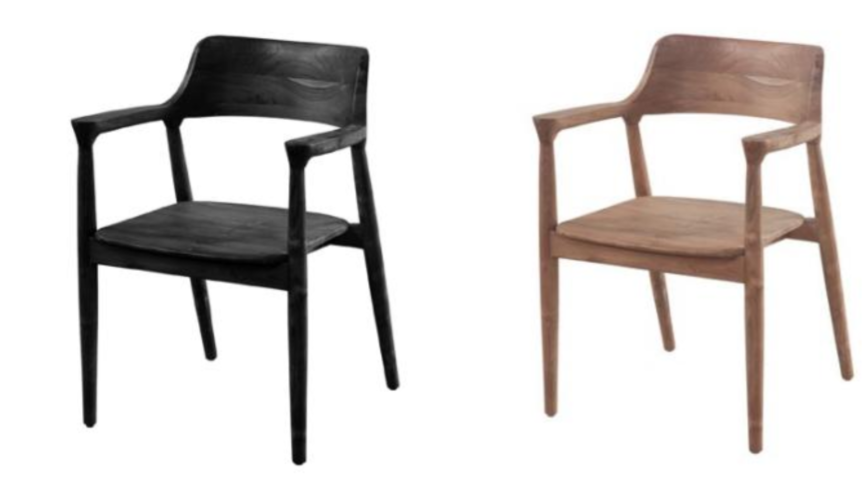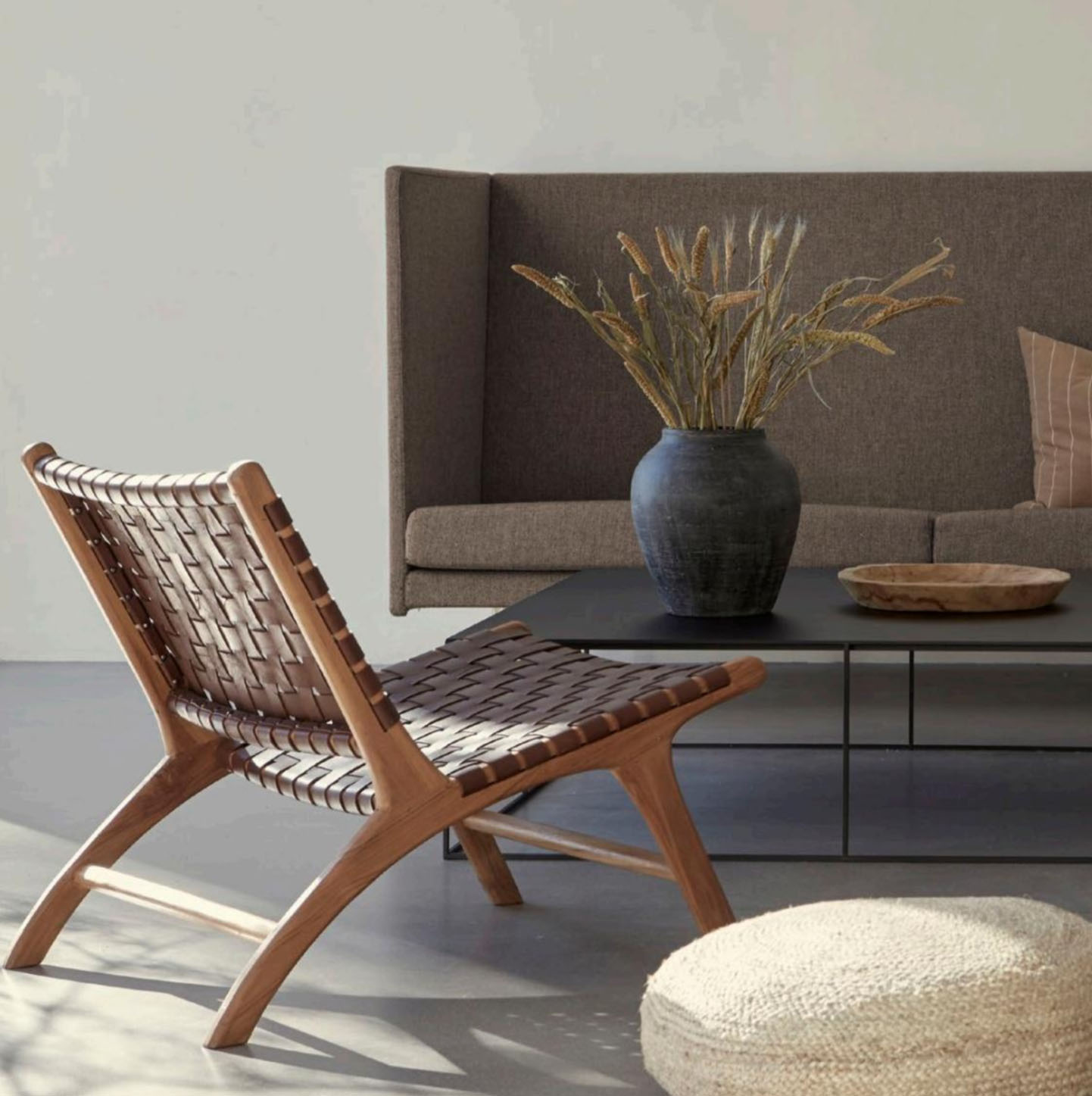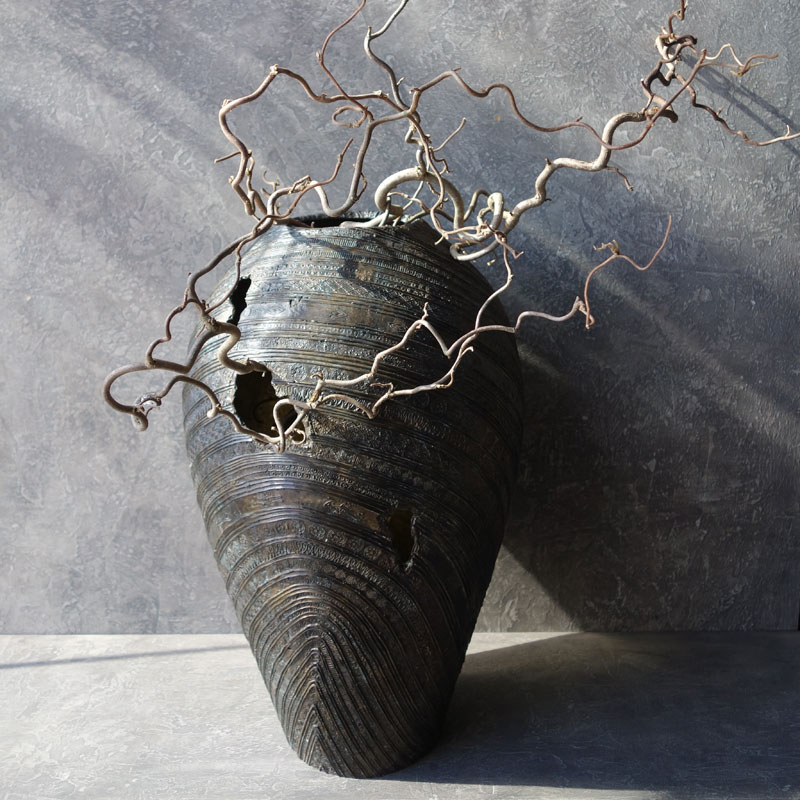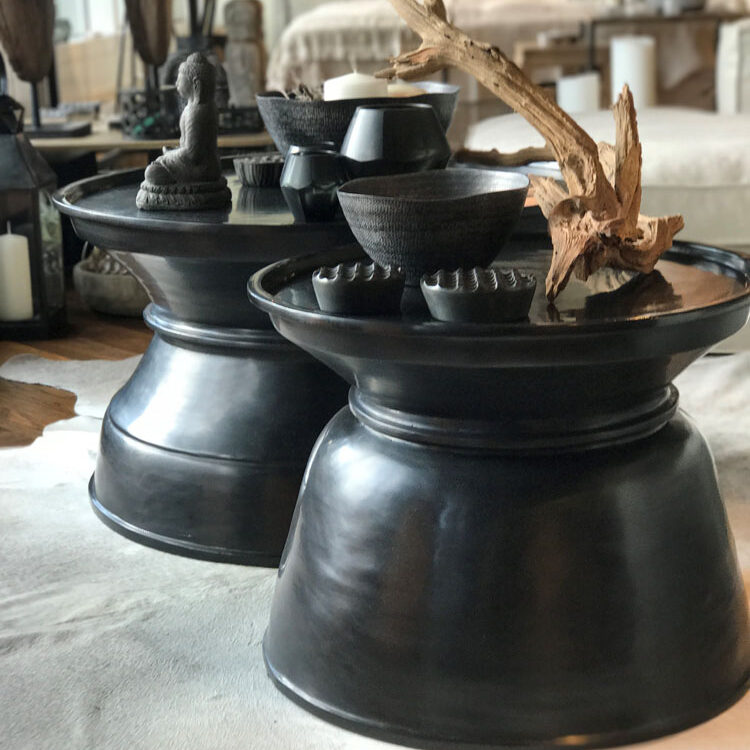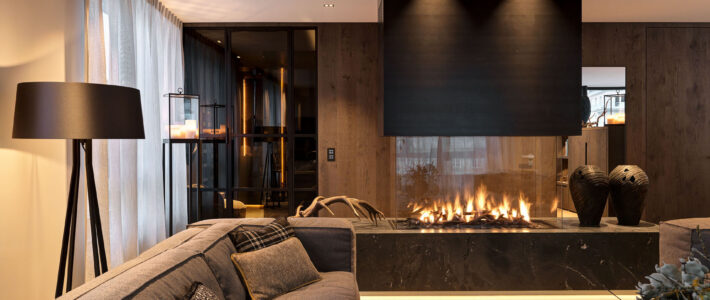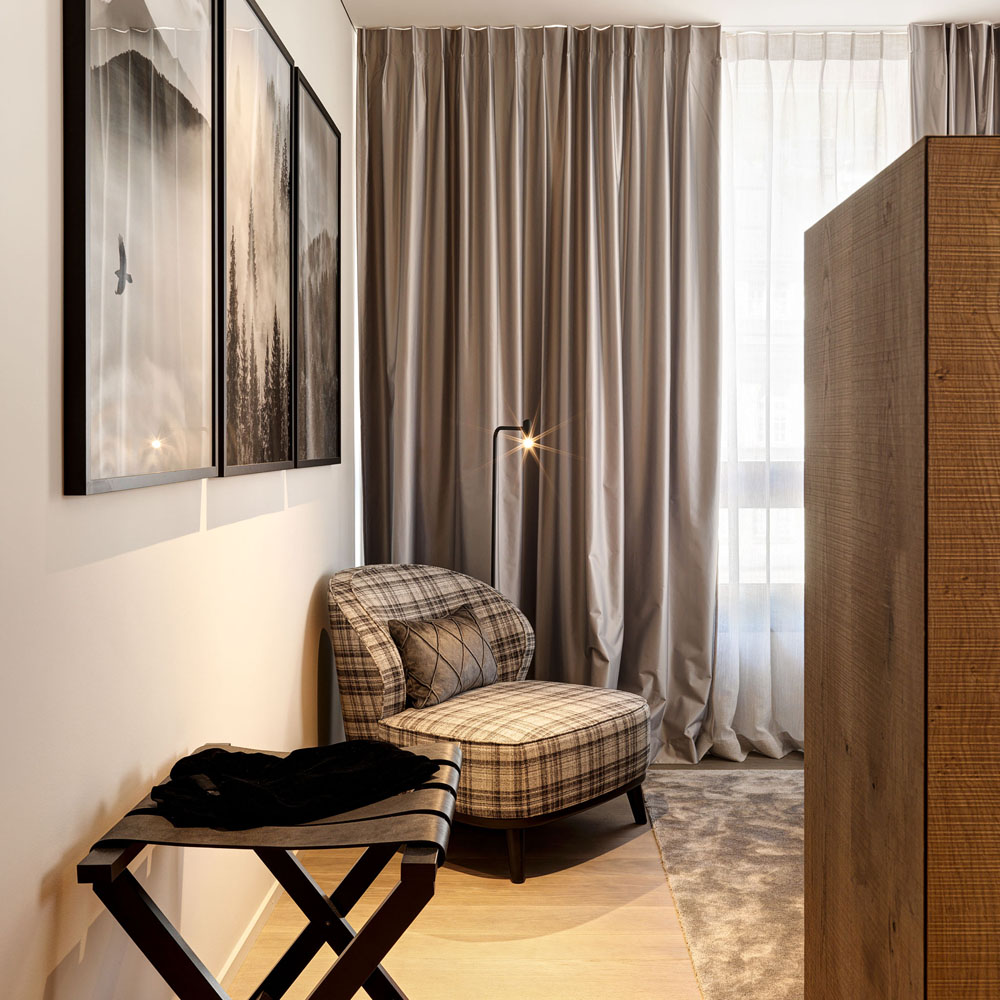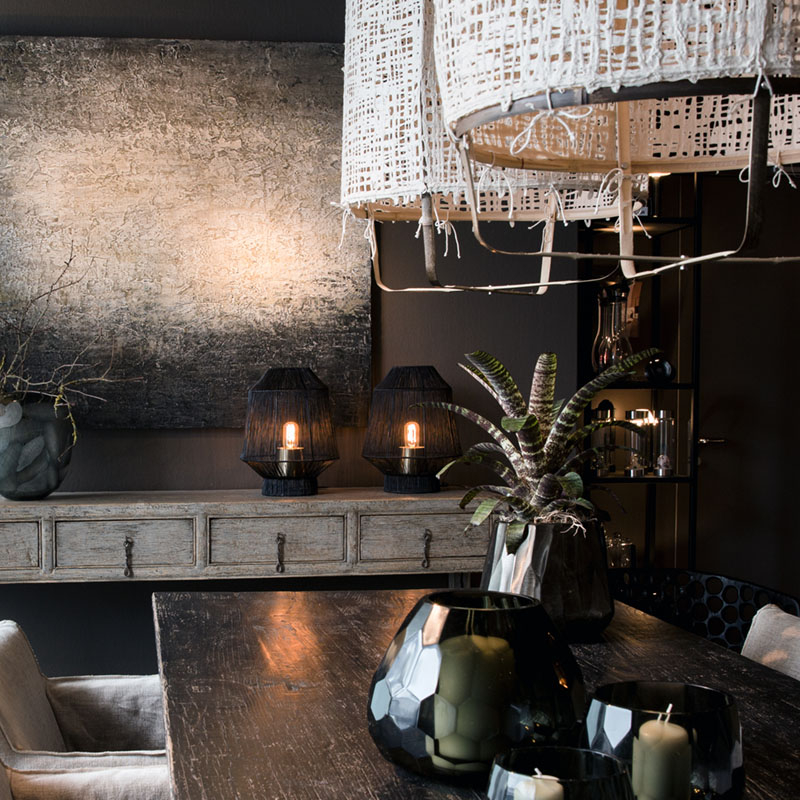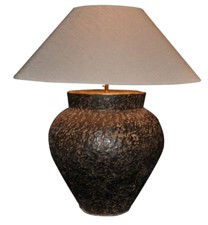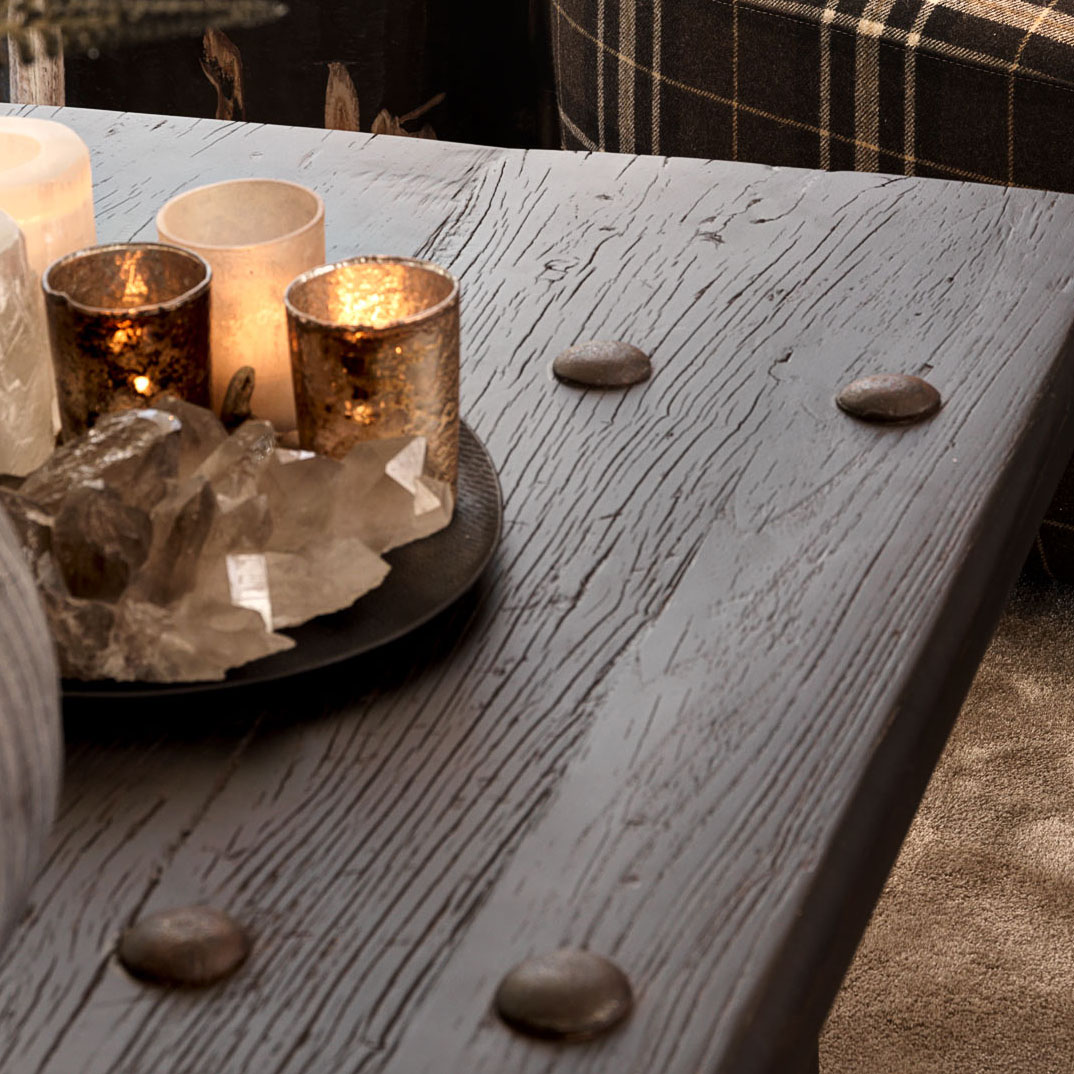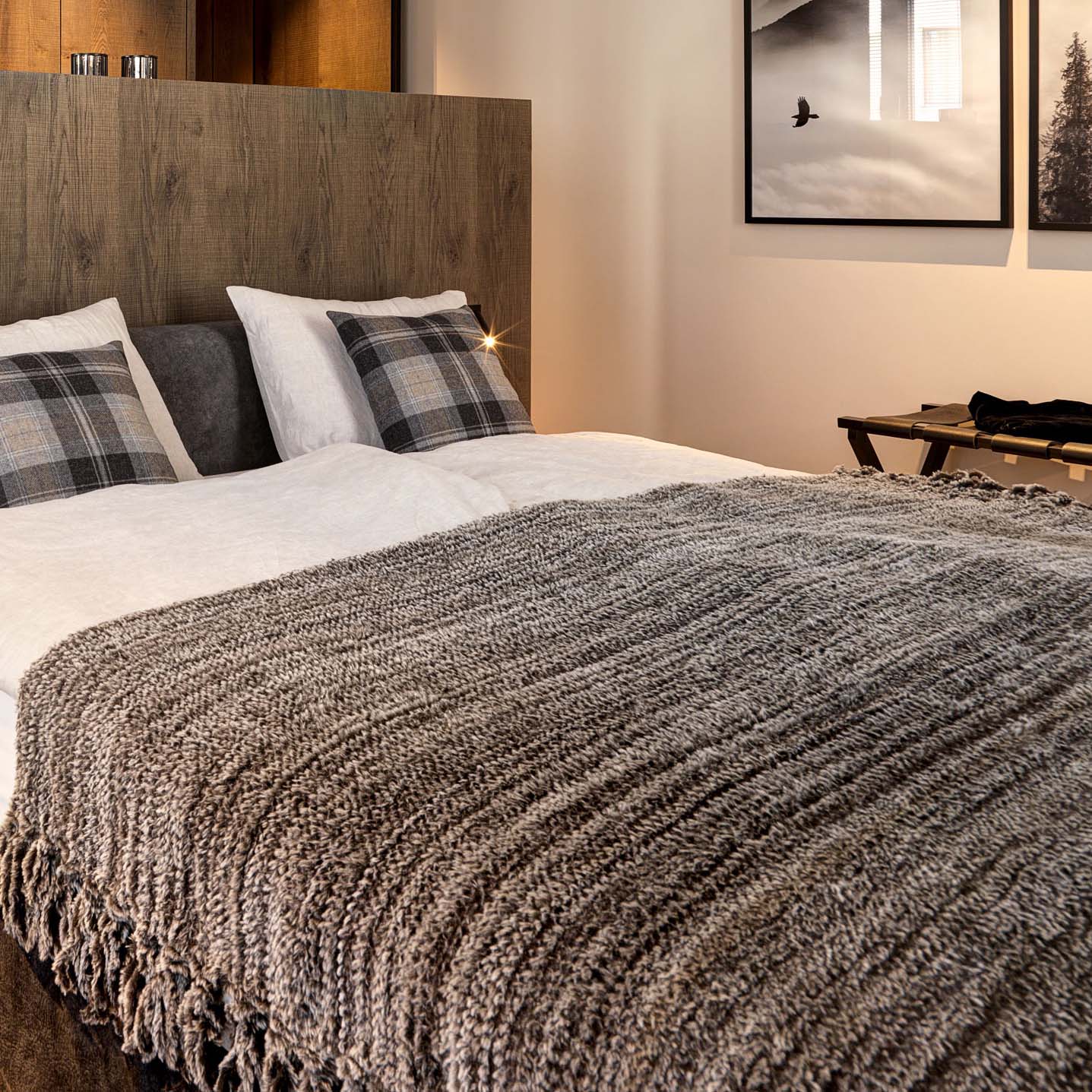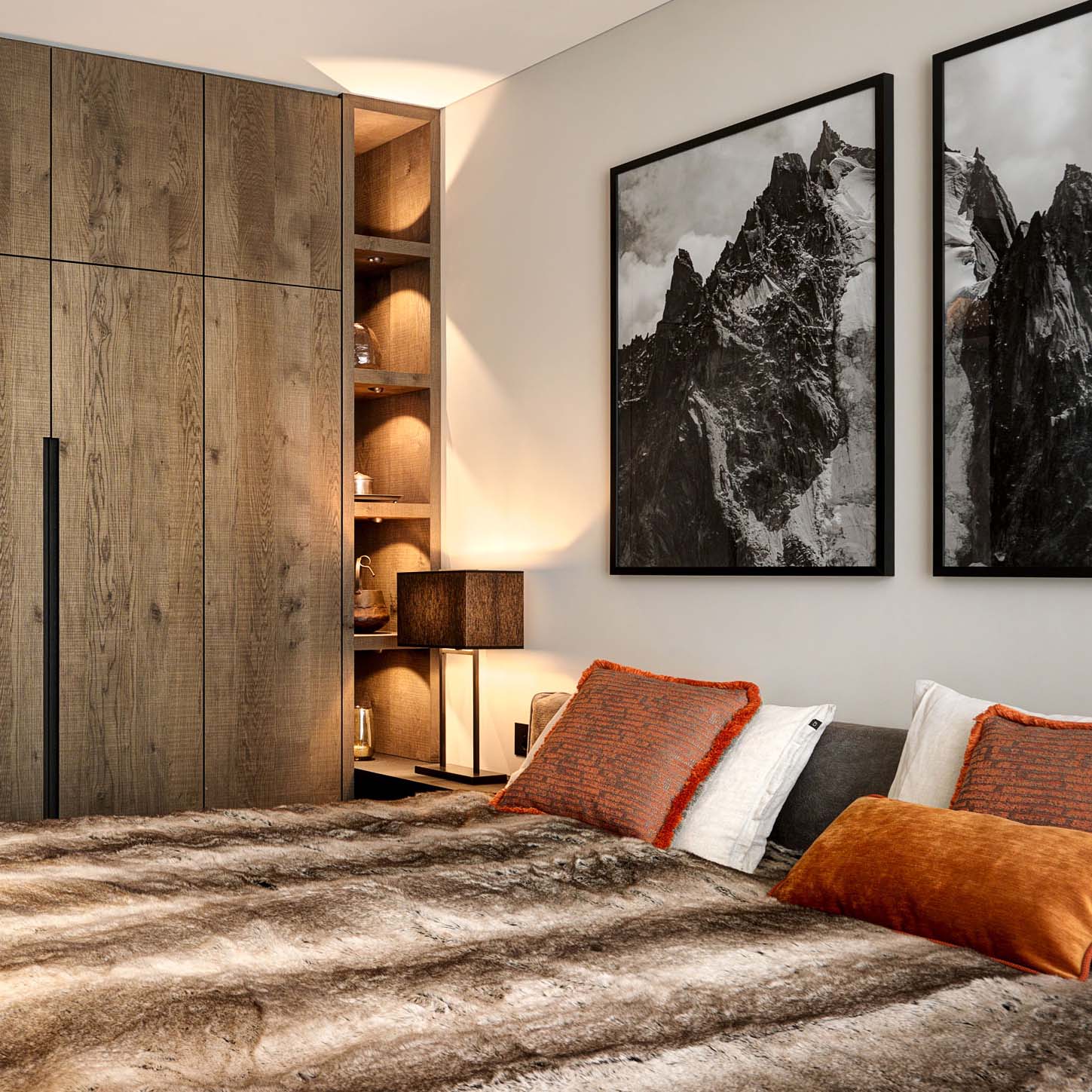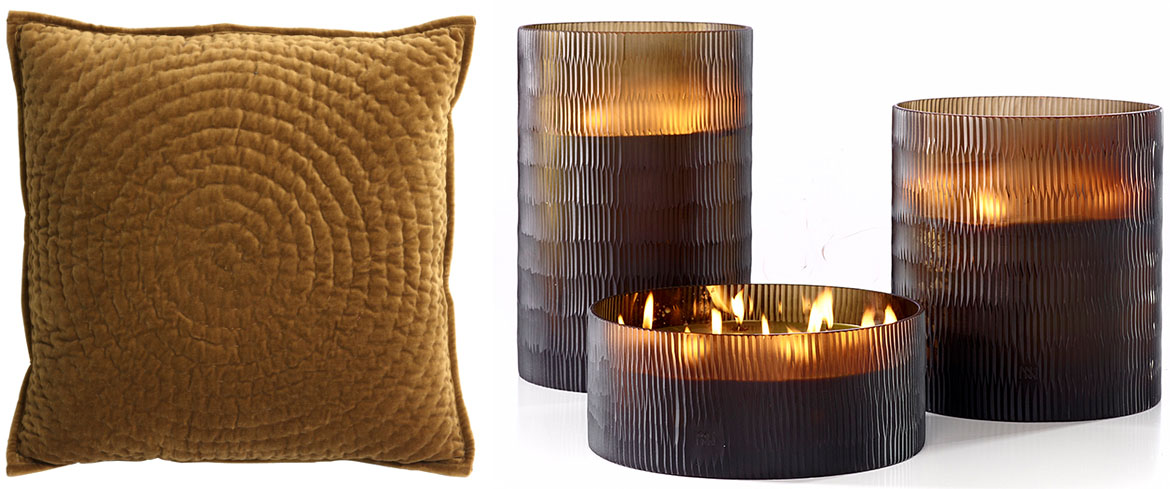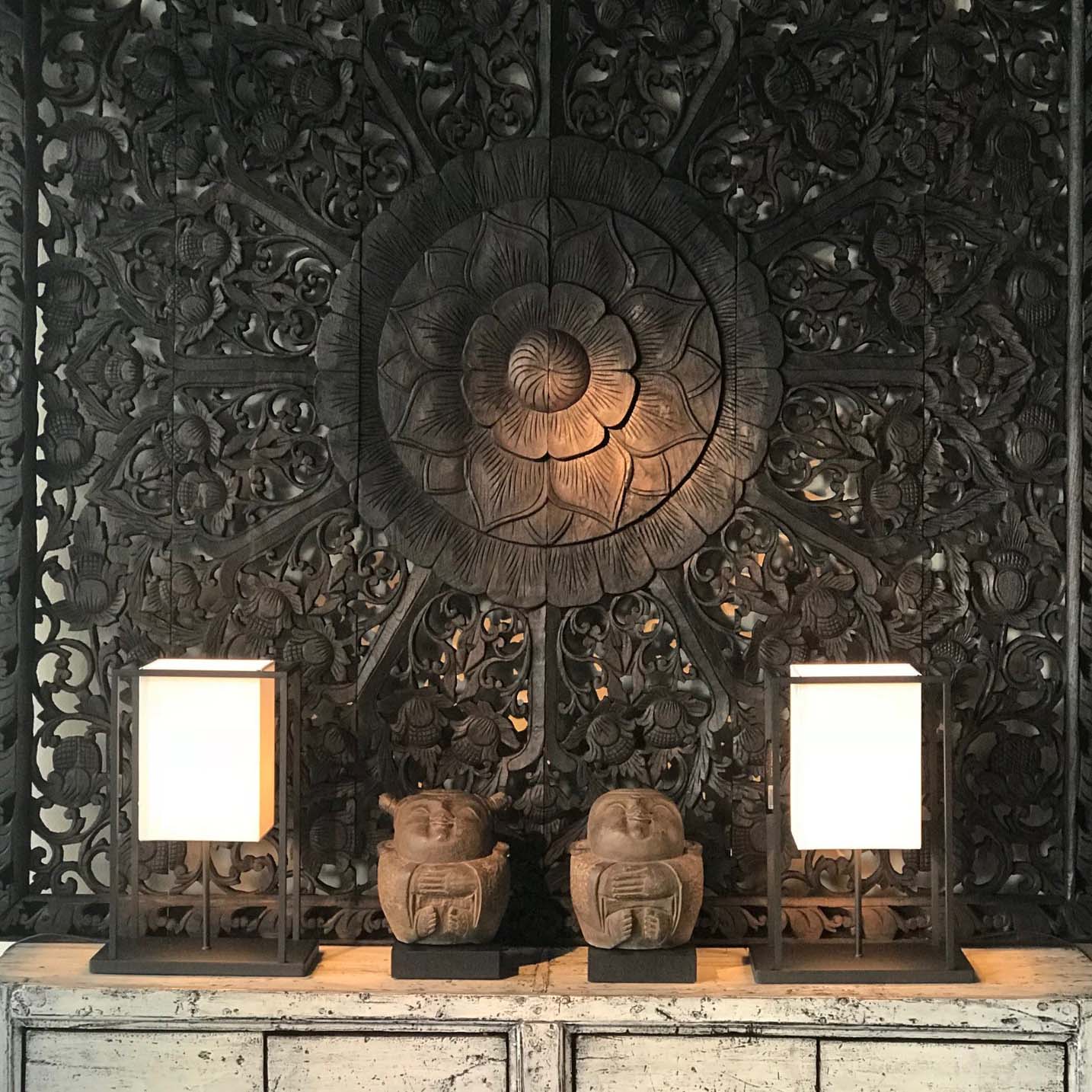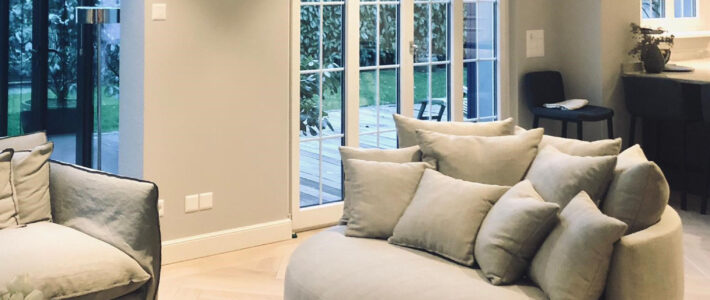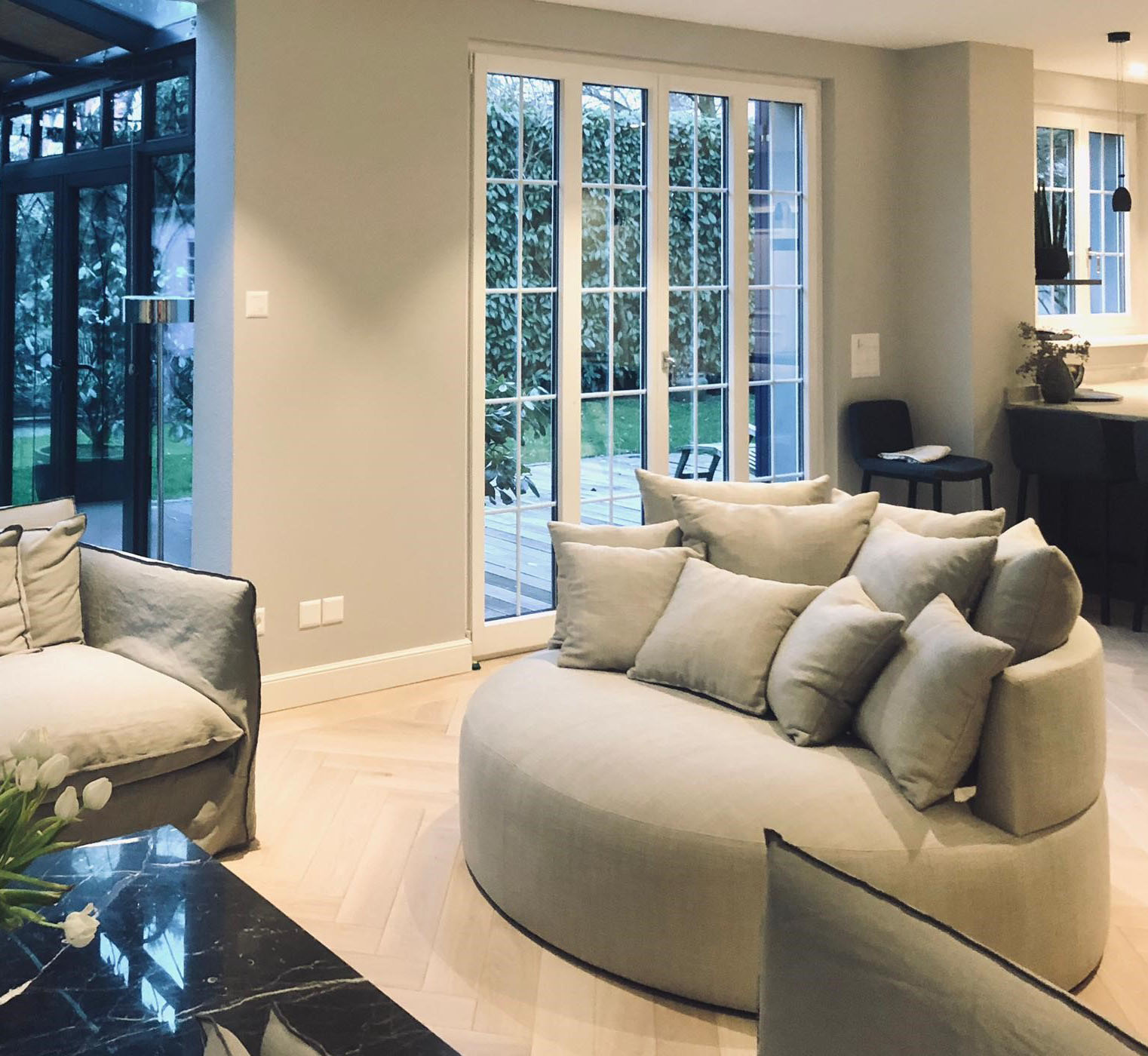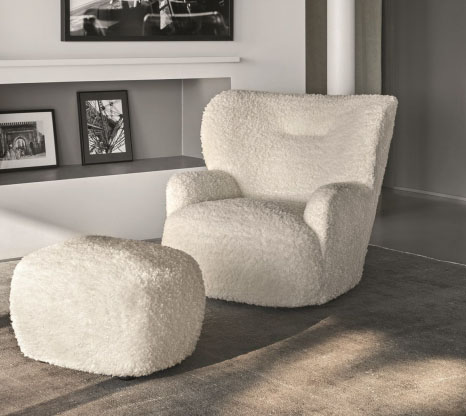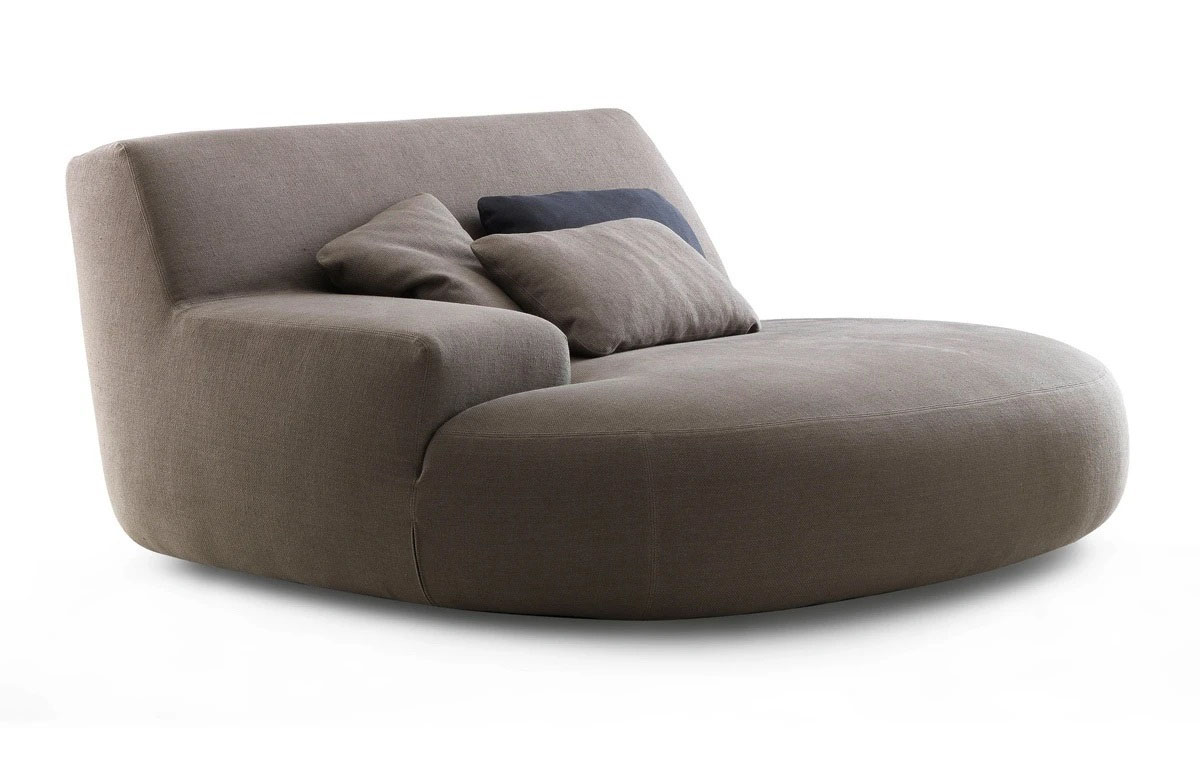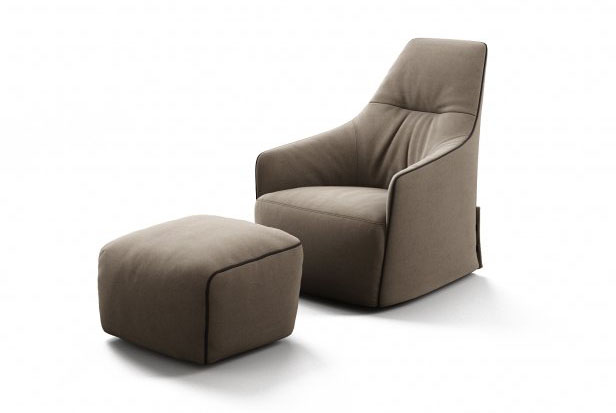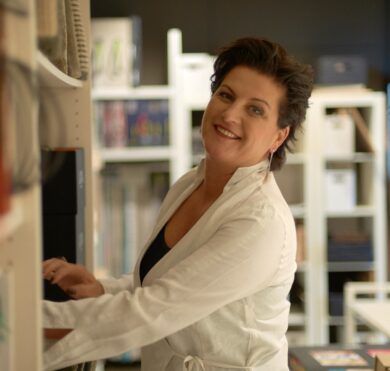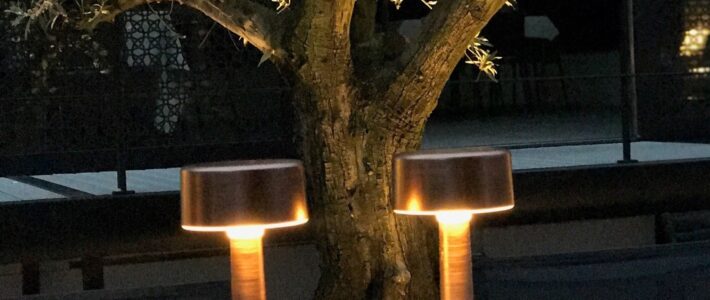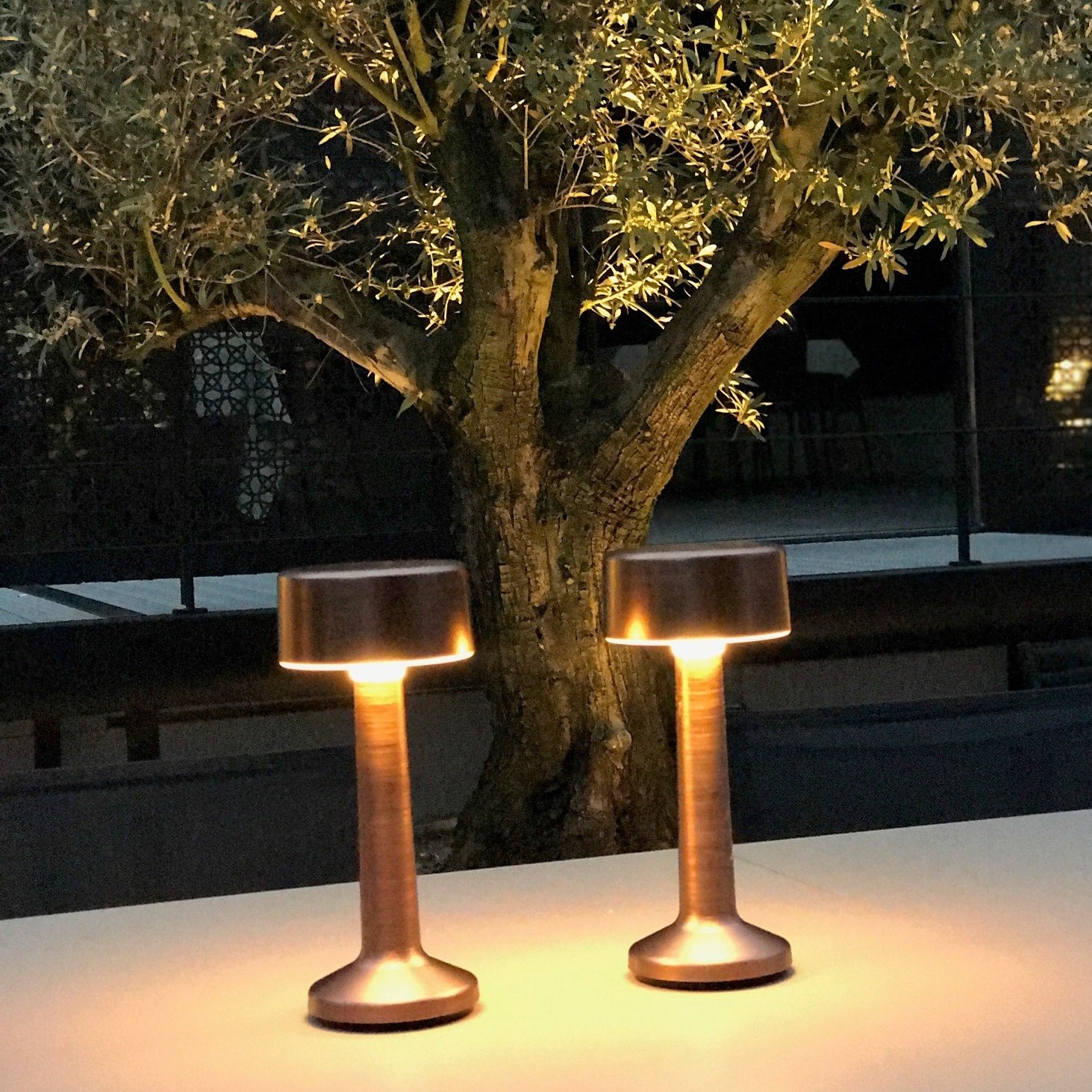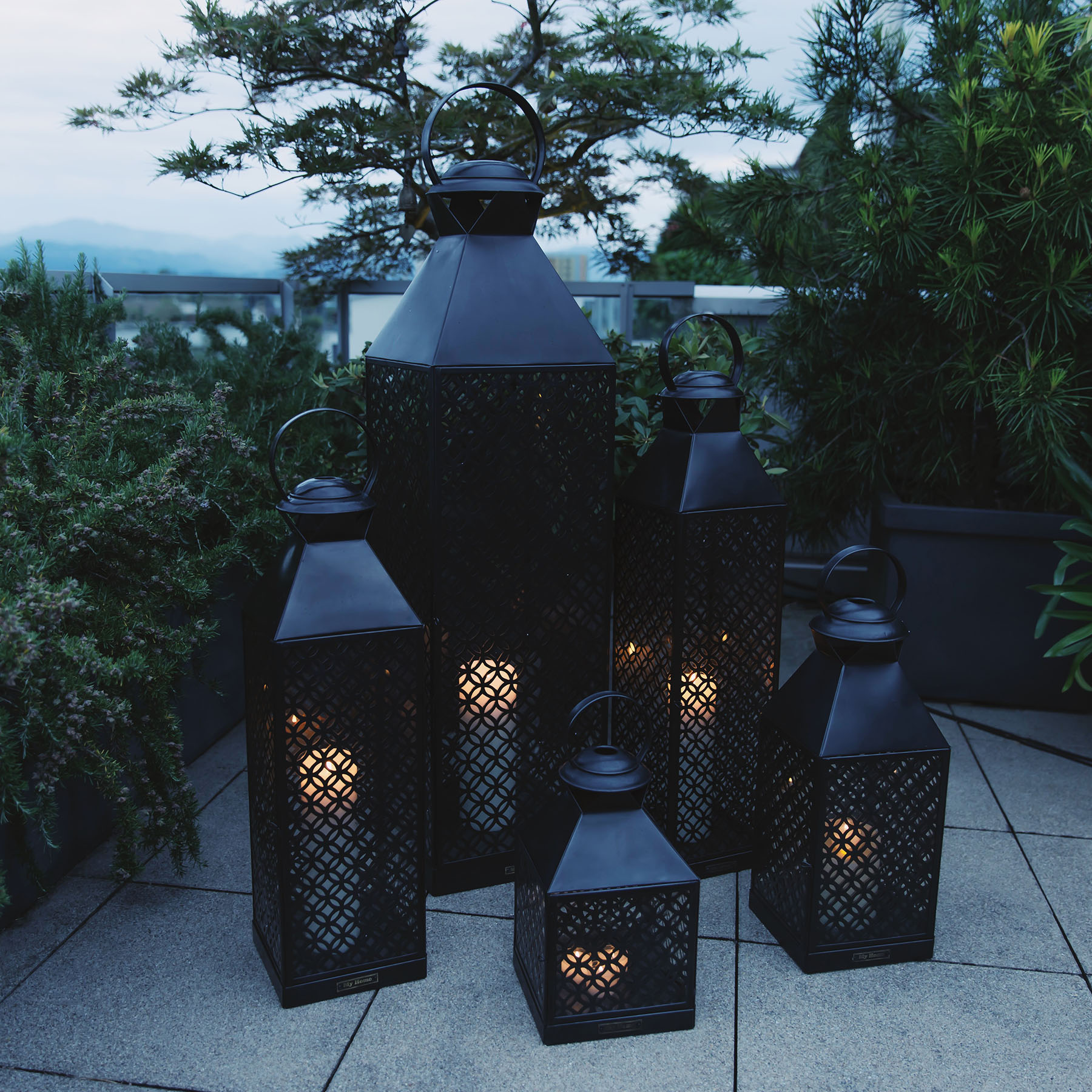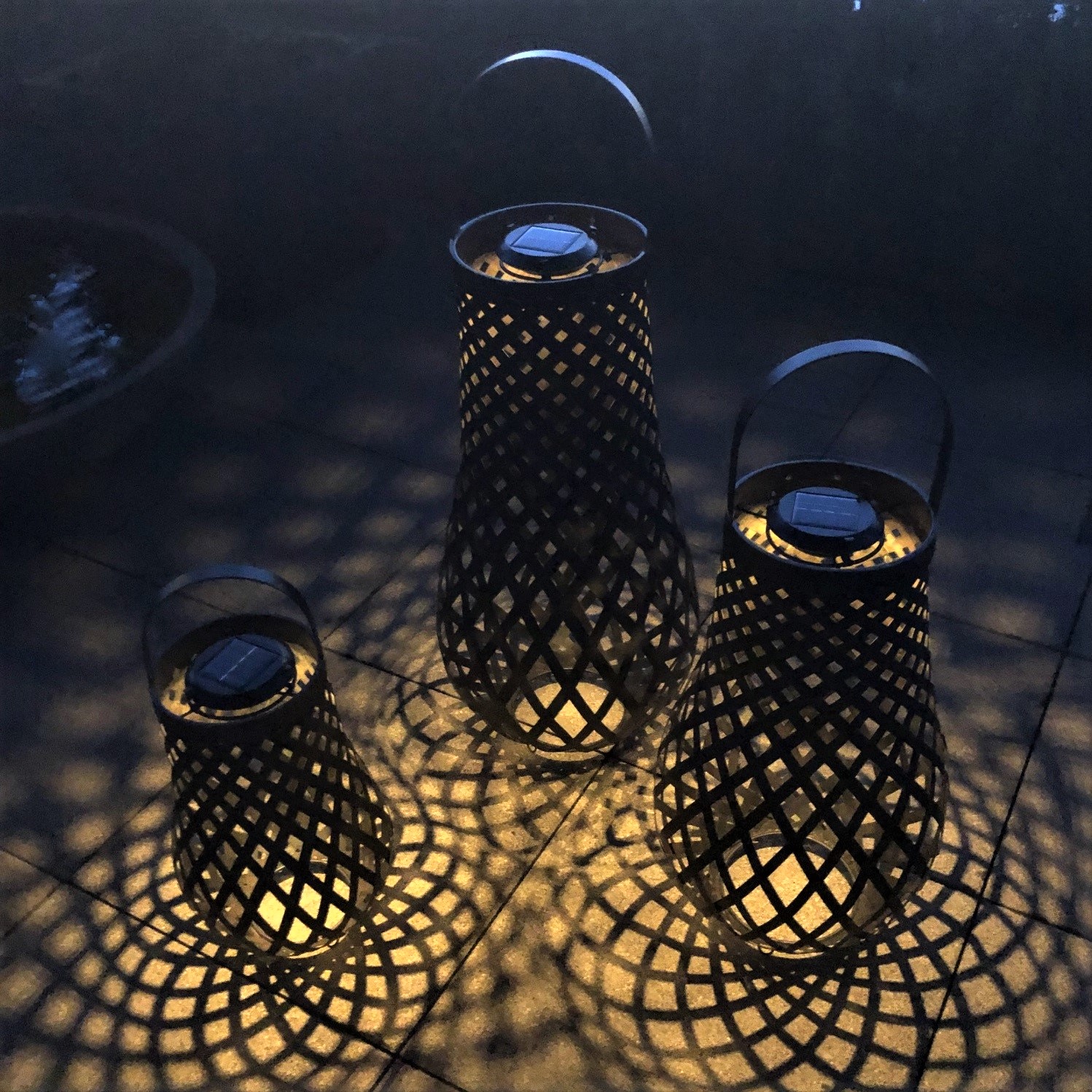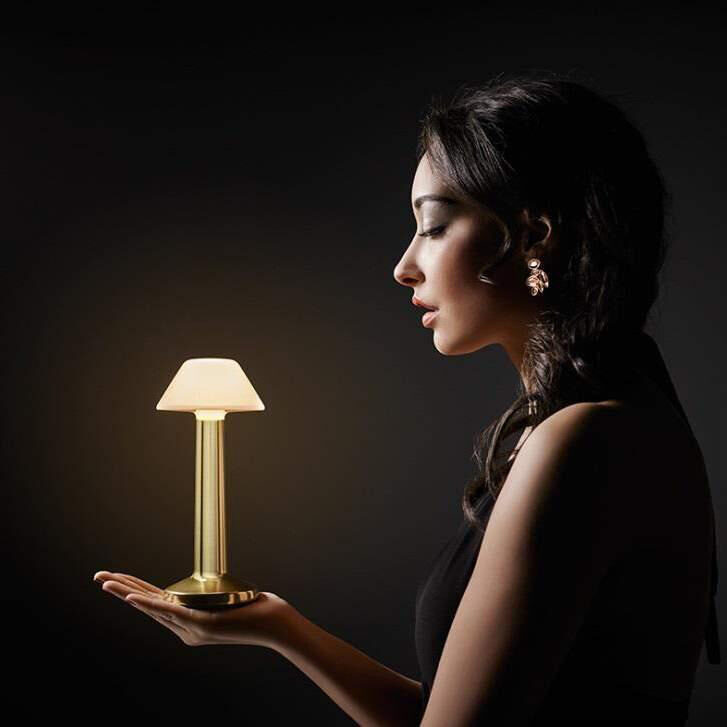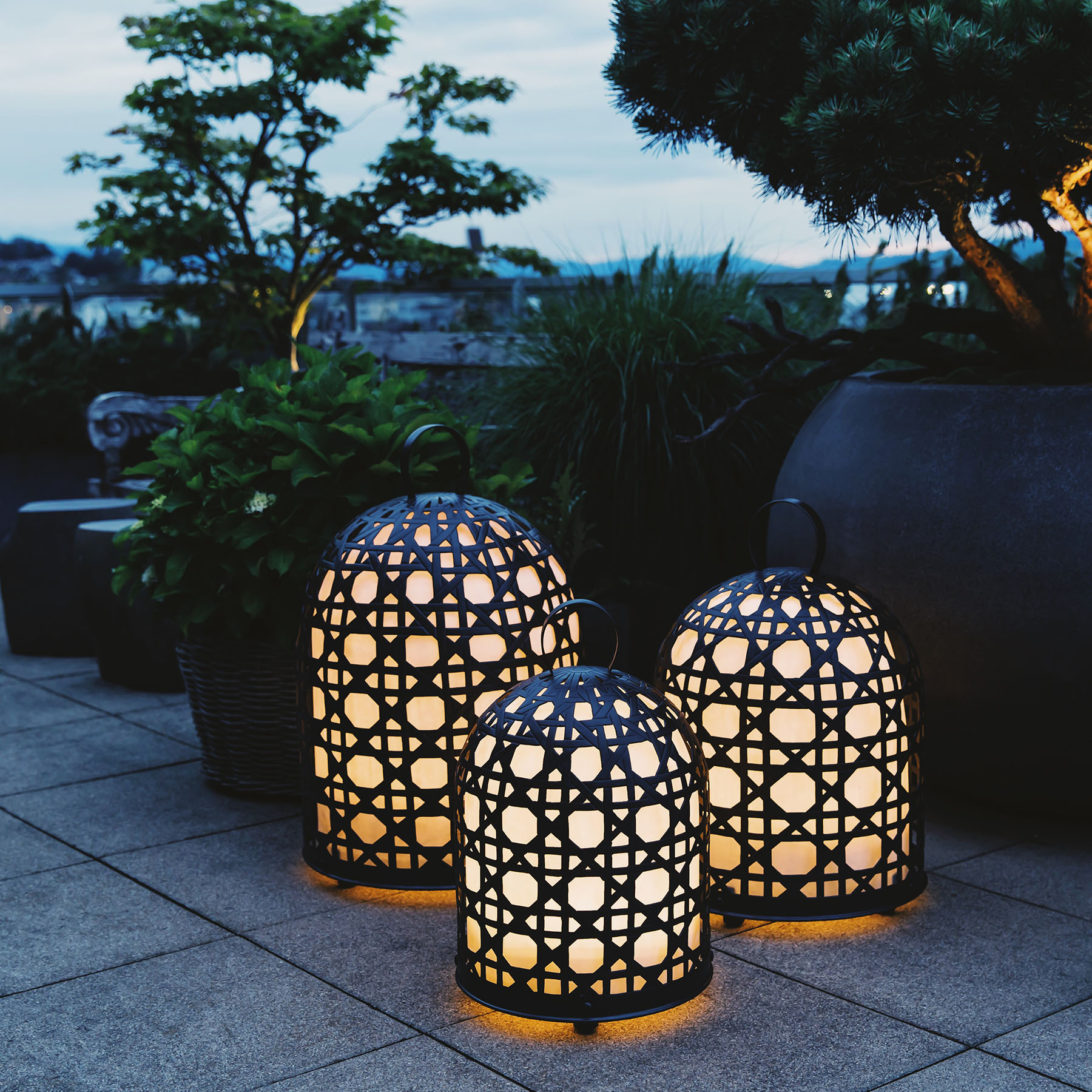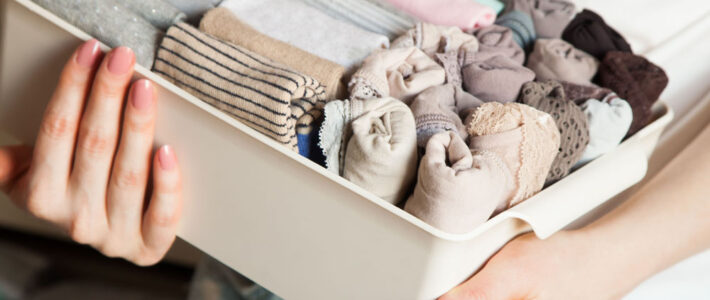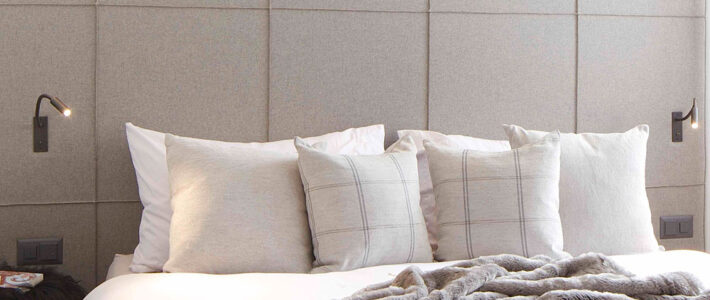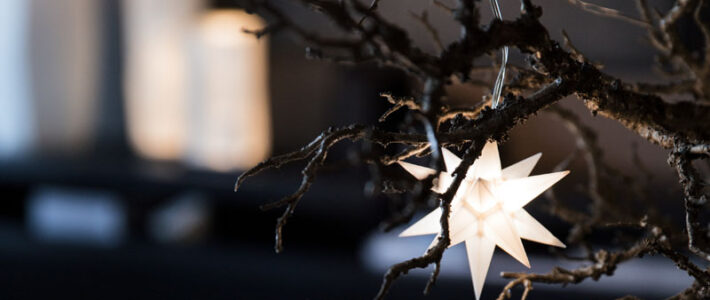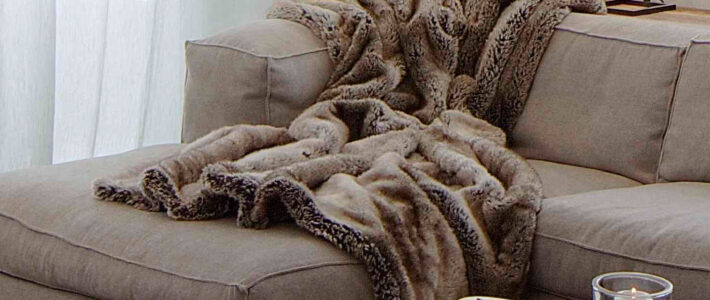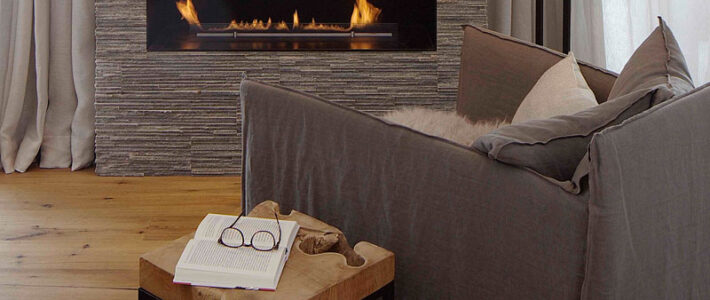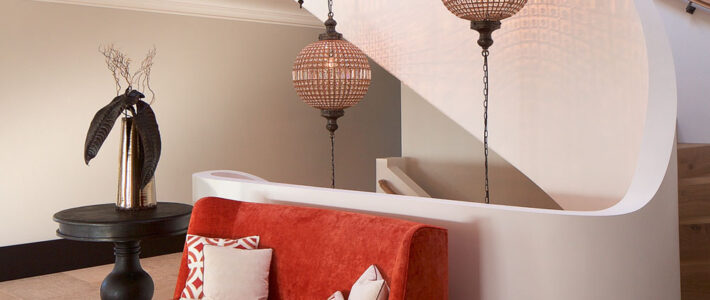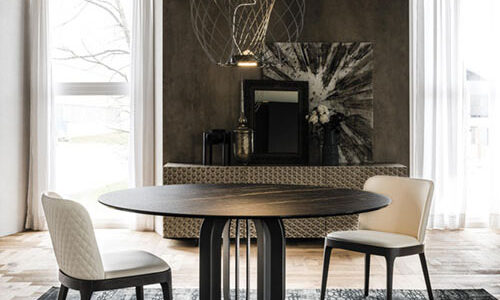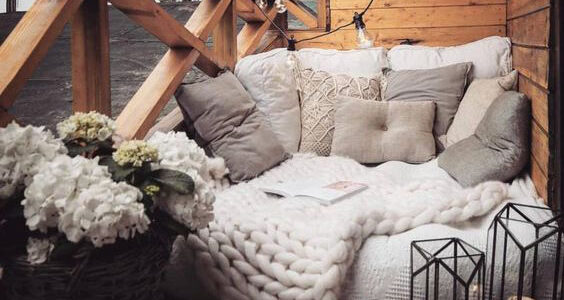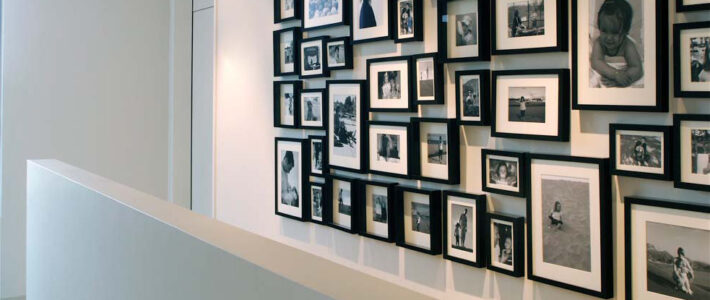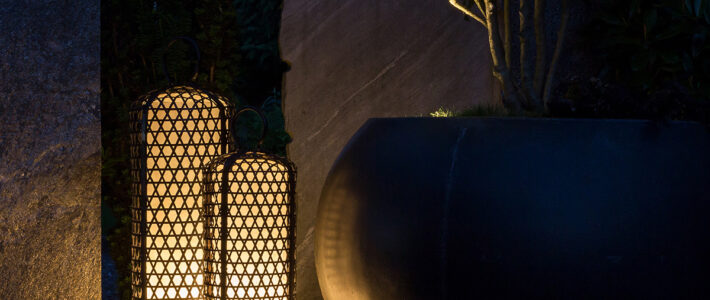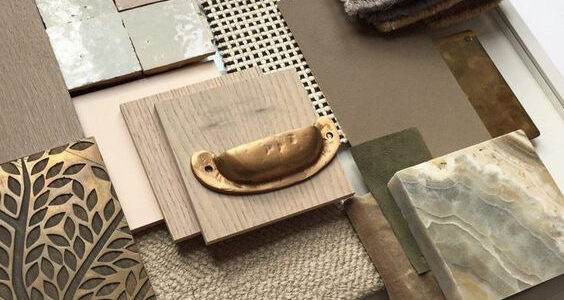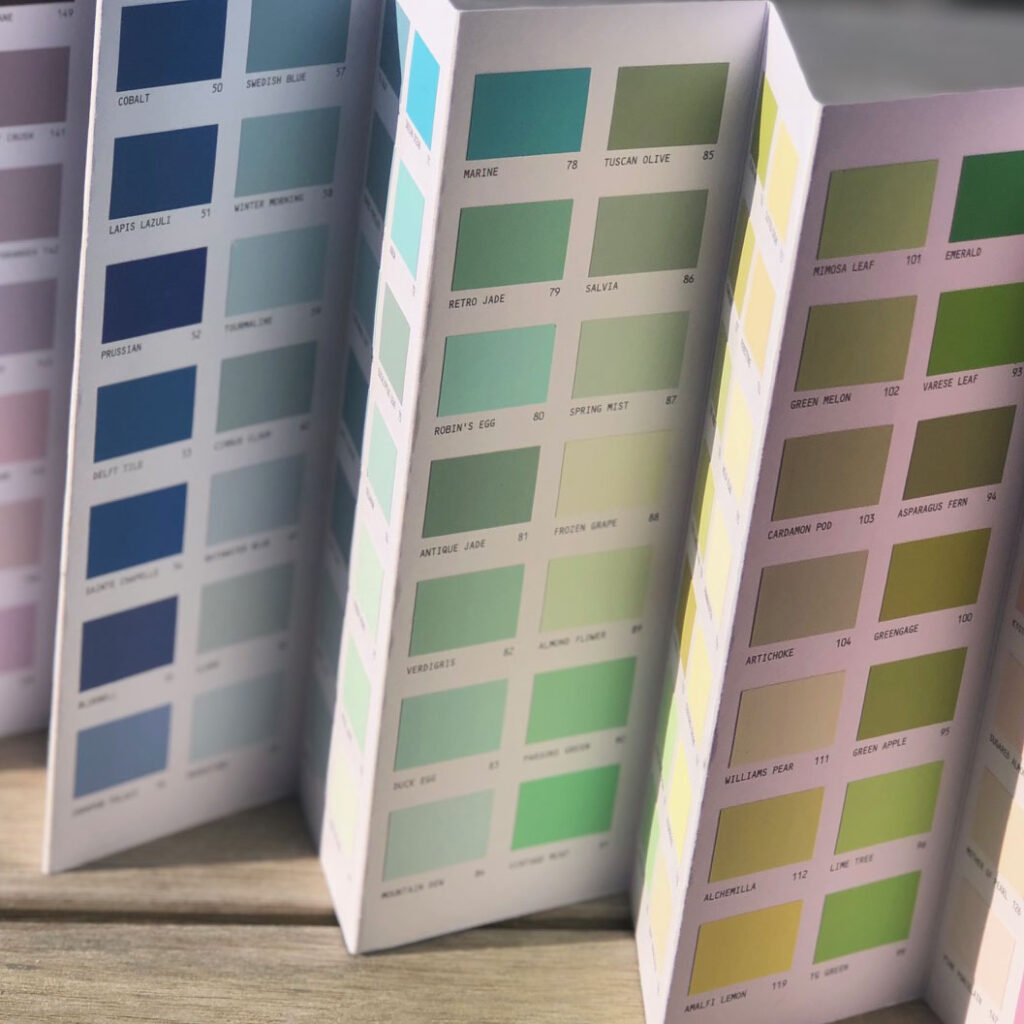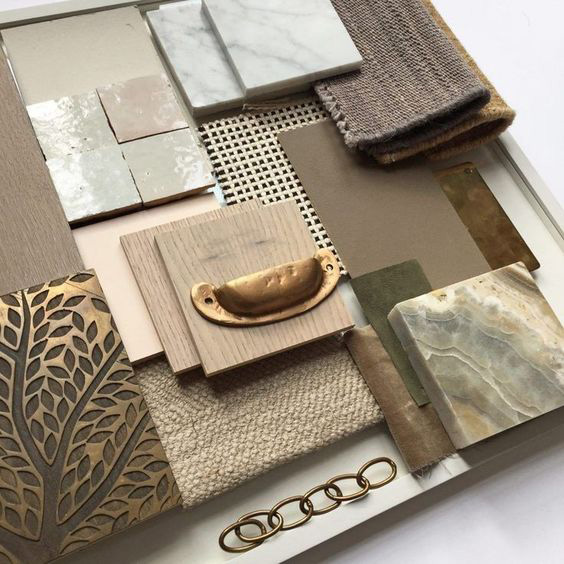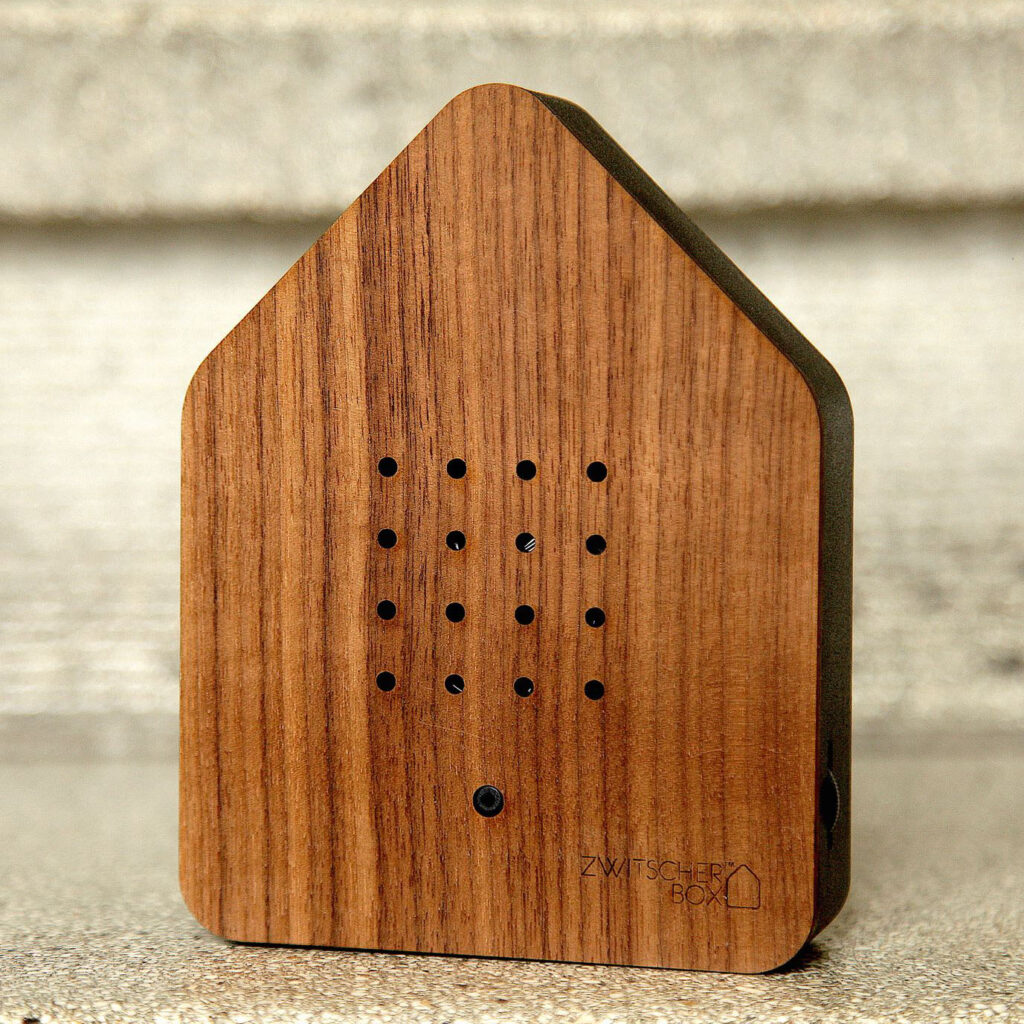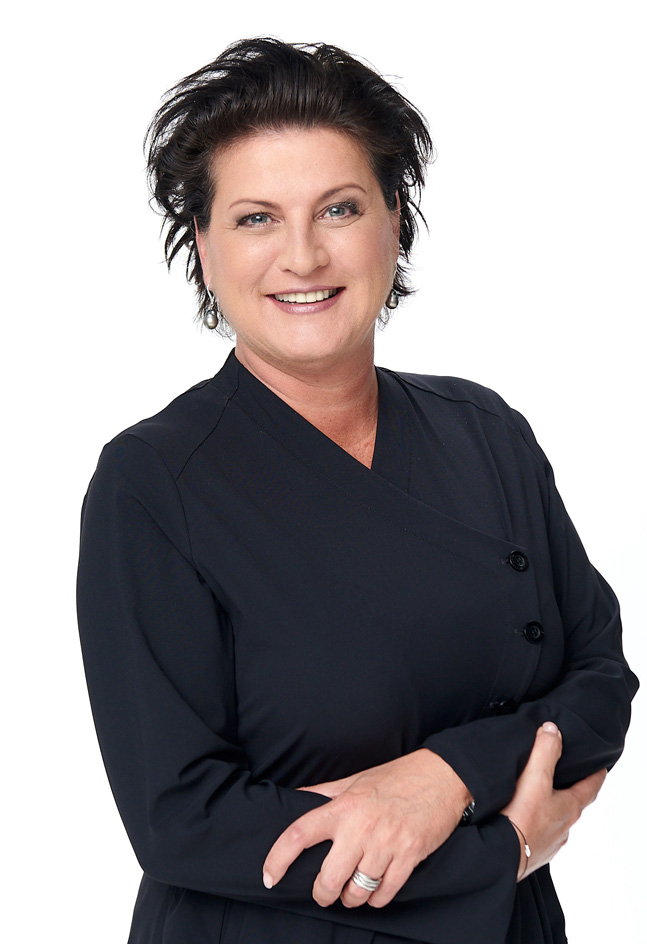SPACE-HACK No 4 – Longevity
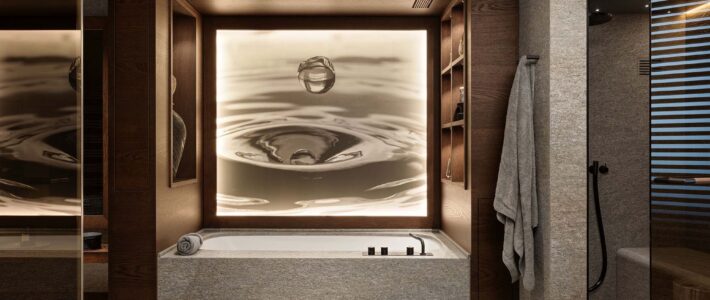
You may be familiar with BIO-HACKING or all the LIFE-HACKS from social media? SPACE-HACKING is the evidence-based approach to designing spaces that sustainably improve your quality of life – whether at home or at work.
For a longer and healthier life.
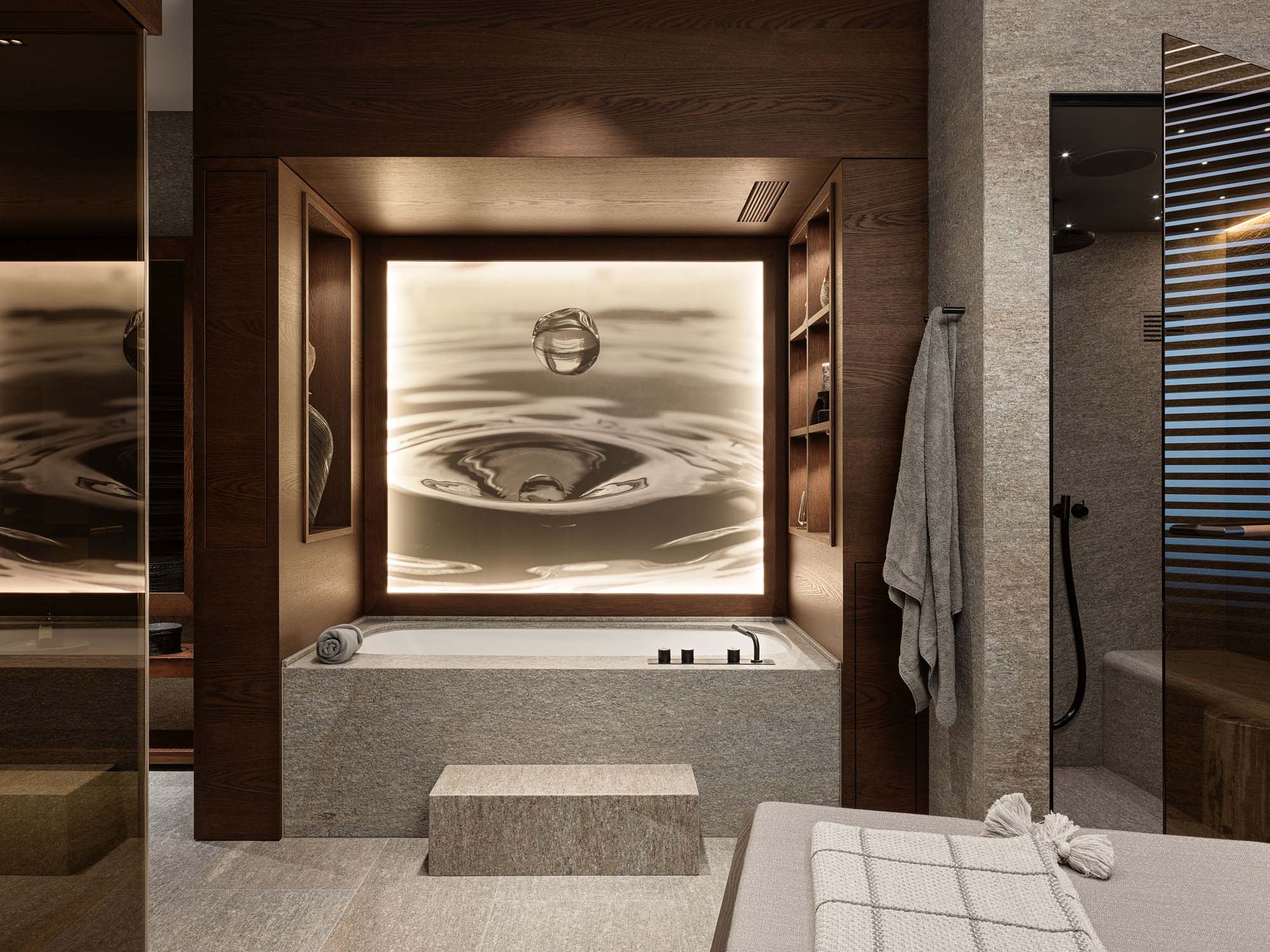
Longevity begins within your own four walls
The average European spends around 90% of their lives indoors. That is why I am convinced that a home should serve as a place of retreat and strength. Your own four walls support health, regeneration and inner balance in today’s fast-paced world.
Can a home heal?
The question sounds spiritual – and yet research results from spatial psychology and evidence-based design (EBD) answer it with a clear ‘yes’.
Spaces act like an invisible force on our nervous system and energise us.
And this is where longevity begins – not in lab results or supplements, but in the room where you wake up, breathe and calm down every day.
Your home is your silent therapist.
And with the right design, it can strengthen resilience, cellular health and emotional balance. But how can such a home be designed?
I’ll give you four tips:
Sleep – the underestimated fountain of youth
Did you know that chronic sleep deprivation increases the risk of dementia and cardiovascular disease? Sleep is essential for regeneration and health.
TIPS
Use blackout curtains, smart light control or a sleep mask to keep the bedroom dark
Banish LED diodes or cover them with adhesive dots to minimise electronic light sources
Use pillow sprays with lavender or camomile for a relaxing sleep
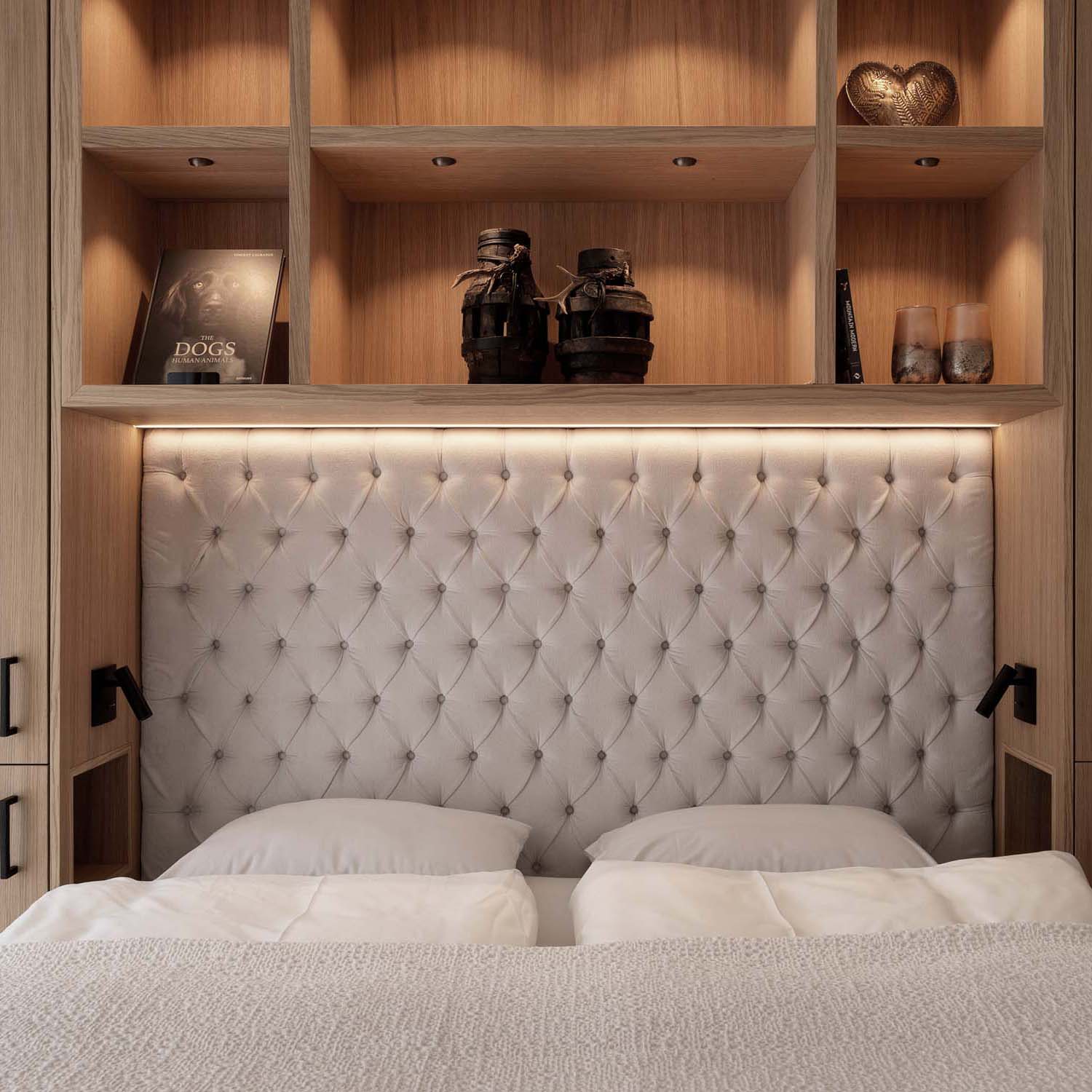
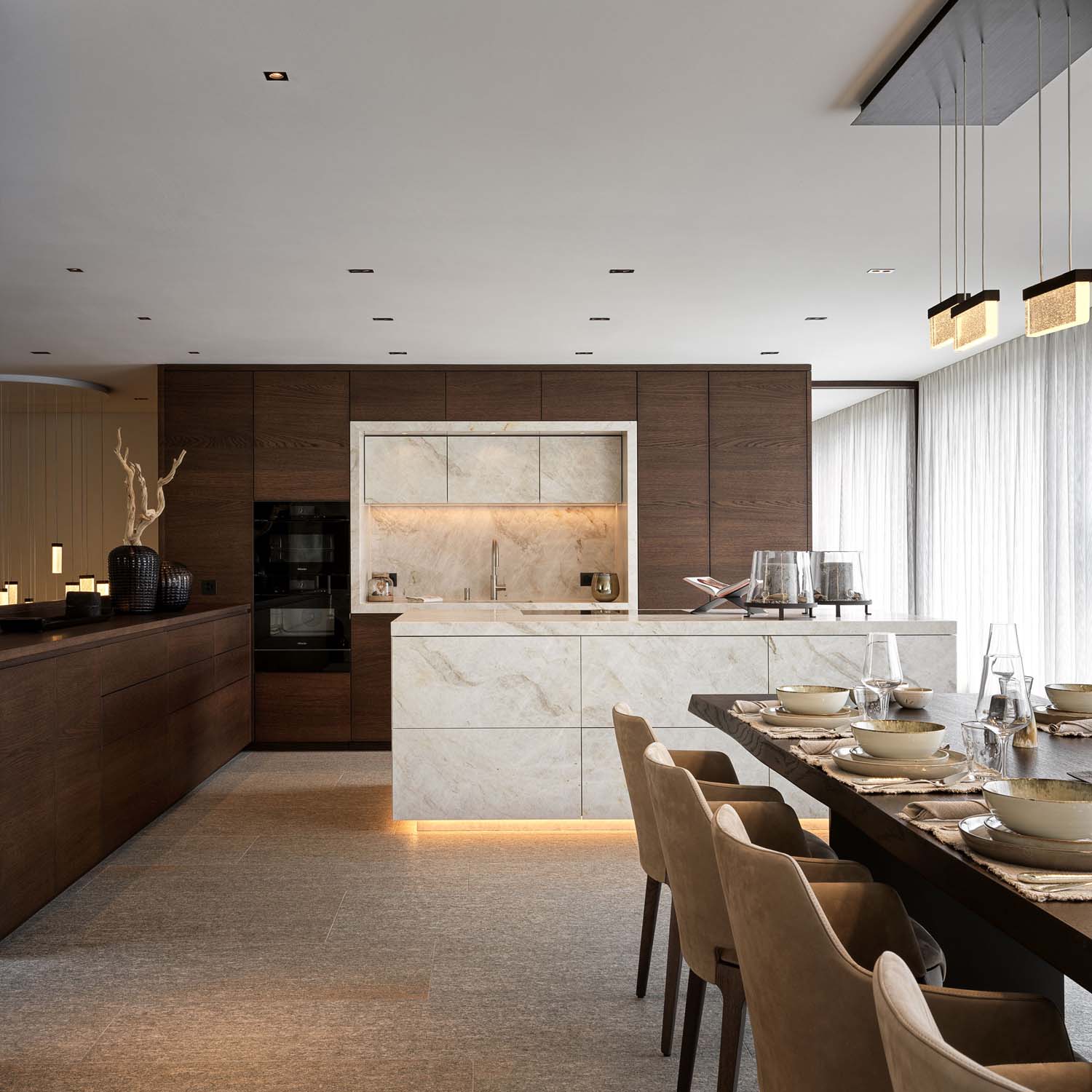
Multisensory interior design – spaces for the senses
Rooms communicate with you. About colours. Textures. Smells. Light. These components have a demonstrable effect on our mood and cognitive performance.
When all the senses are in balance, a feeling of being at home is created.
TIPS
Use colour zones: warm tones in active and social areas, cool tones in sleeping or meditation areas
Integrate materials that are different, such as soft fabrics for relaxation and textured materials for tactile perception
Essential oils such as citrus stimulate, sandalwood or rosemary promote clarity & security
Wellbeing design: designing rooms with positive energy
Our living space influences far more than just the eye – it affects our emotional balance and our health. For me, rooms are harmonious when they are not only beautifully designed, but also energetically harmonised.
TIPS
Separate interaction (kitchen, eating, living) from retreat (sleep, meditation)
Create sanctuaries that envelop you – through textiles, soft colours, indirect light
Use sound-absorbing materials or objects – plants, carpets, curtains. Your nervous system will thank you!
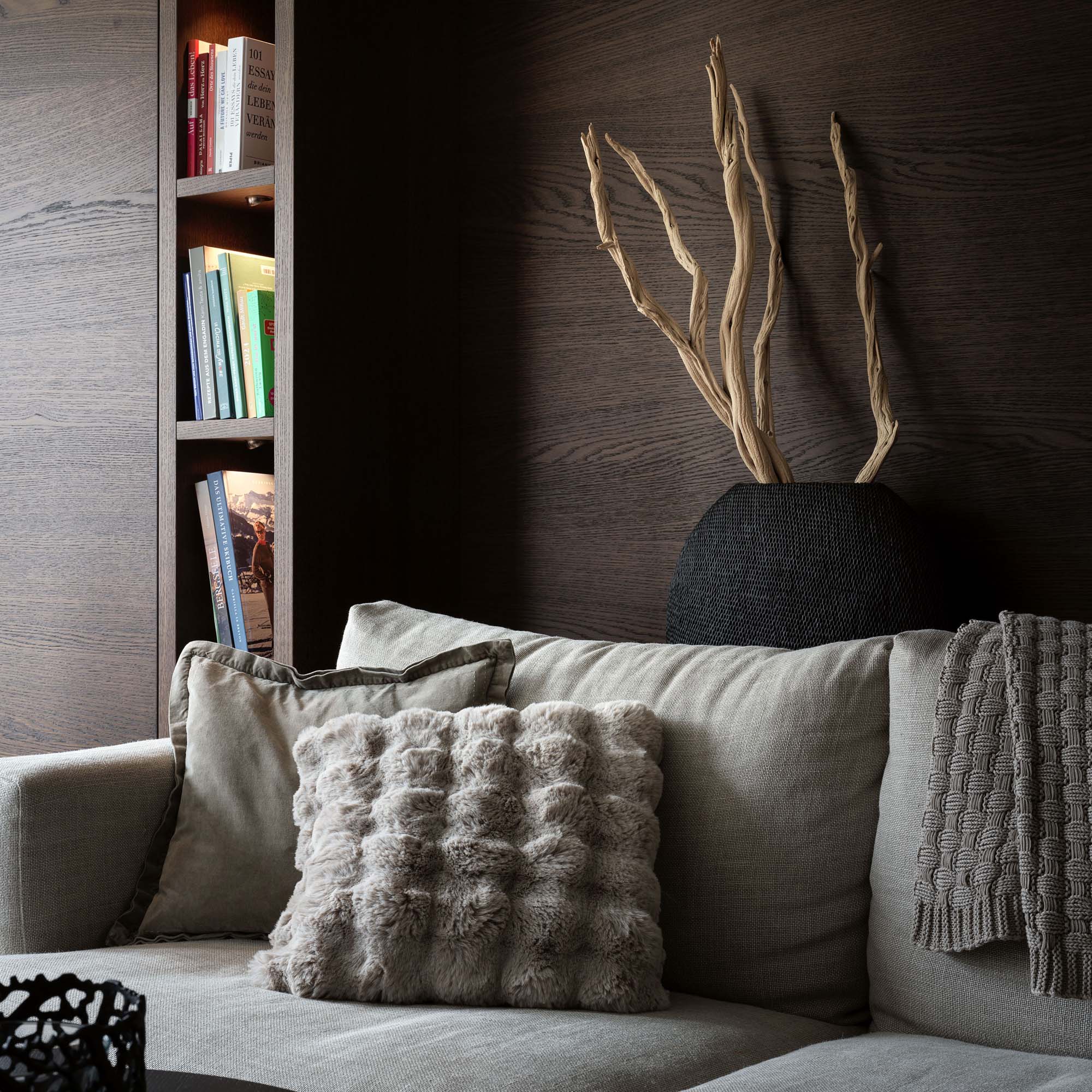
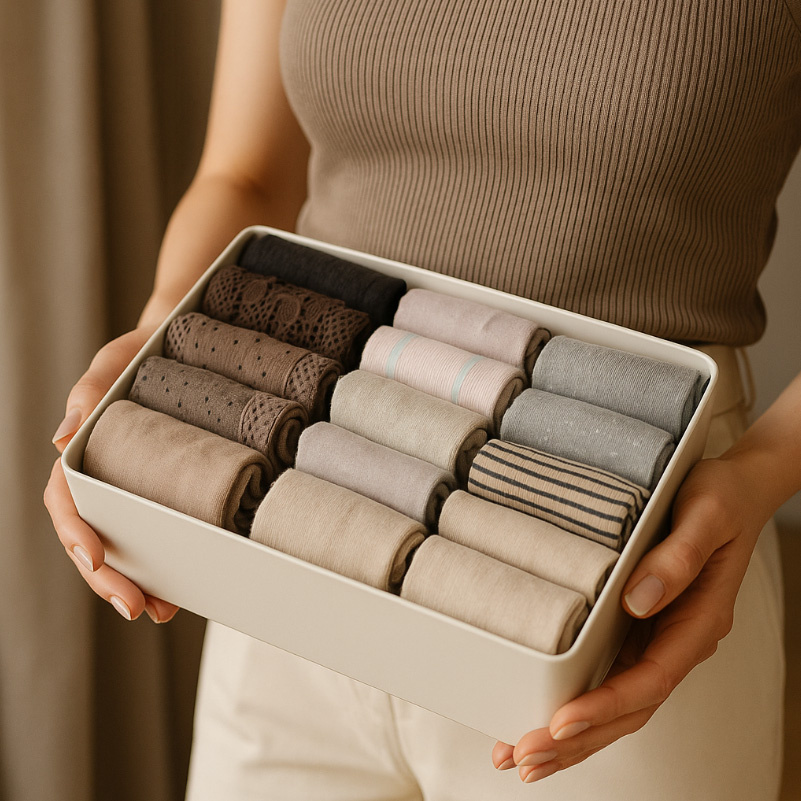
Less really is more – decluttering as mental hygiene
An untidy room often means an overstimulated mind. Decluttering helps to create mental clarity. This leads to a calming environment – and this is where longevity begins.
TIPS
Take a mindful walk through your rooms once a month and consciously look at what could be improved
Create storage space and very clear structures so that clutter can be avoided
Ask yourself whether objects still bring you joy – if not, get rid of them
CONCLUSION
Longevity begins within your own four walls. A consciously designed living space not only promotes physical health, but also strengthens resilience, creativity and emotional balance. With a few changes, you too can transform your home into your own personal longevity booster.
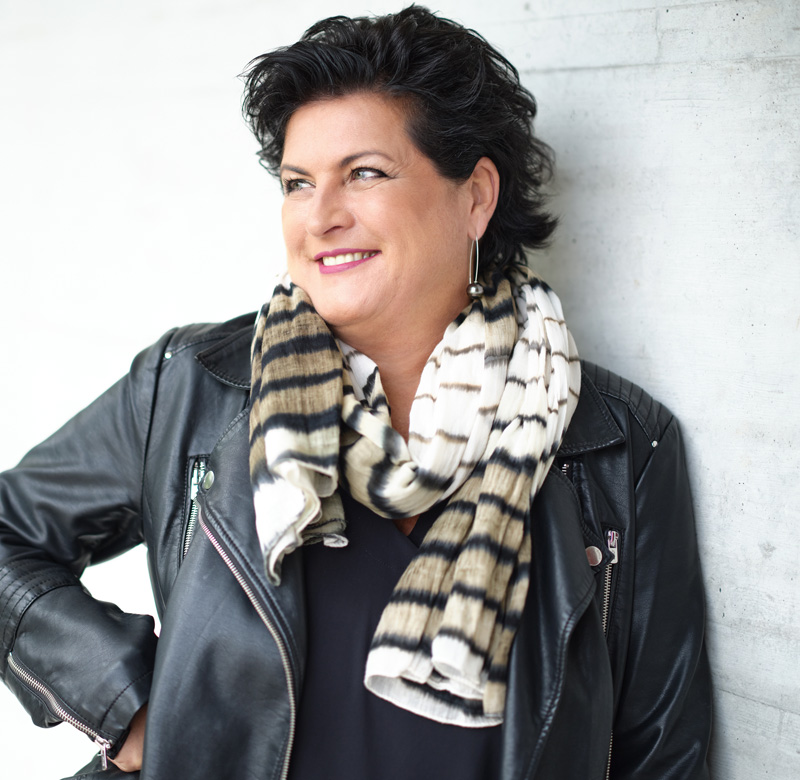
Nicole’s blog appears sporadically and brings you useful tips for your personal feel-good world, the latest products and interesting facts as well as scientific information from the day-to-day work of an interior designer.
Would you like to receive the latest blog? Then follow us on our social media channels.
Nicole Gottschall
Head of Design GO INTERIORS
Interior architect VSI.ASAI / Owner
Written for the blog of womenbiz is the network of Female Entrepreneurs für Female Entrepreneurs
Published June 25 /
GO INTERIORS GmbH www.go-interiors.ch
https://womenbiz.ch/magazin/longevity-beginnt-in-den-eigenen-vier-waenden/
